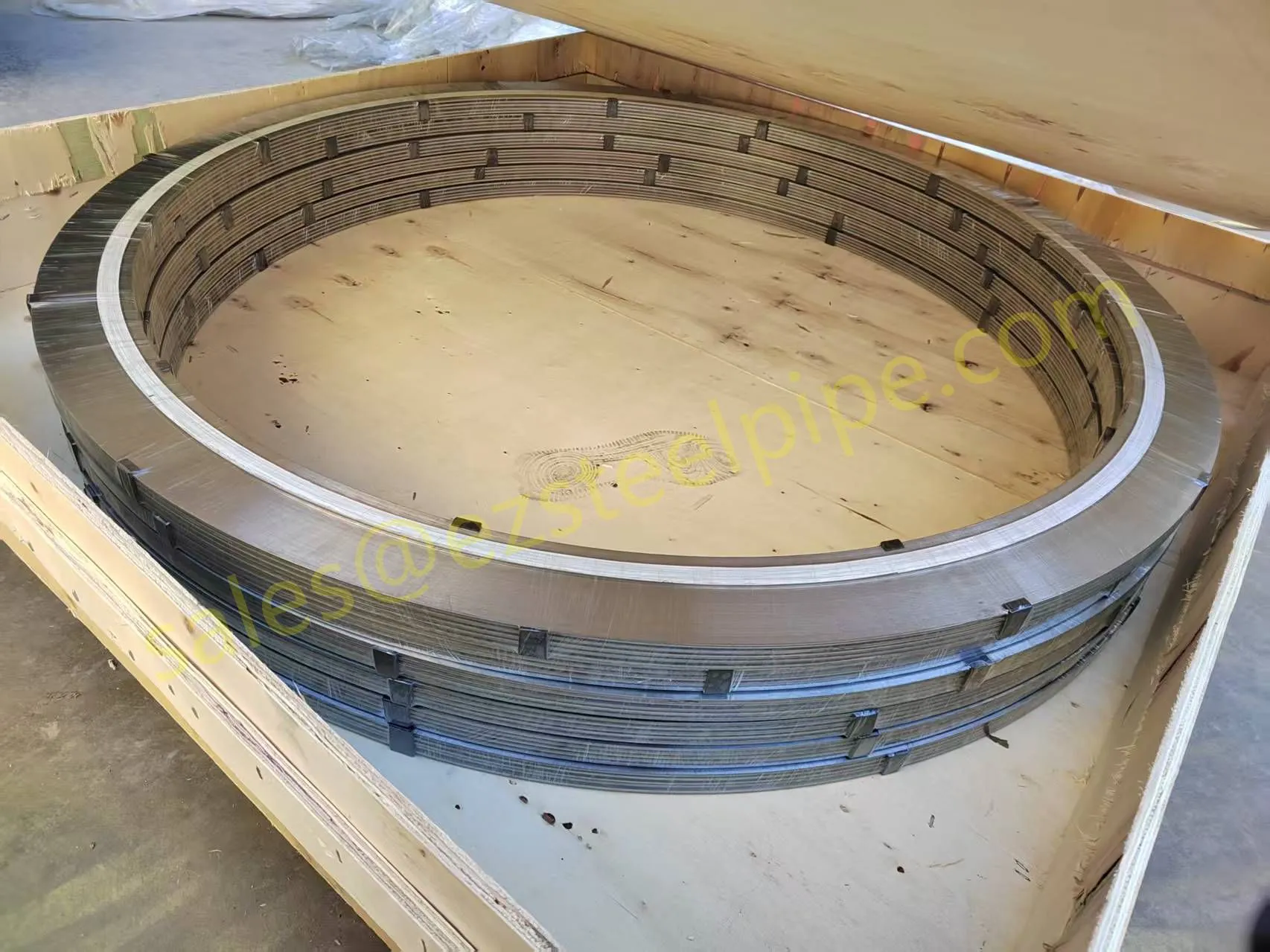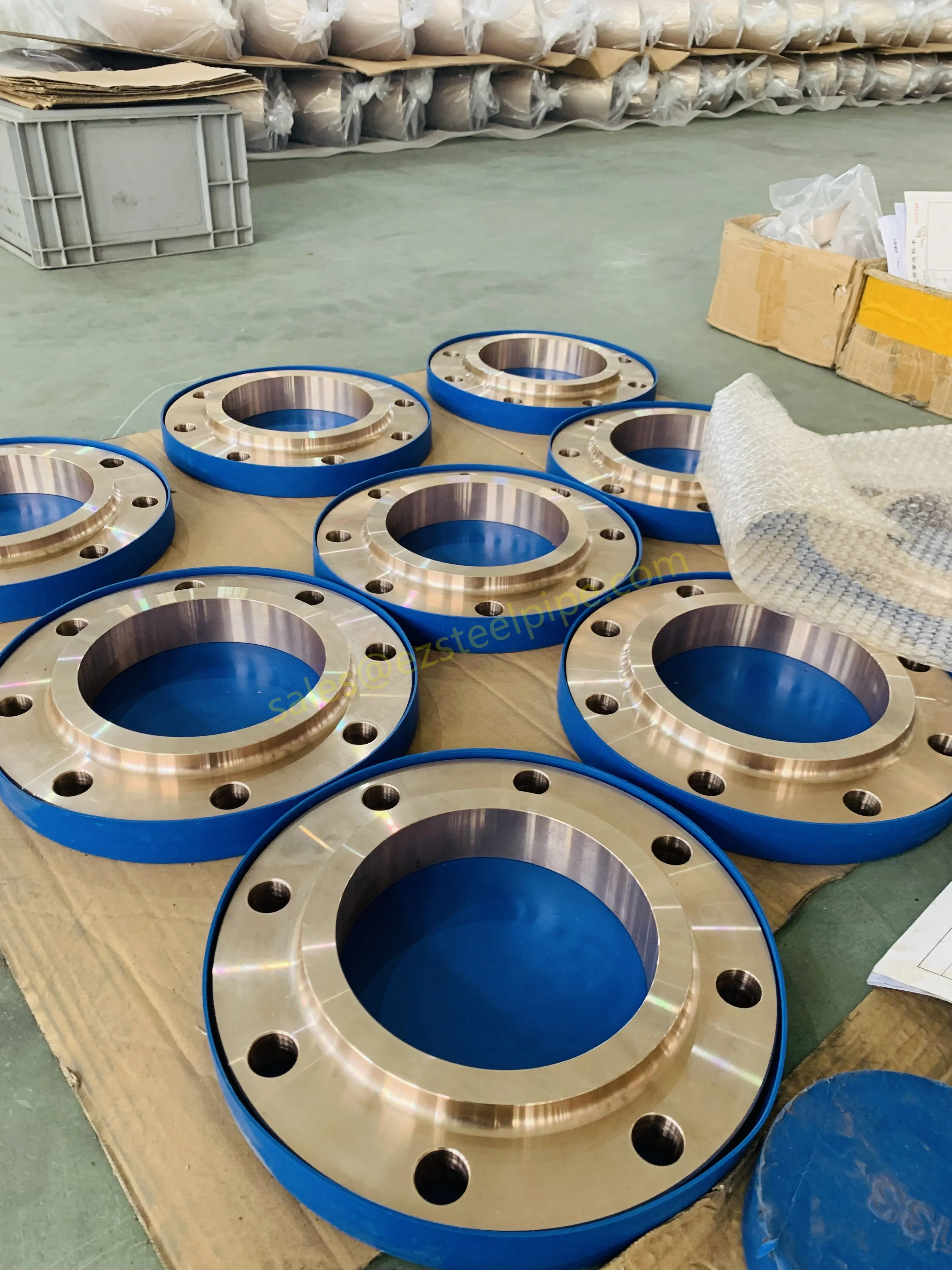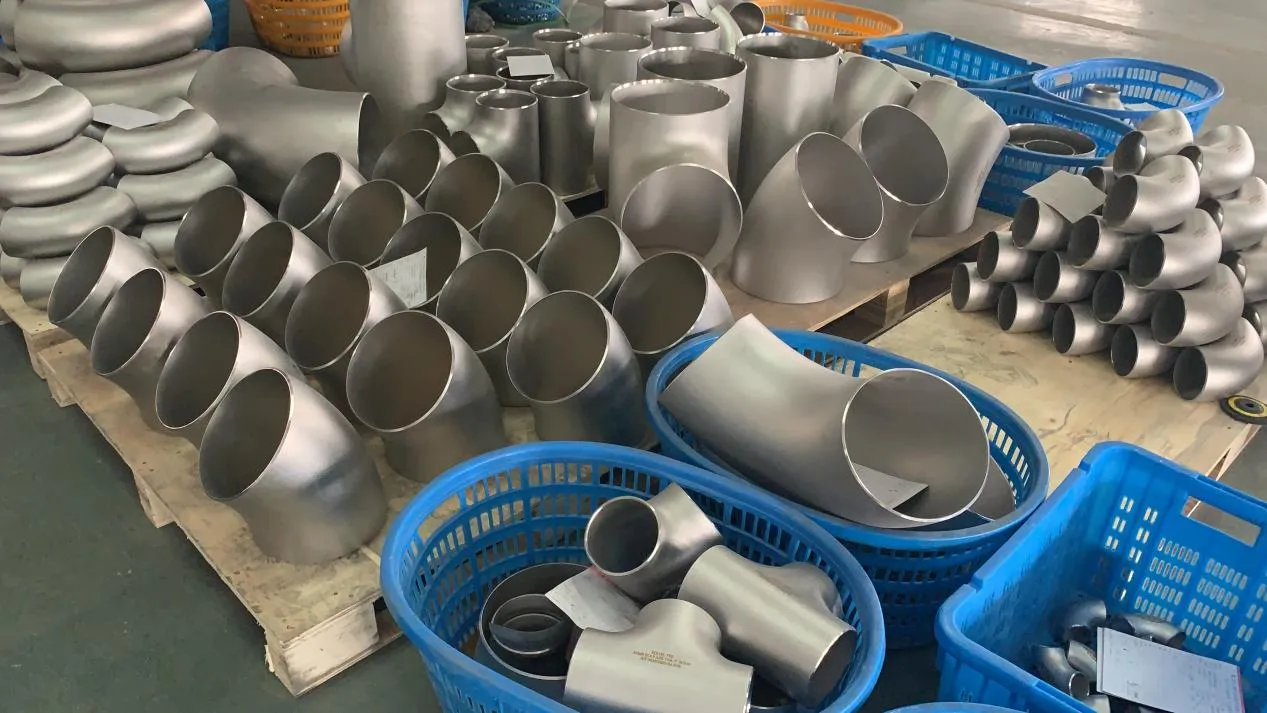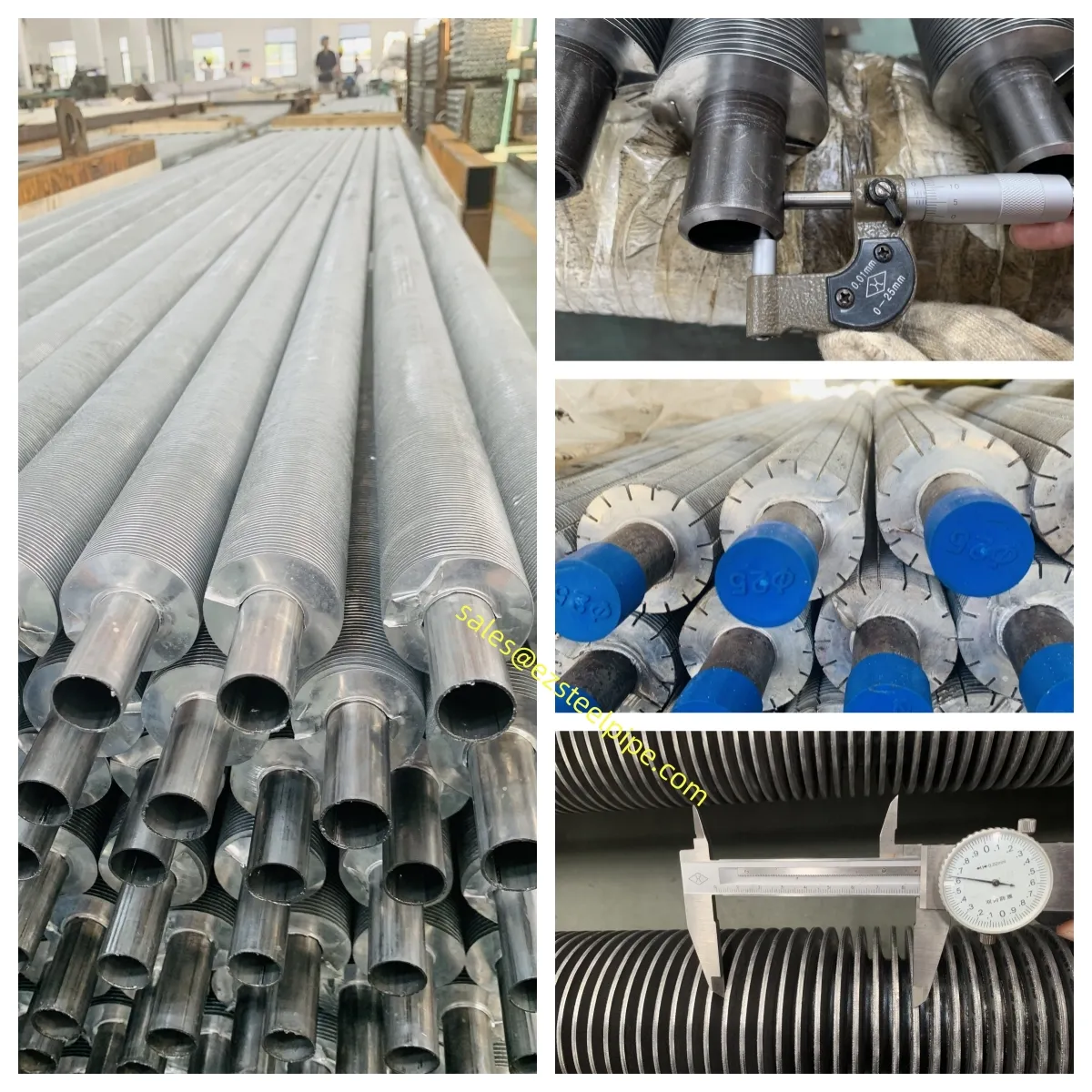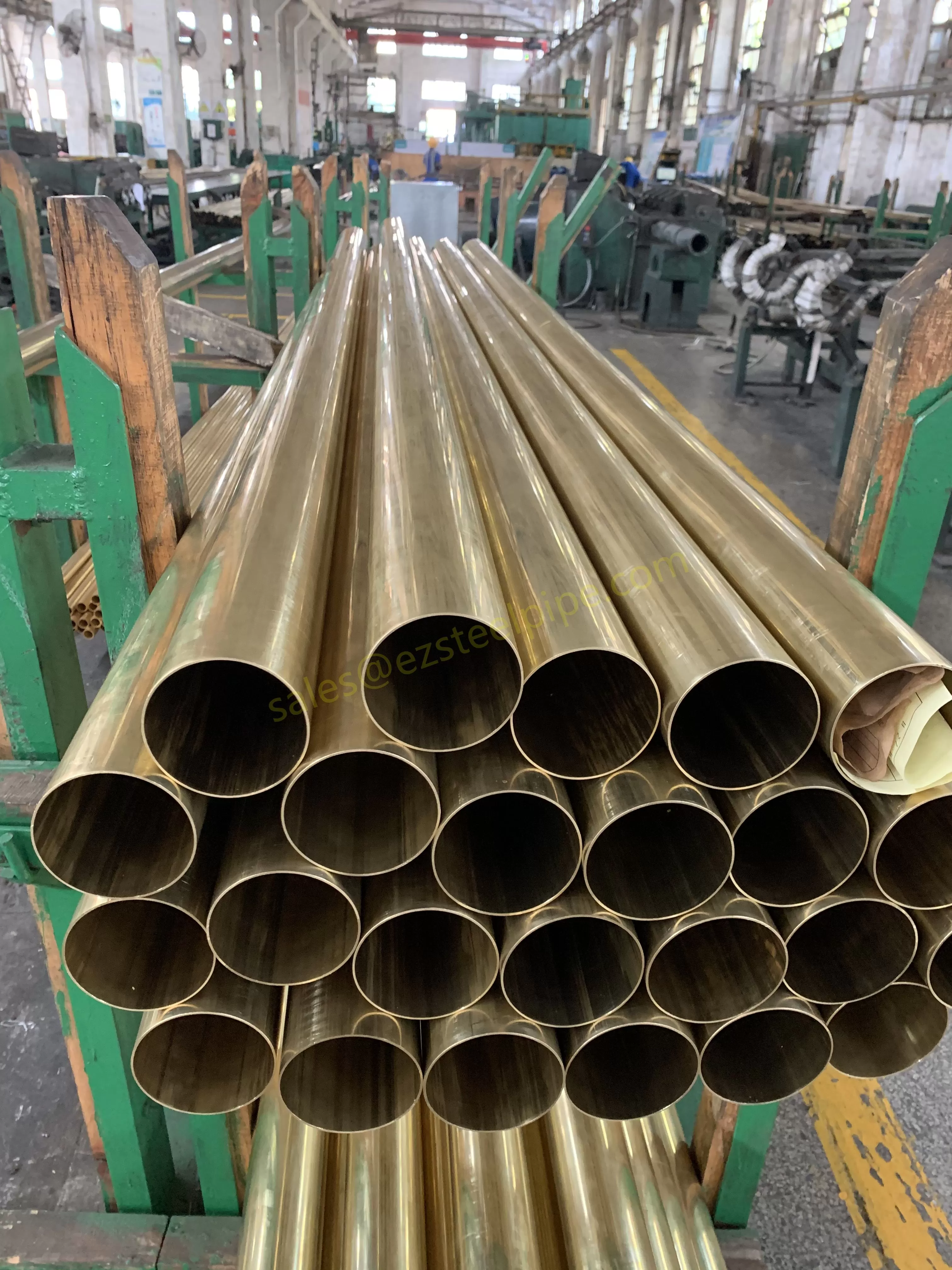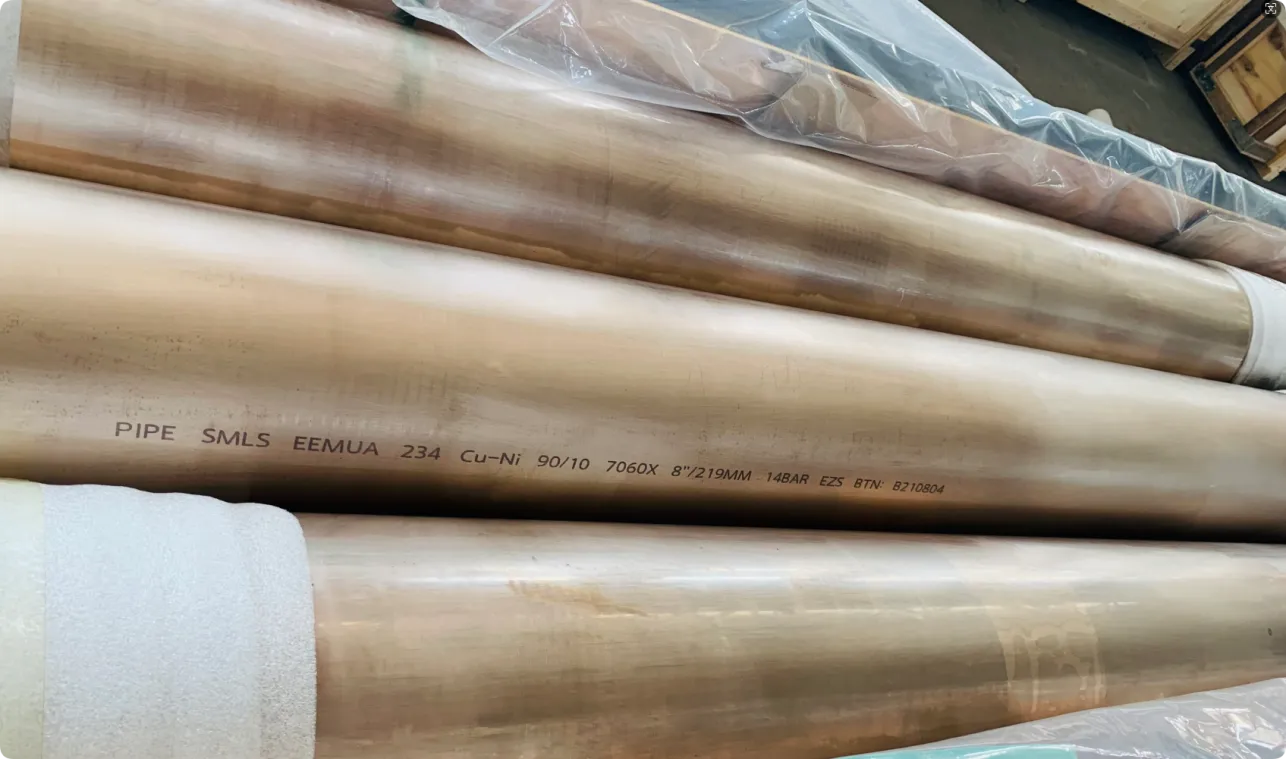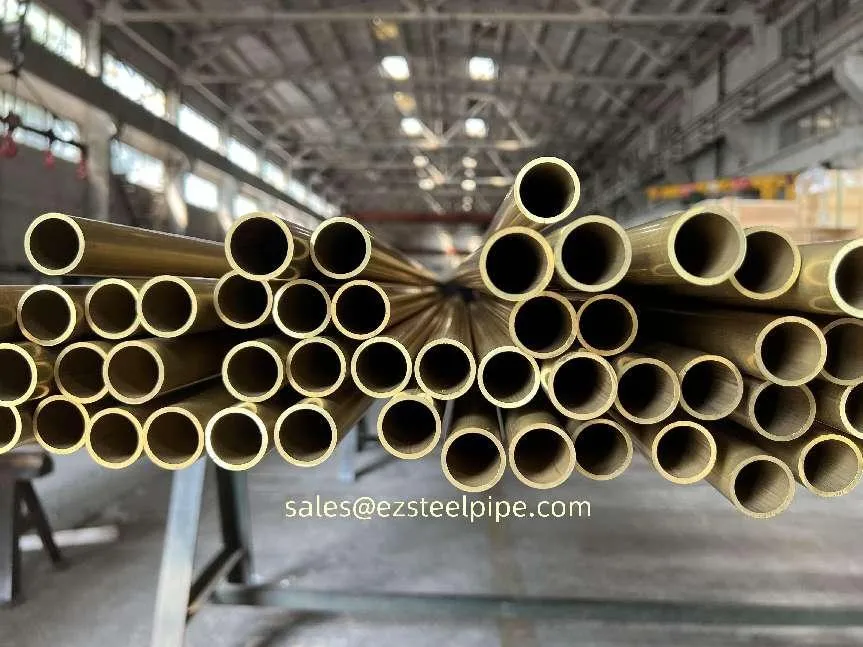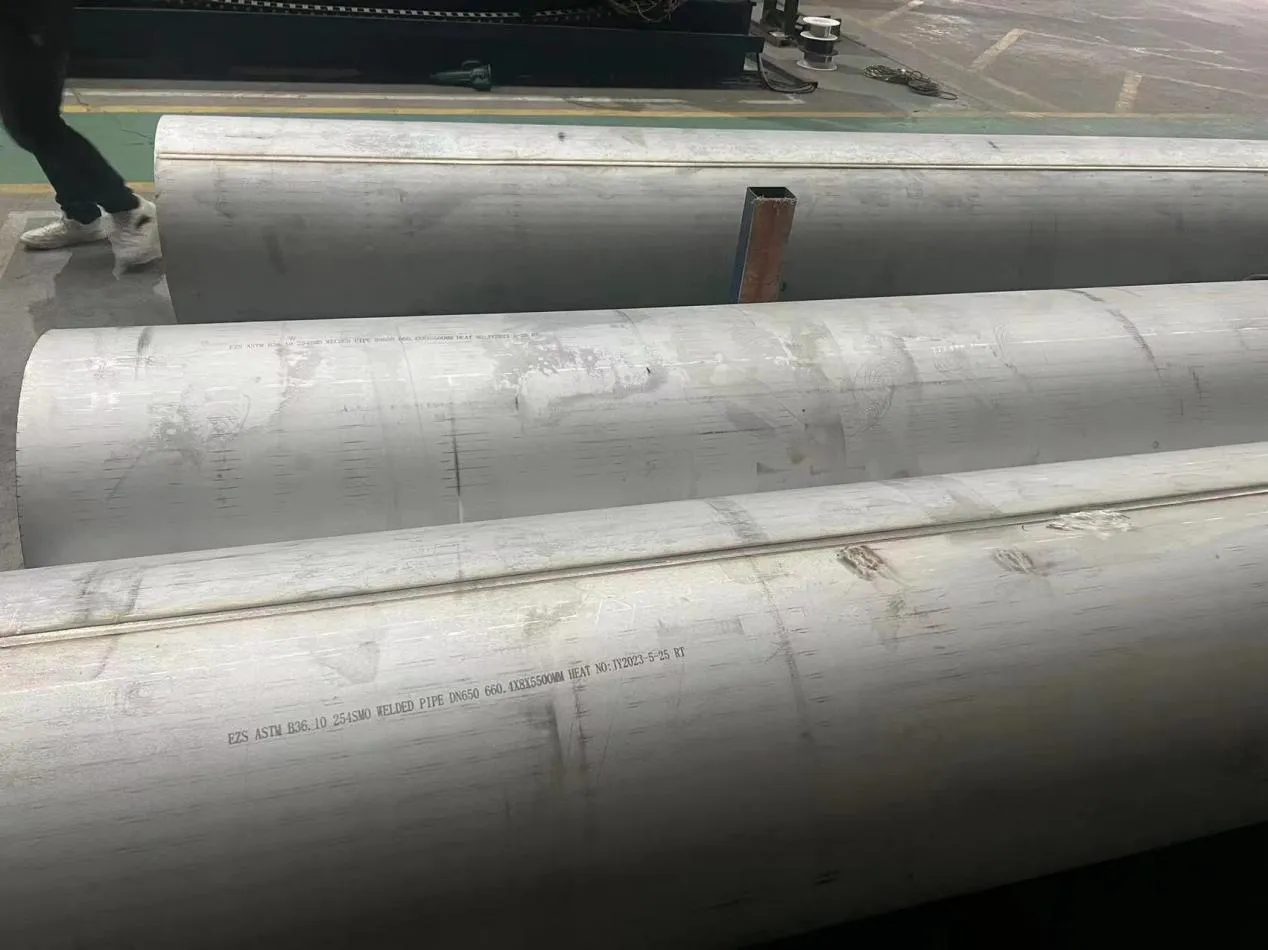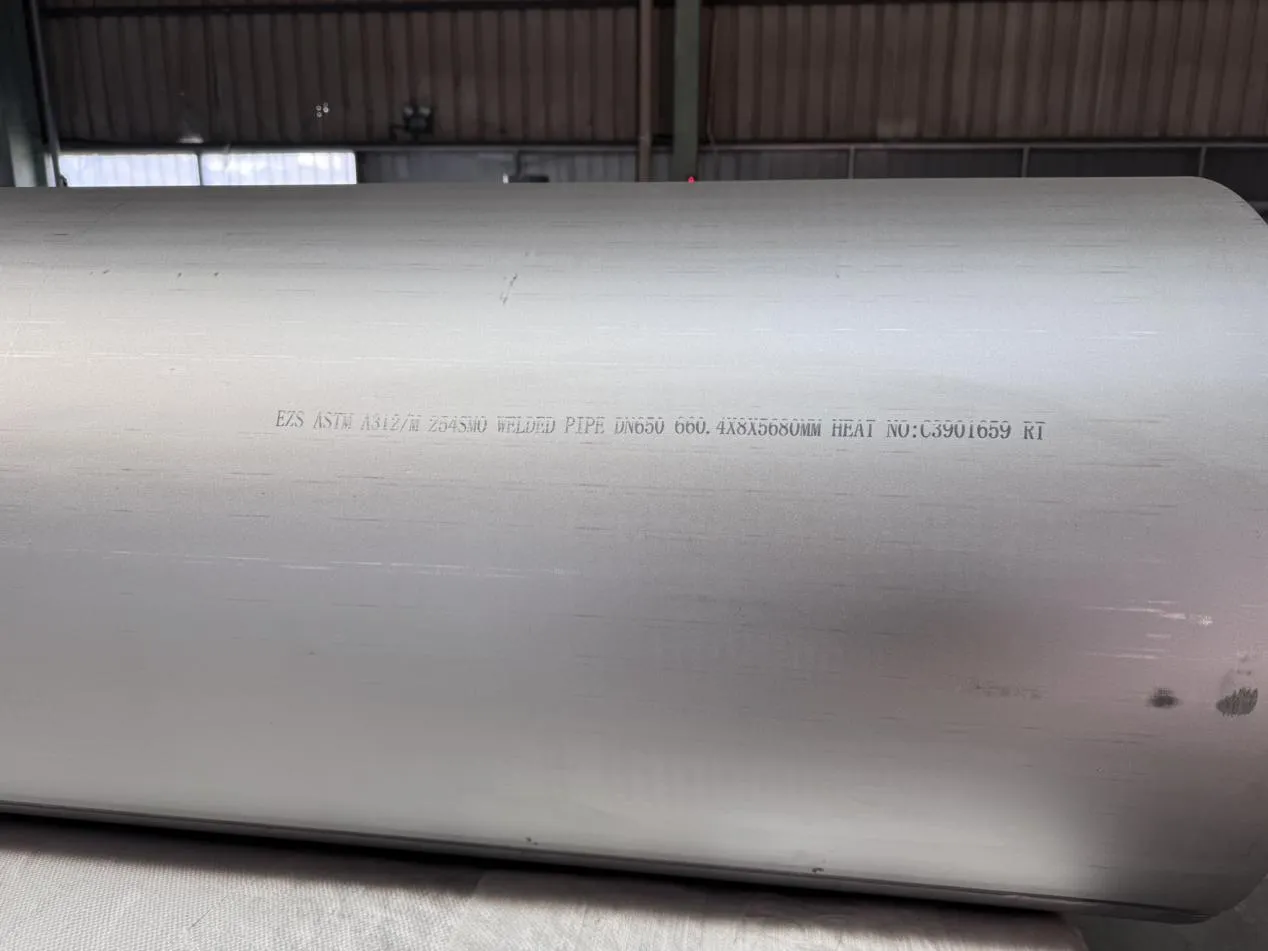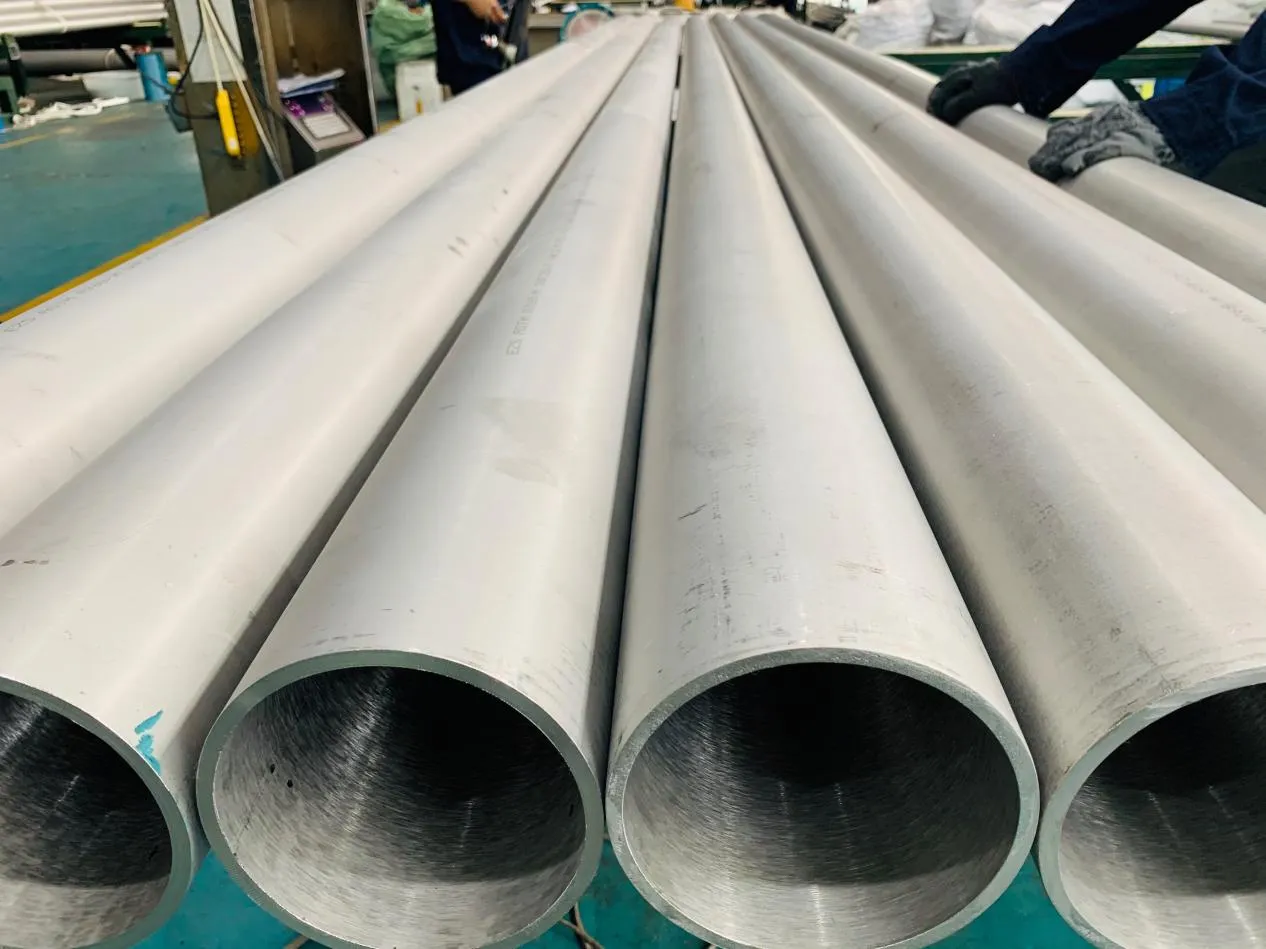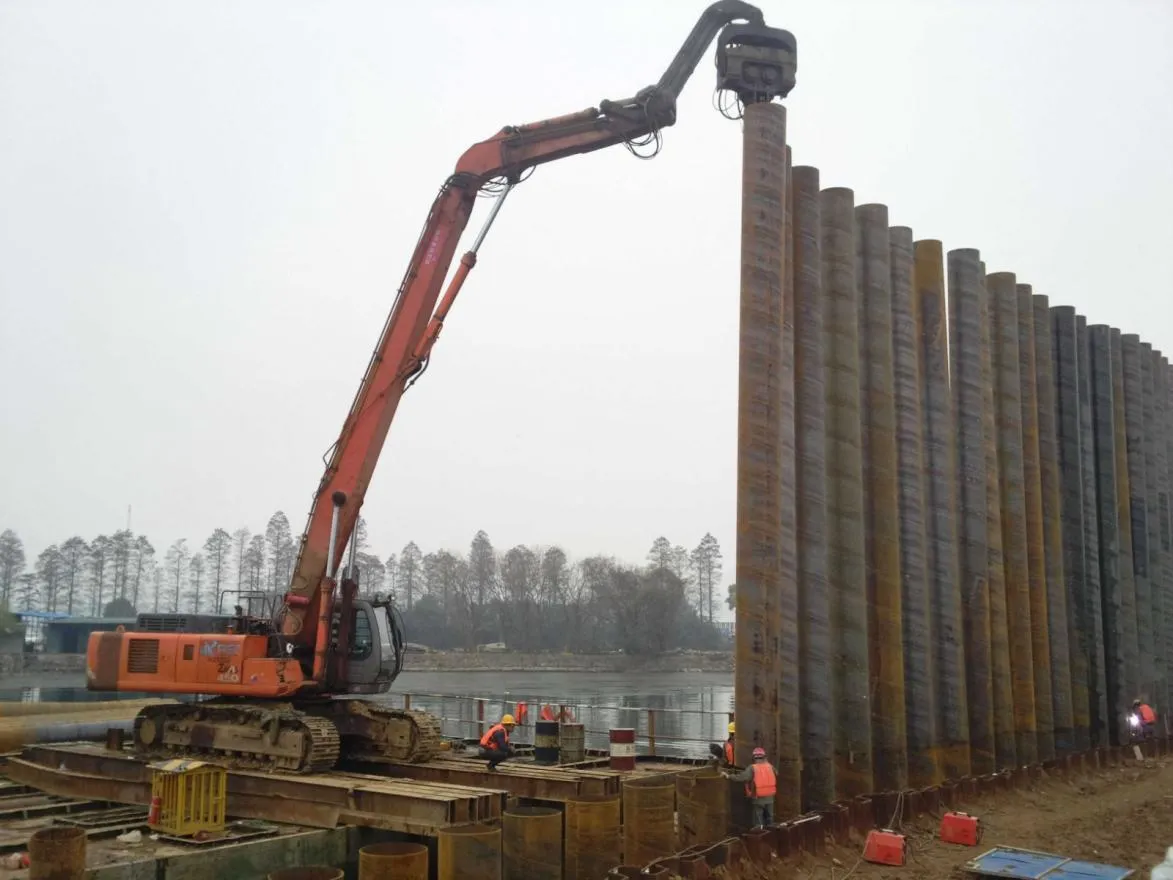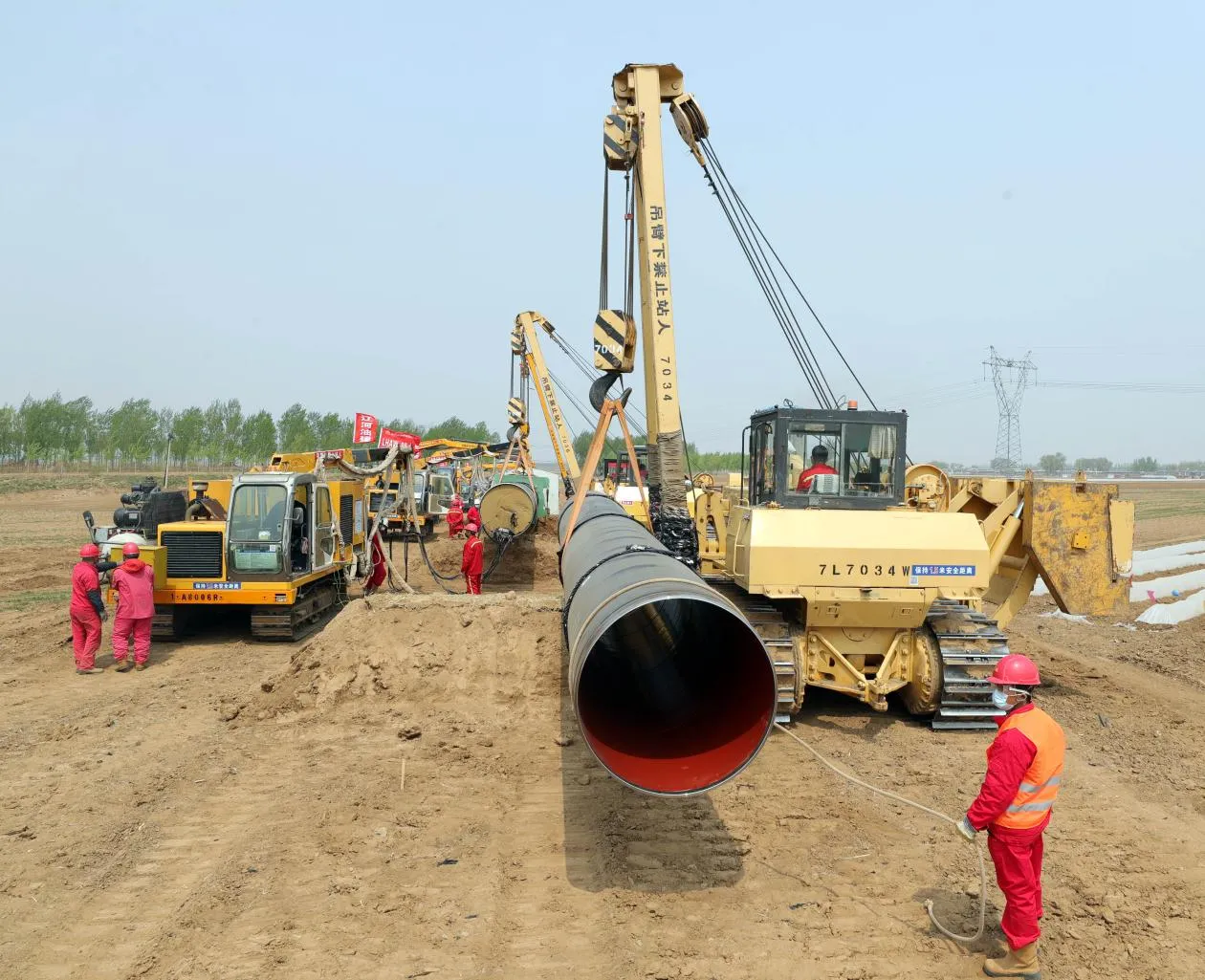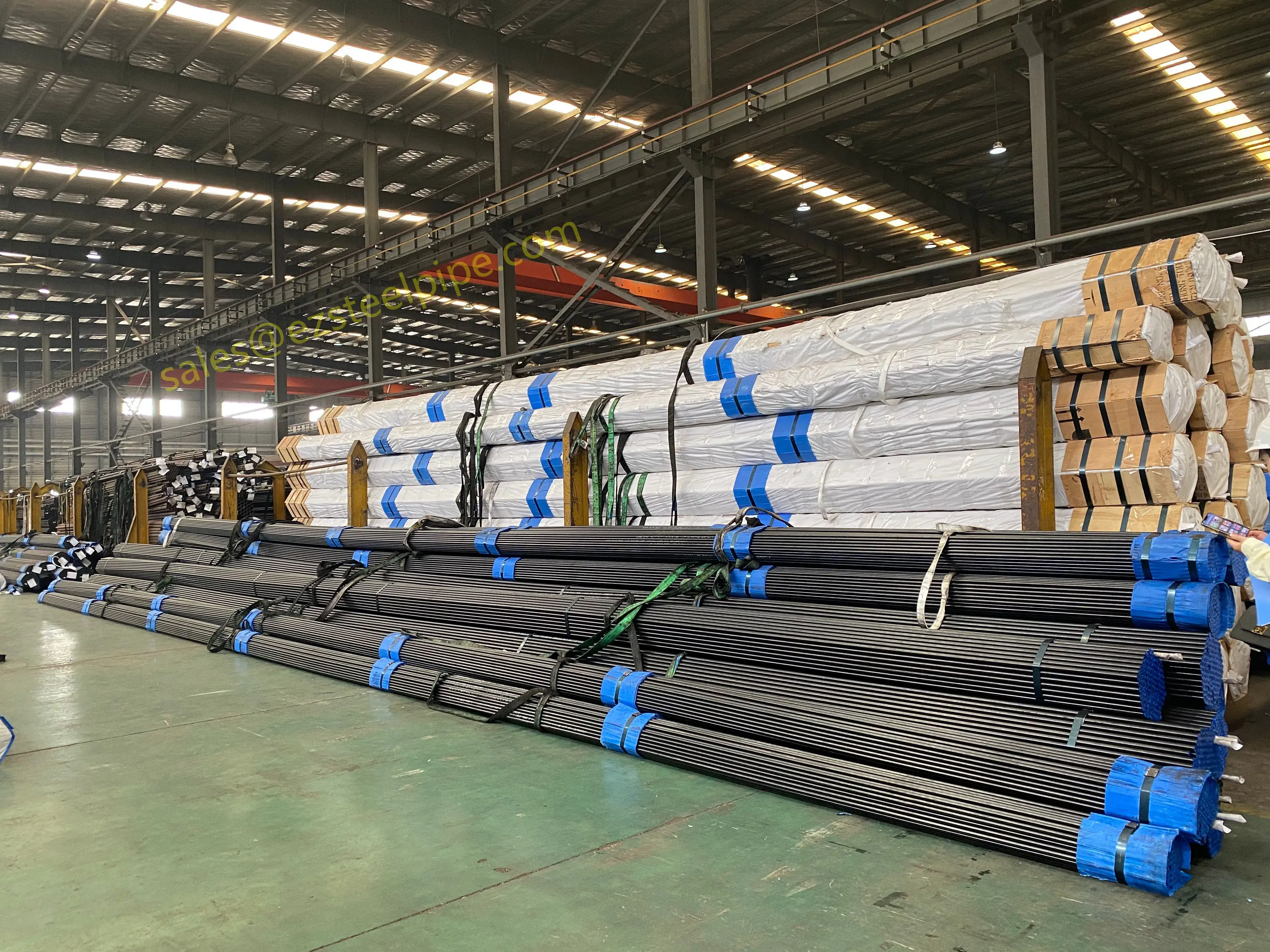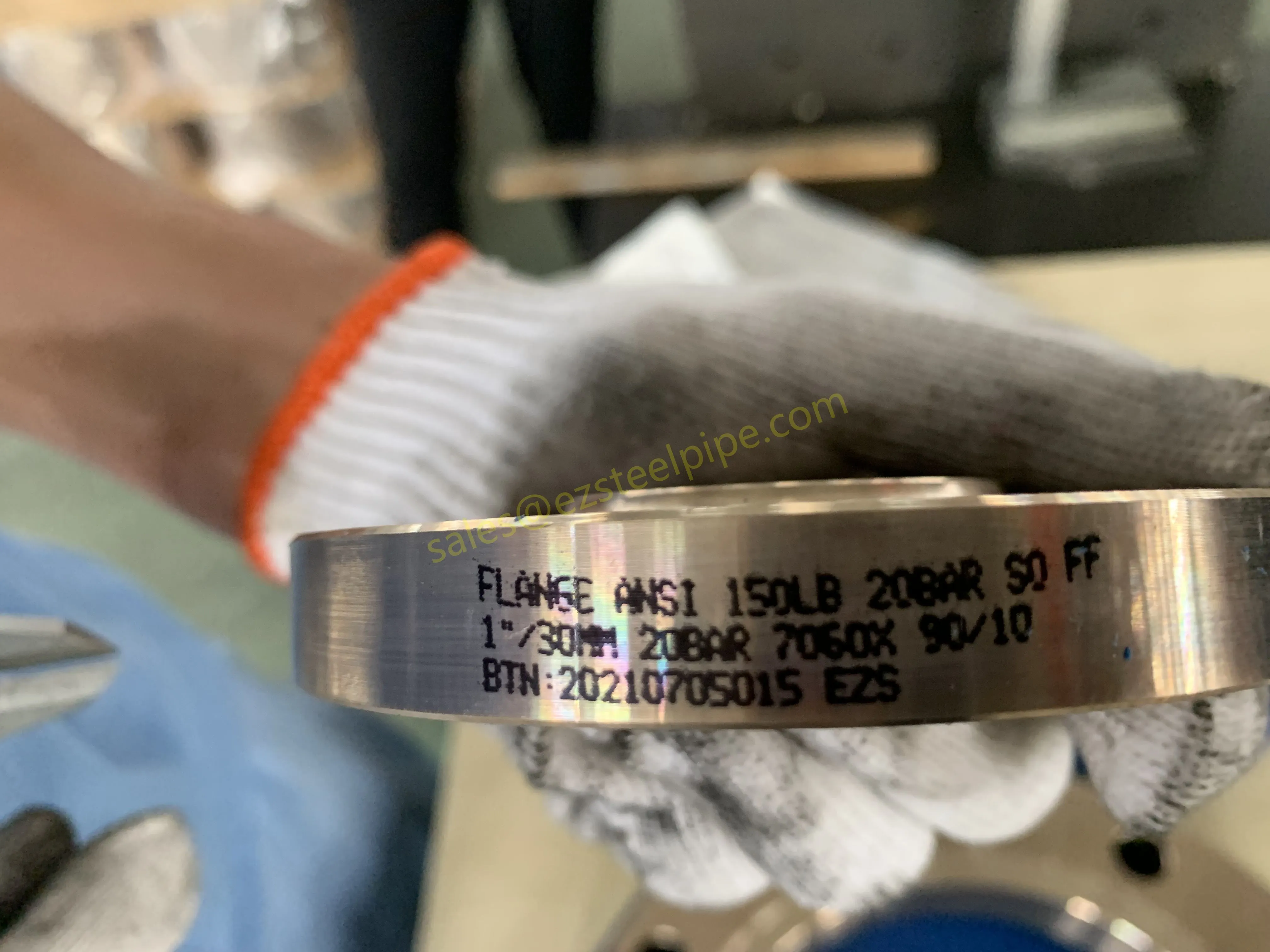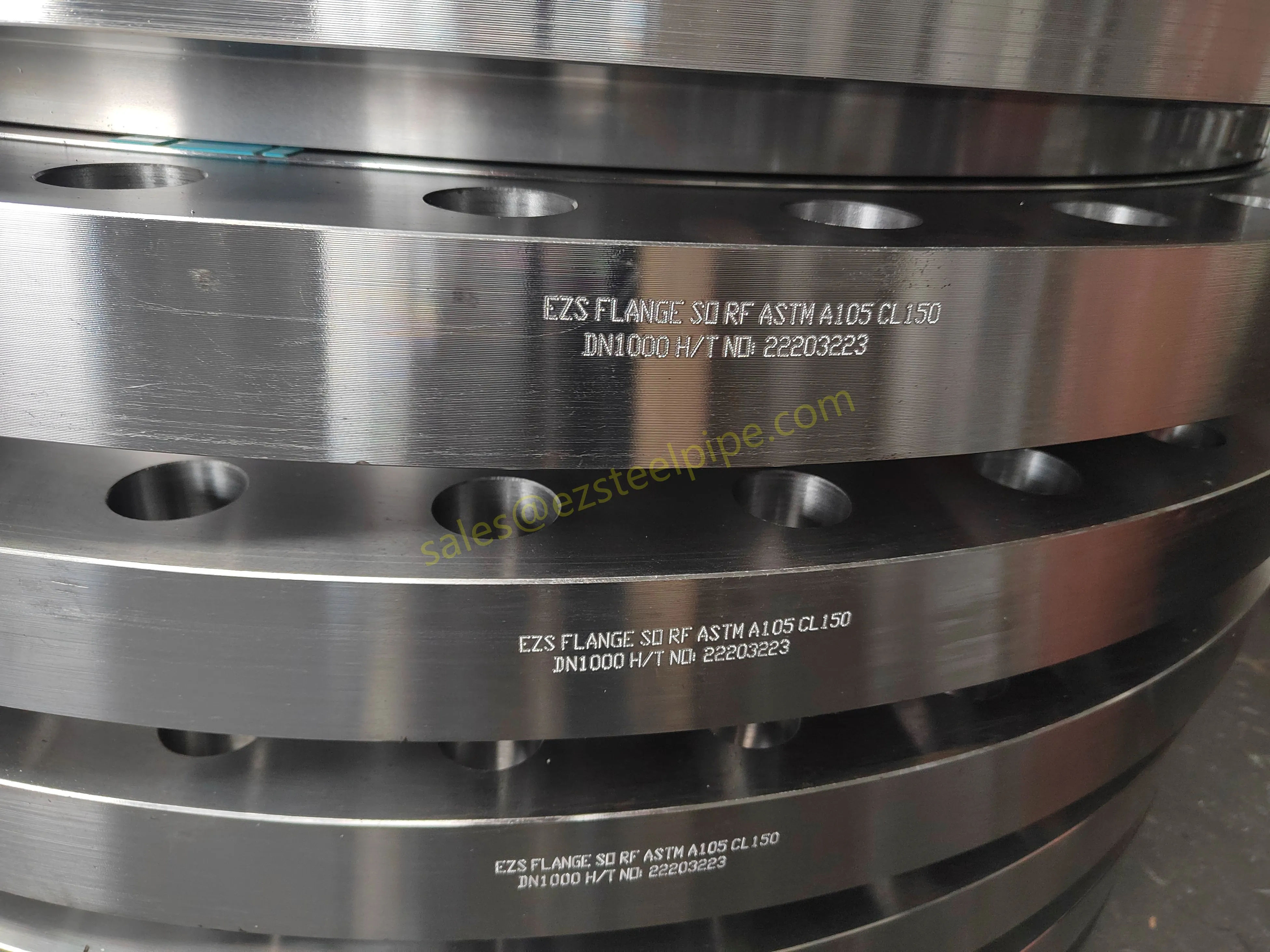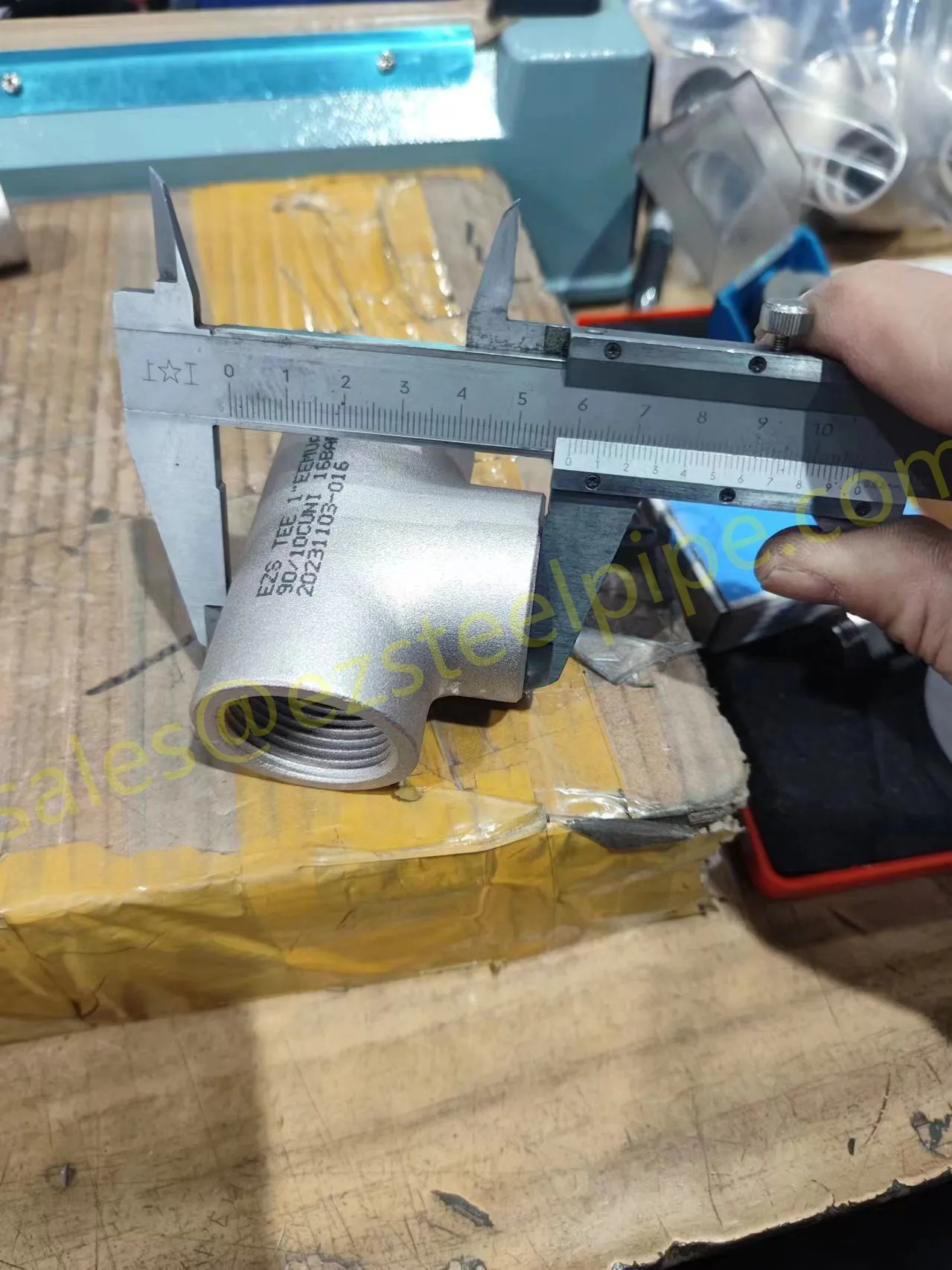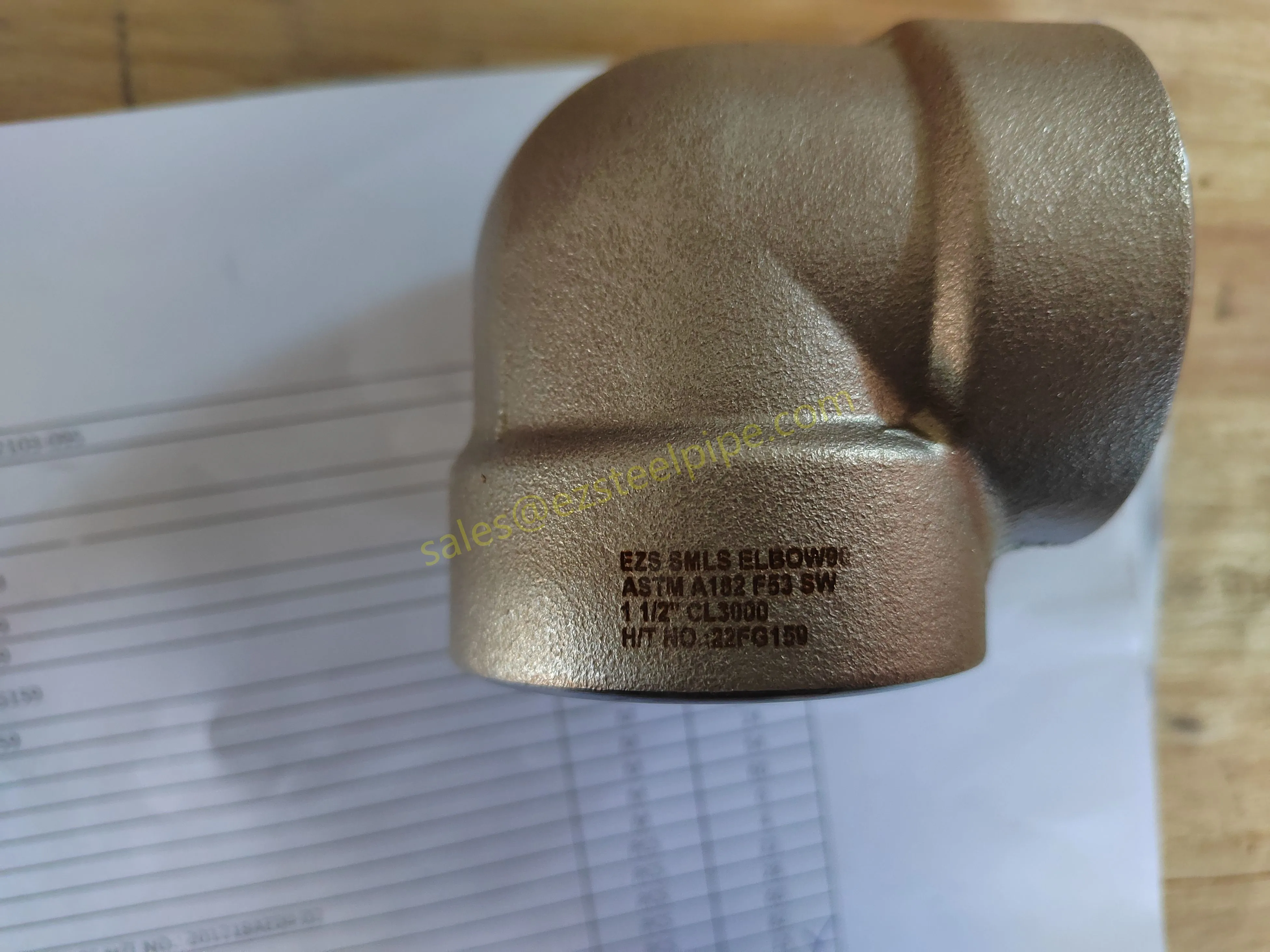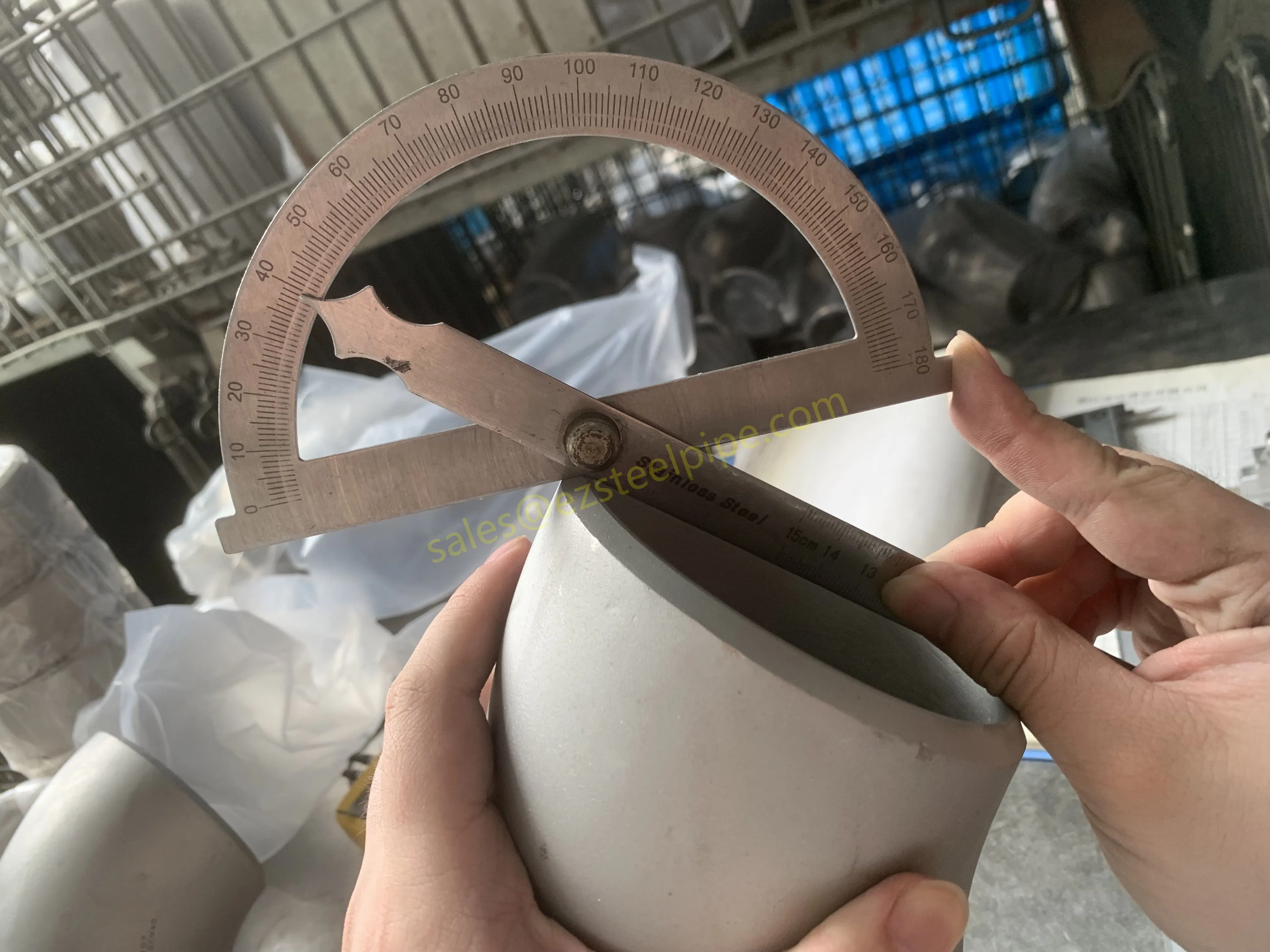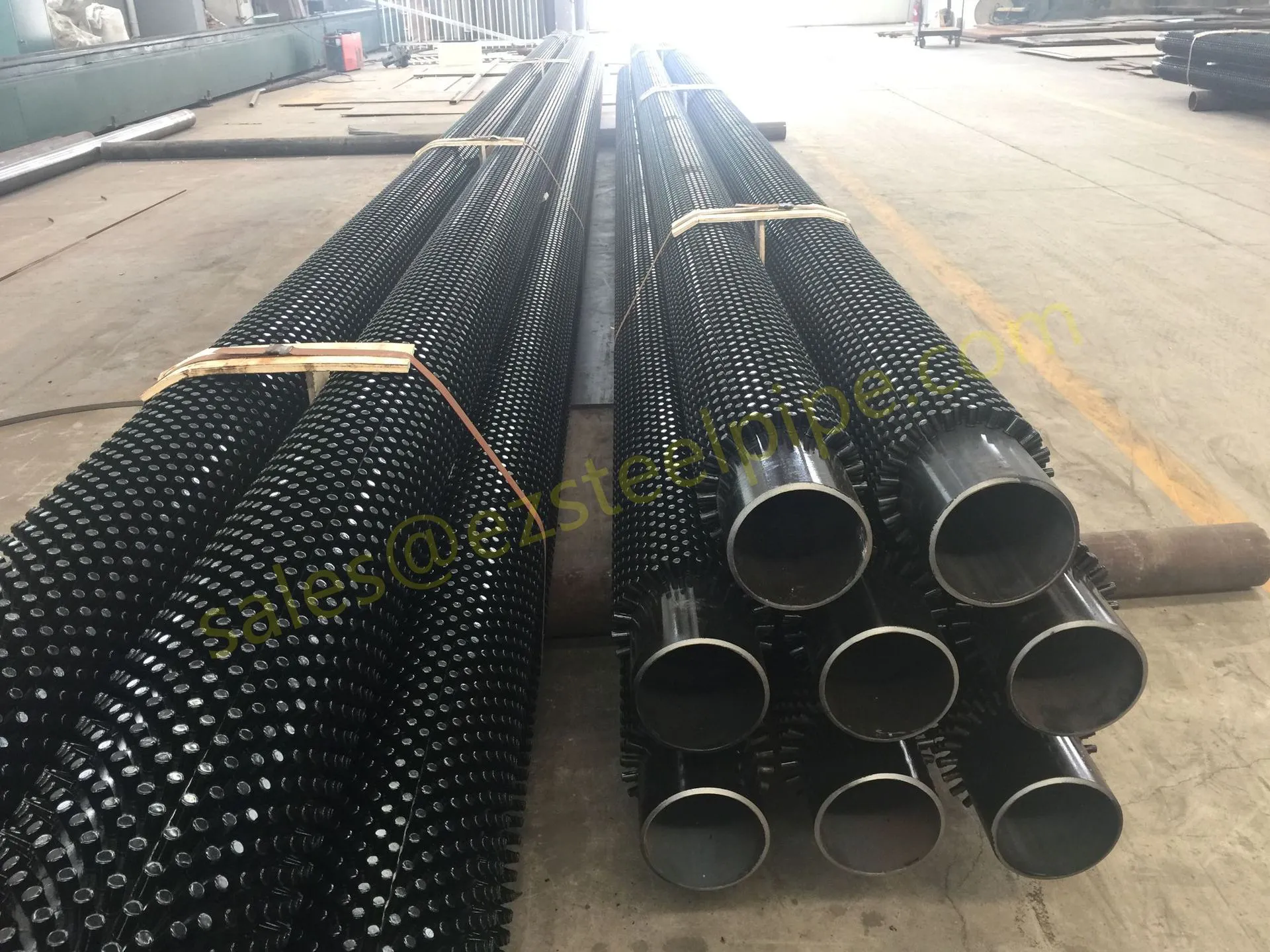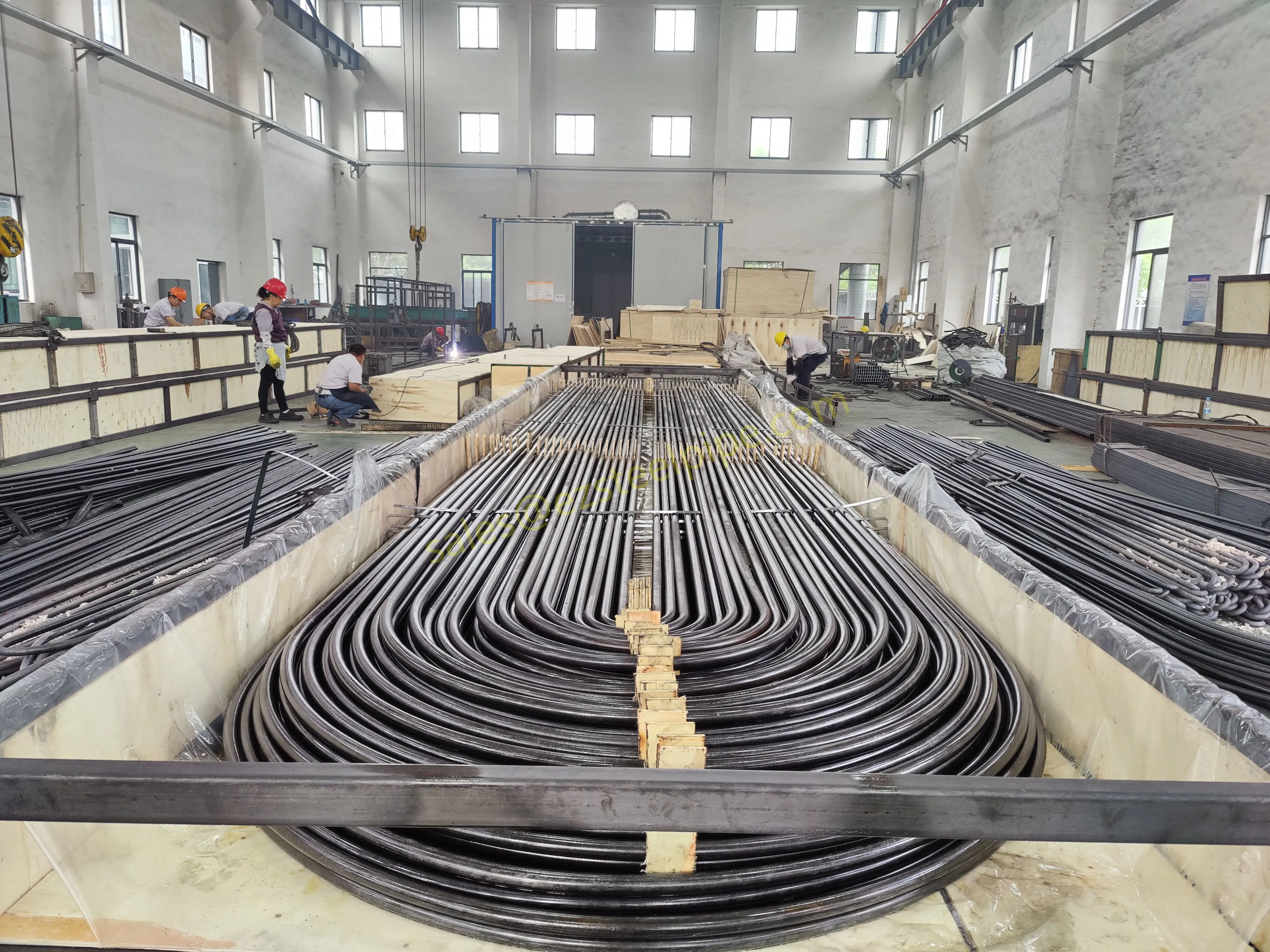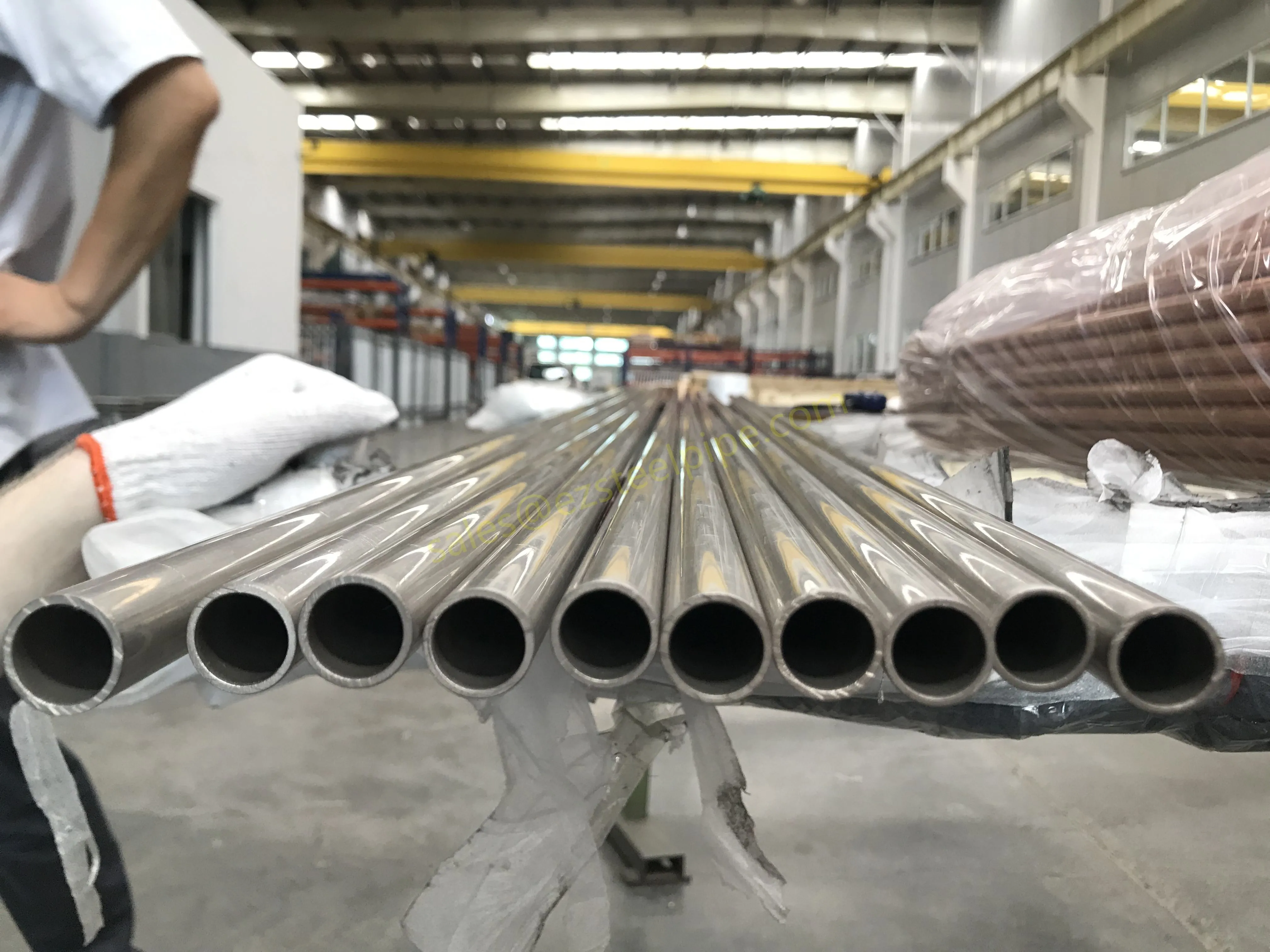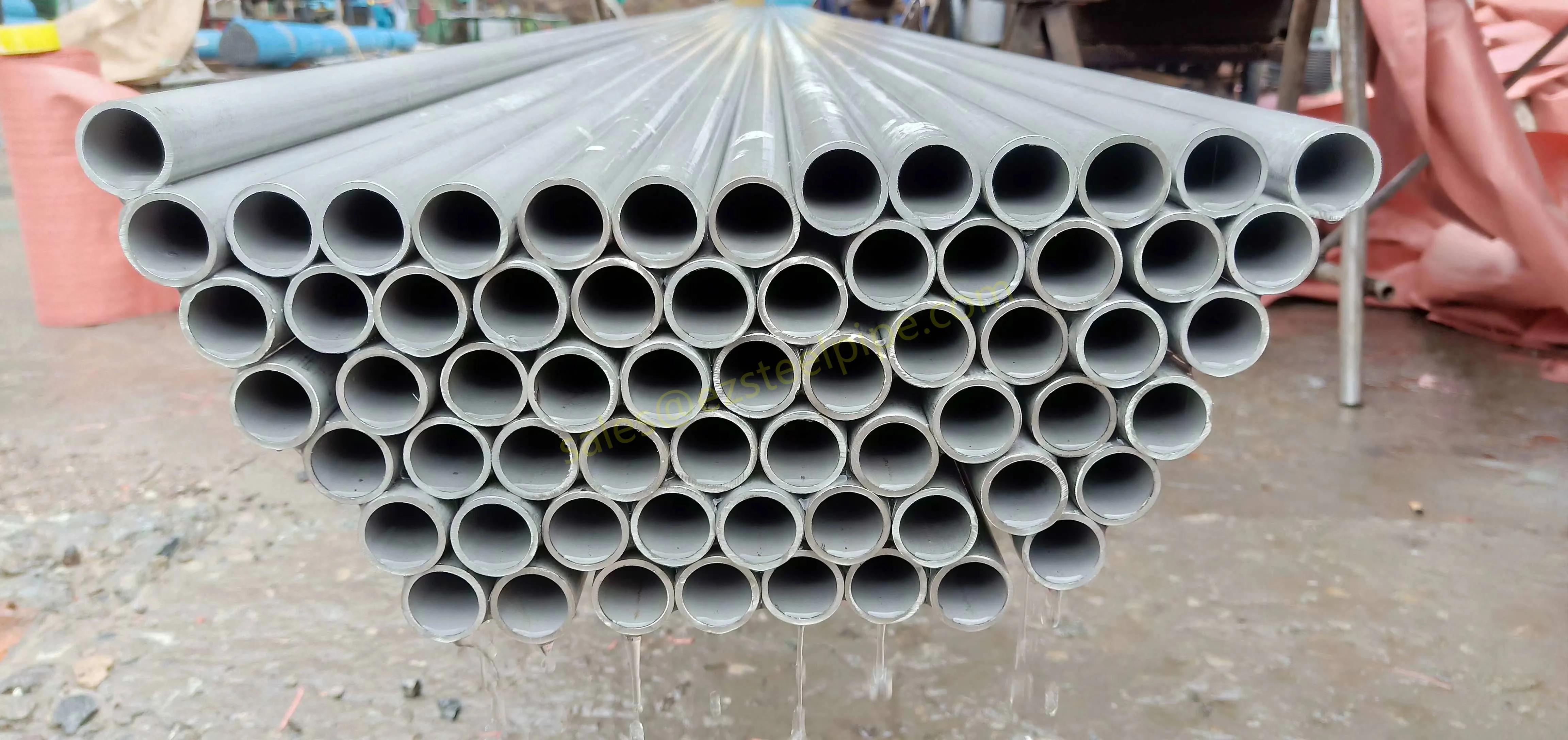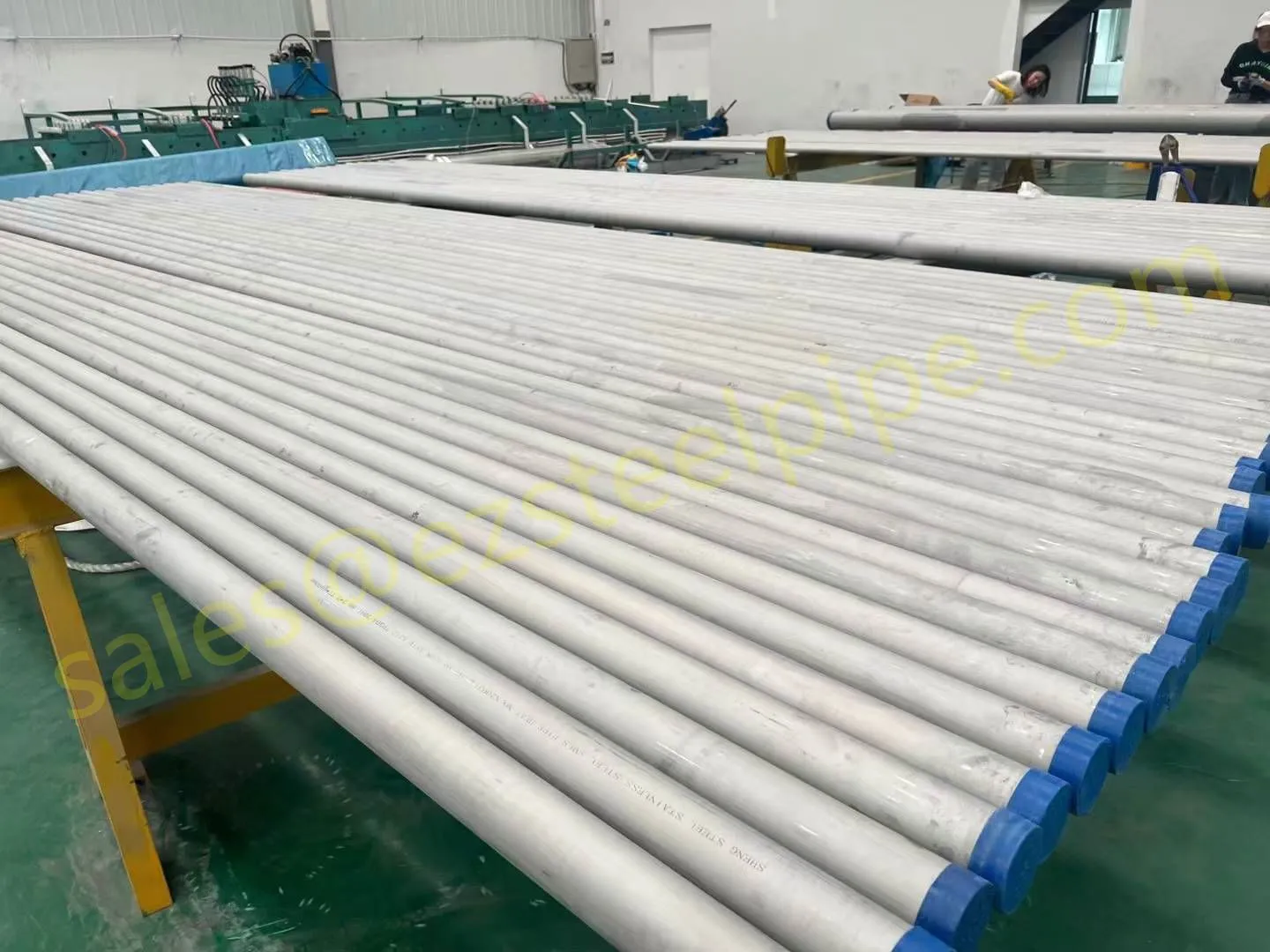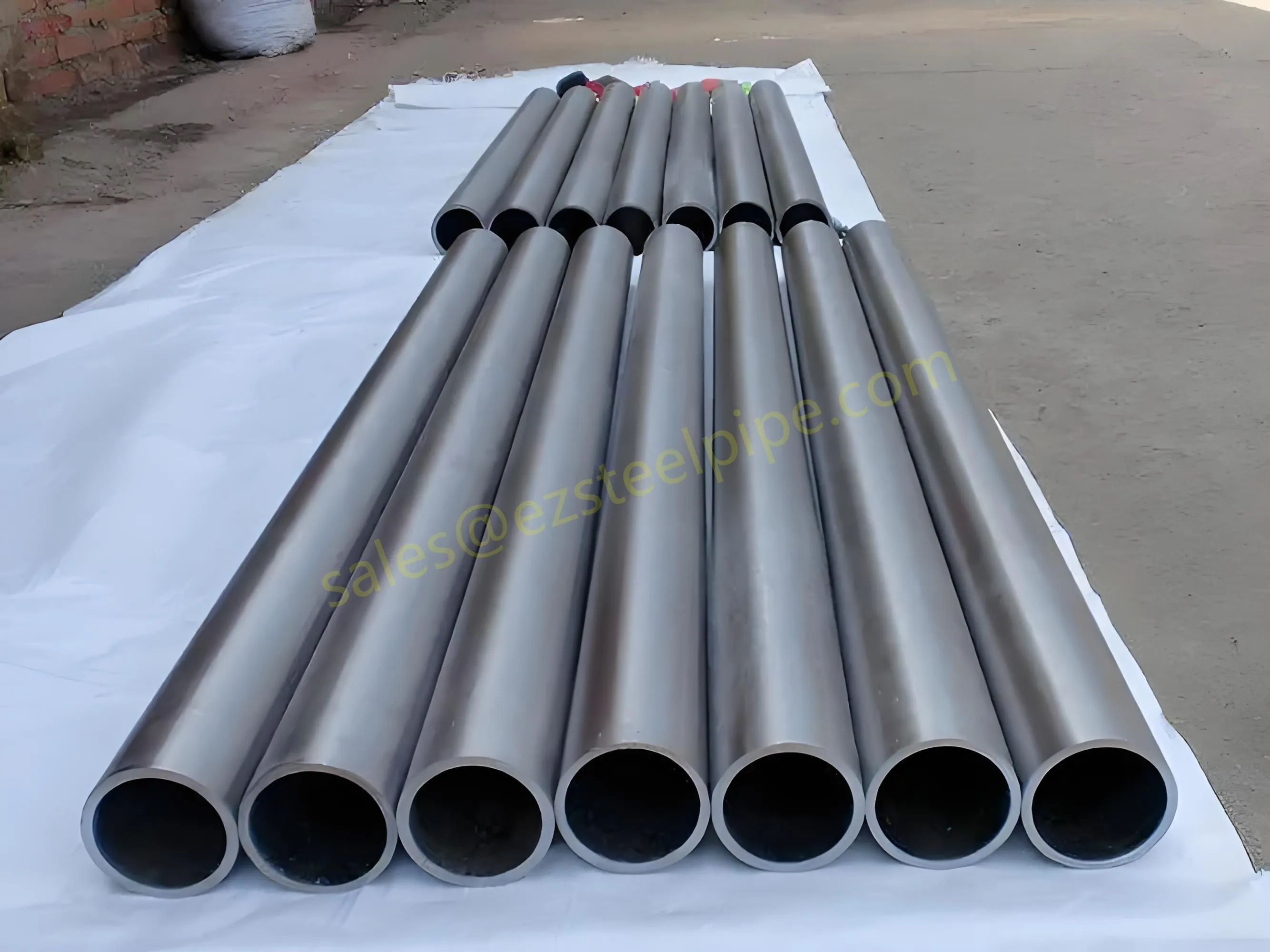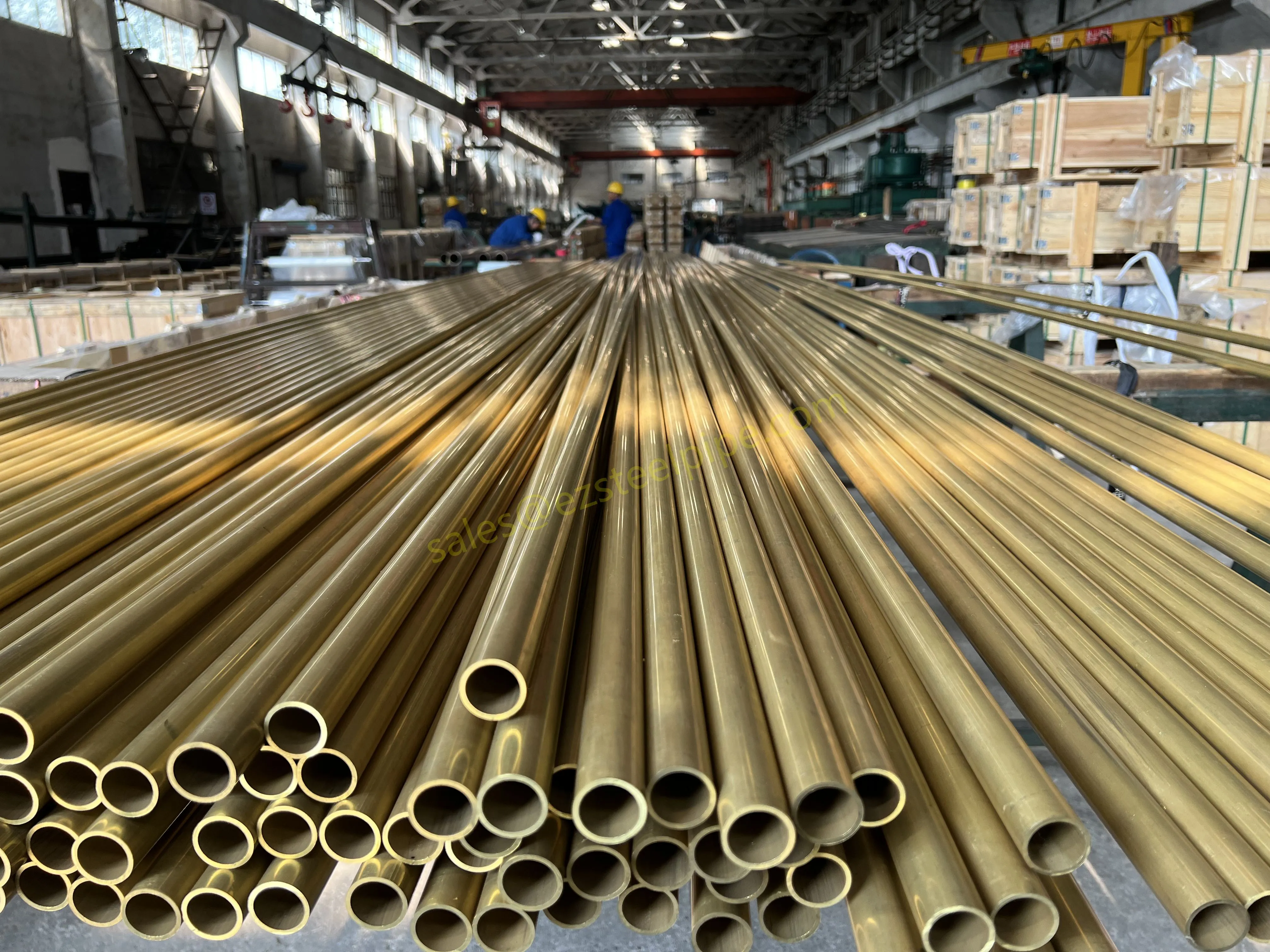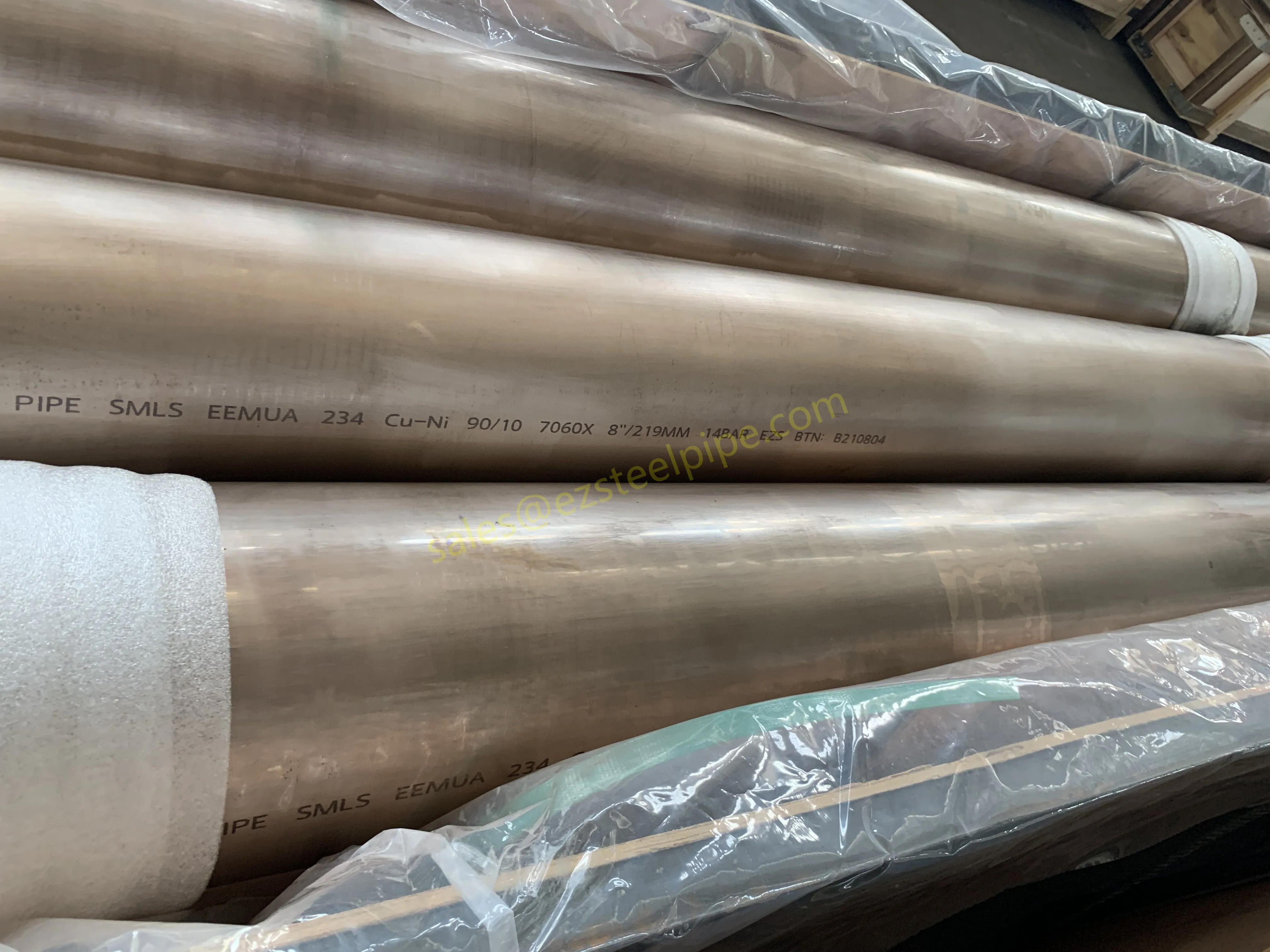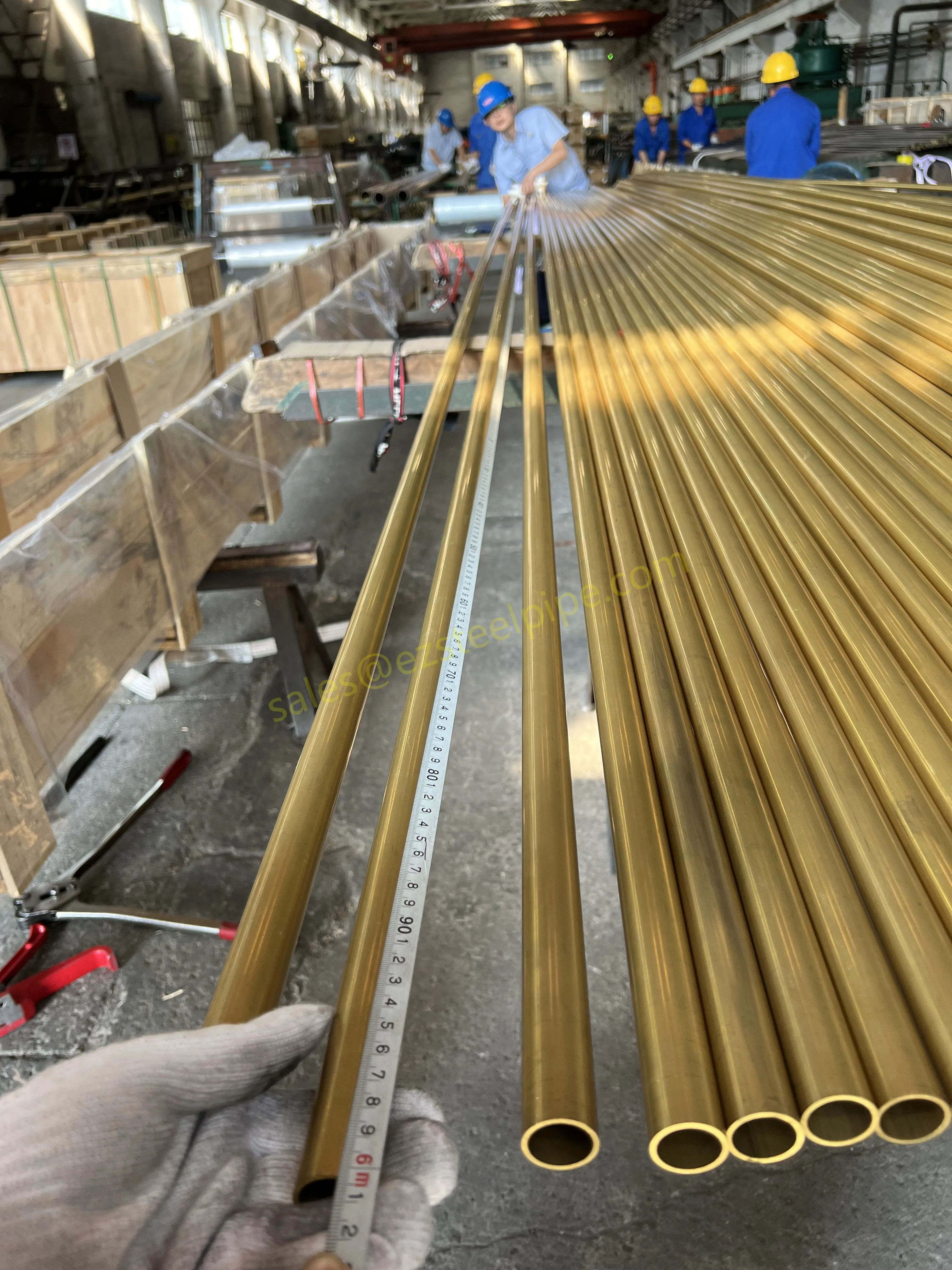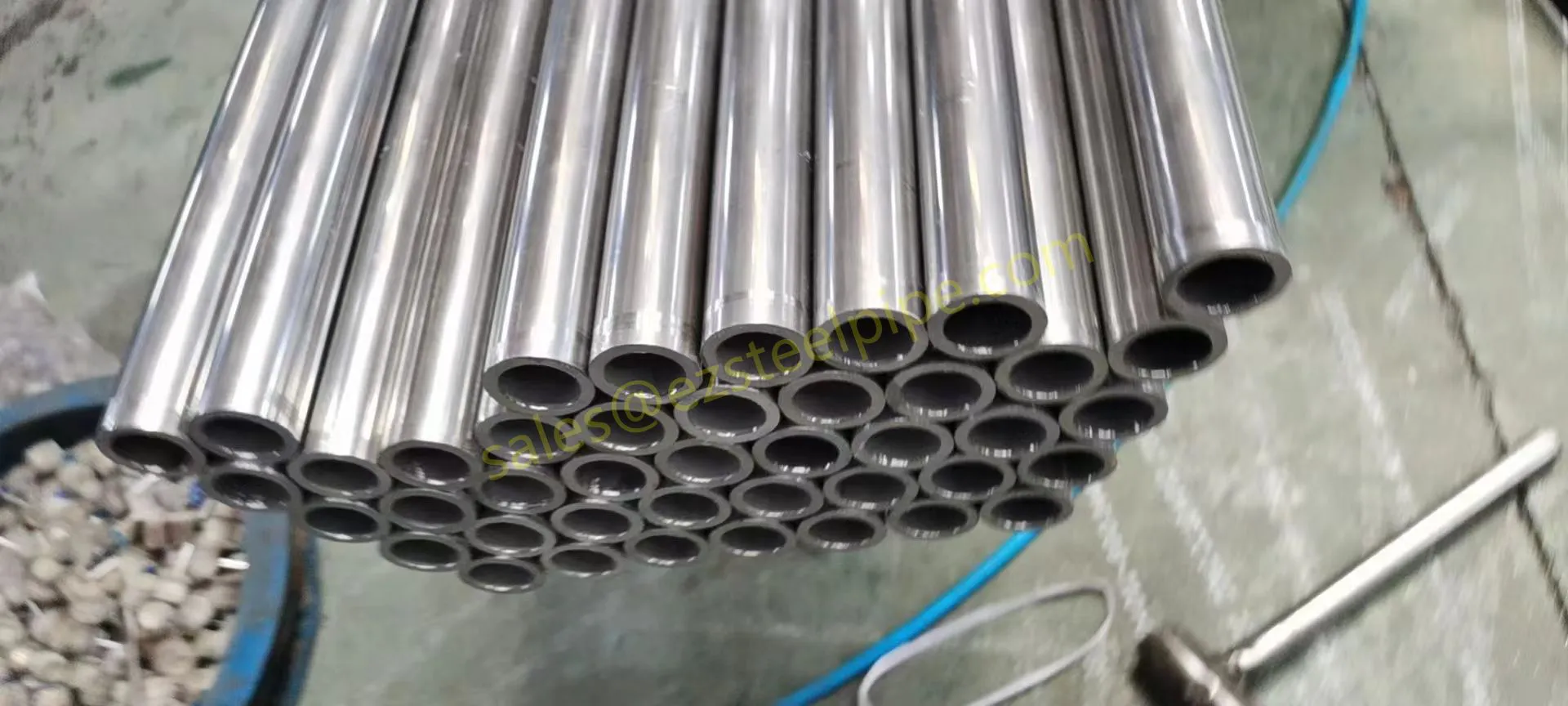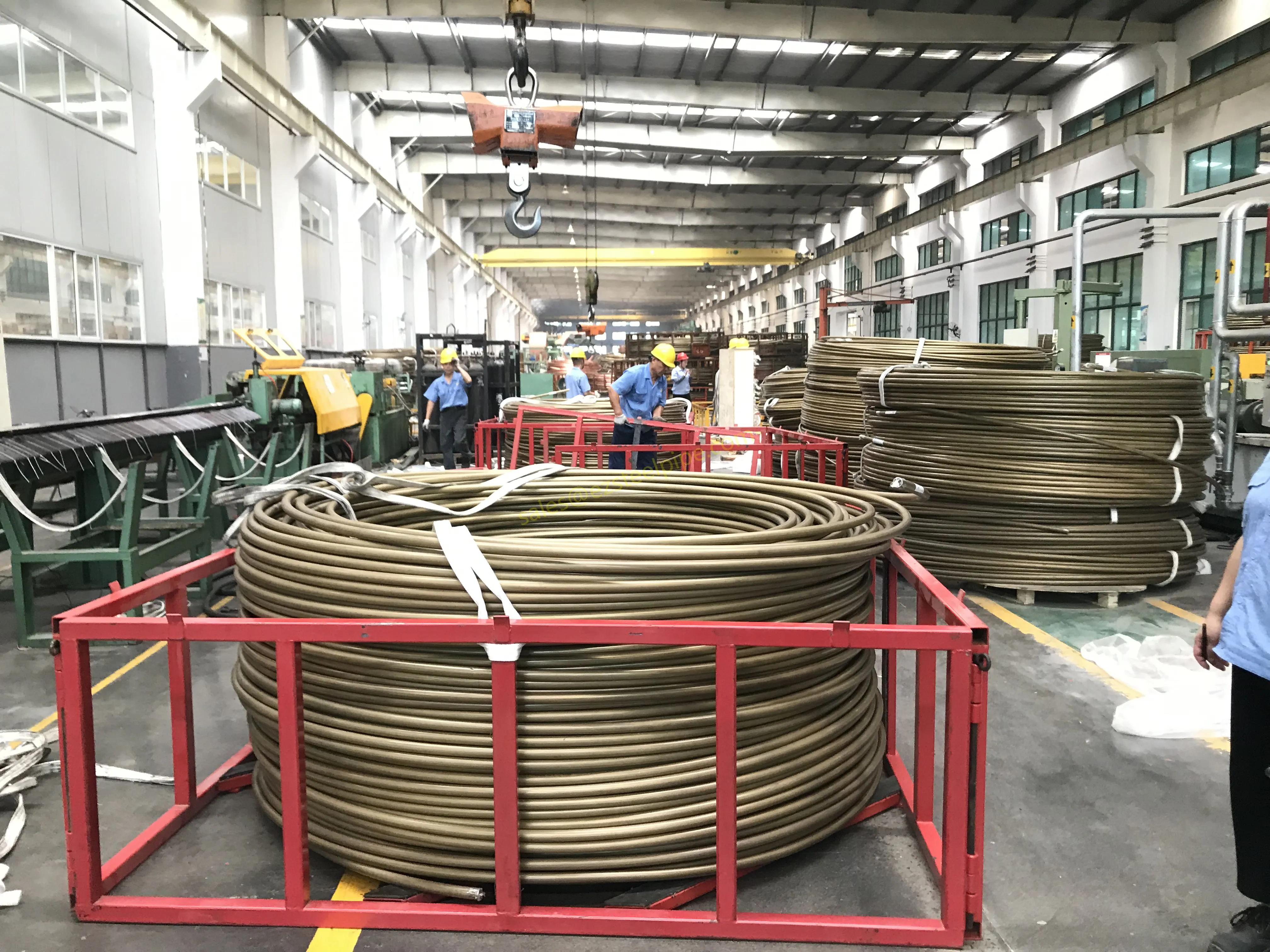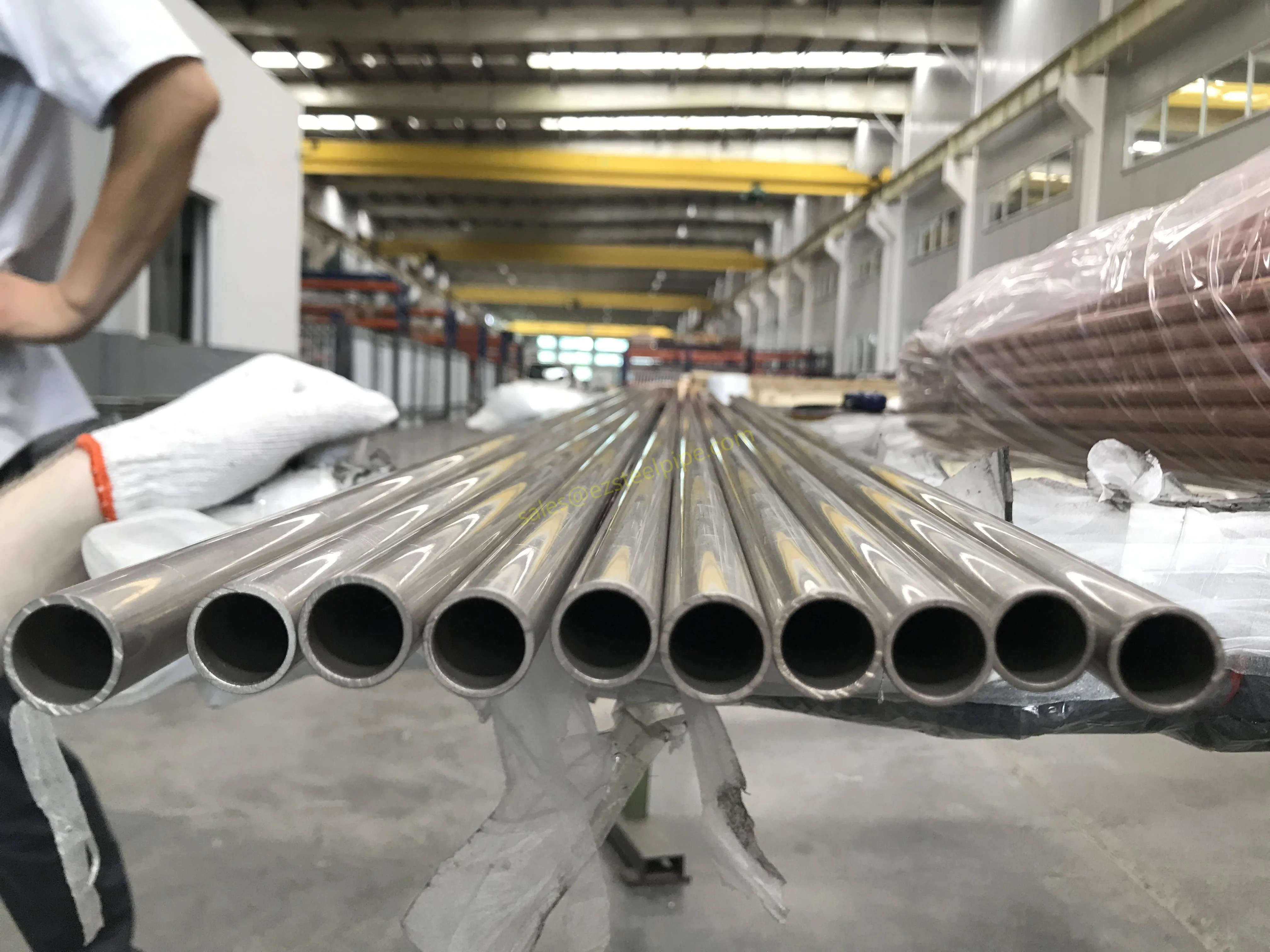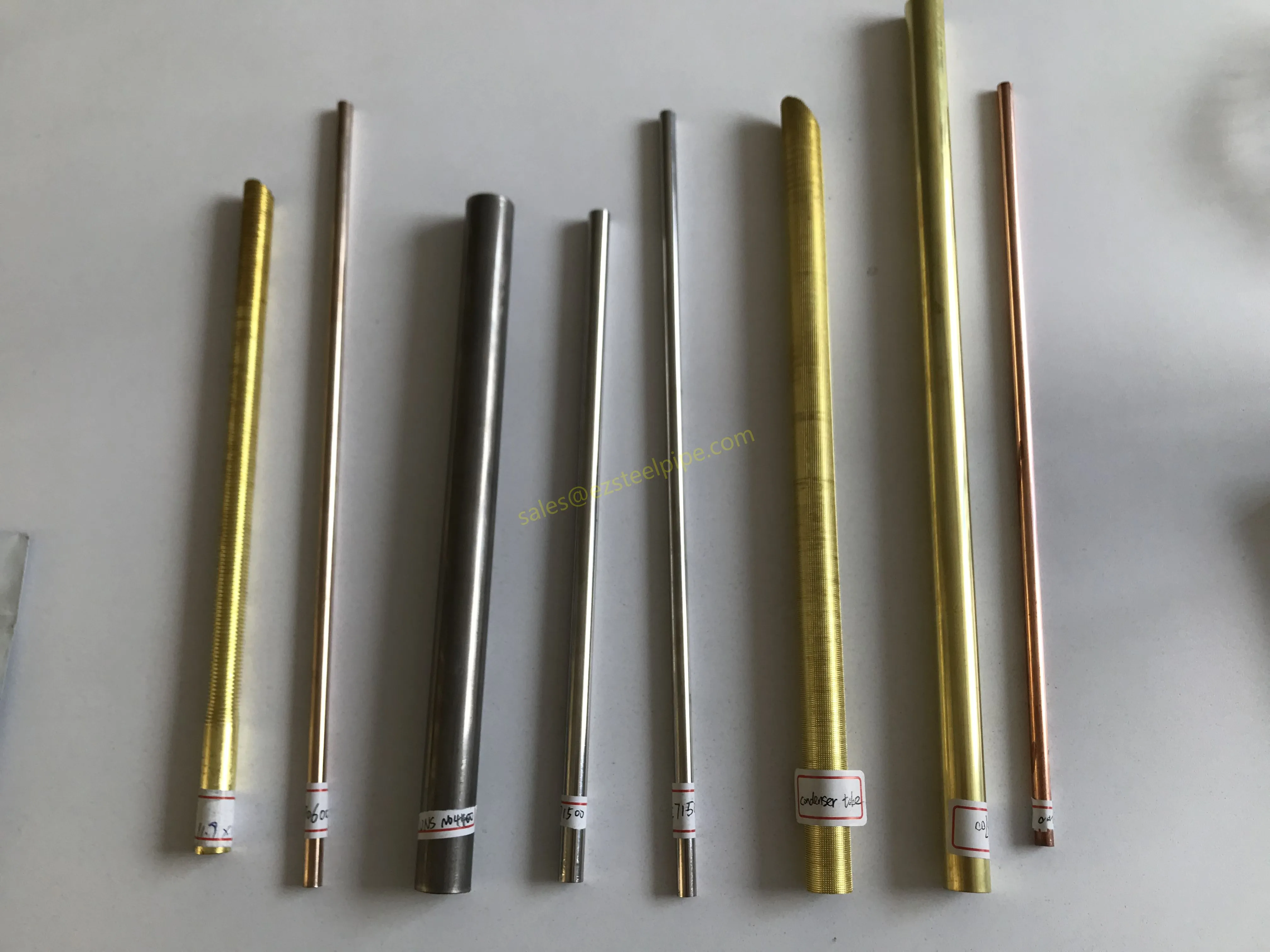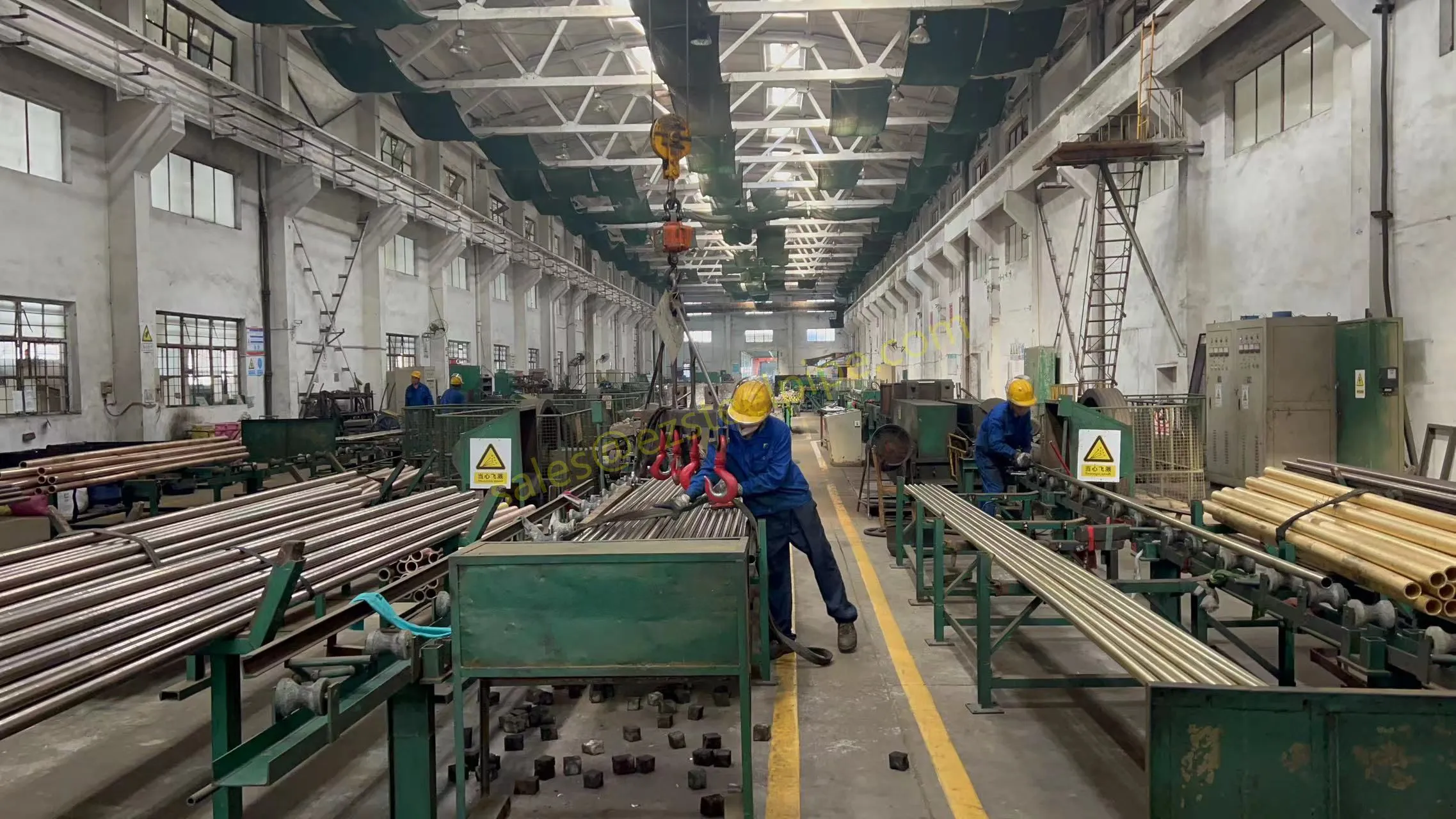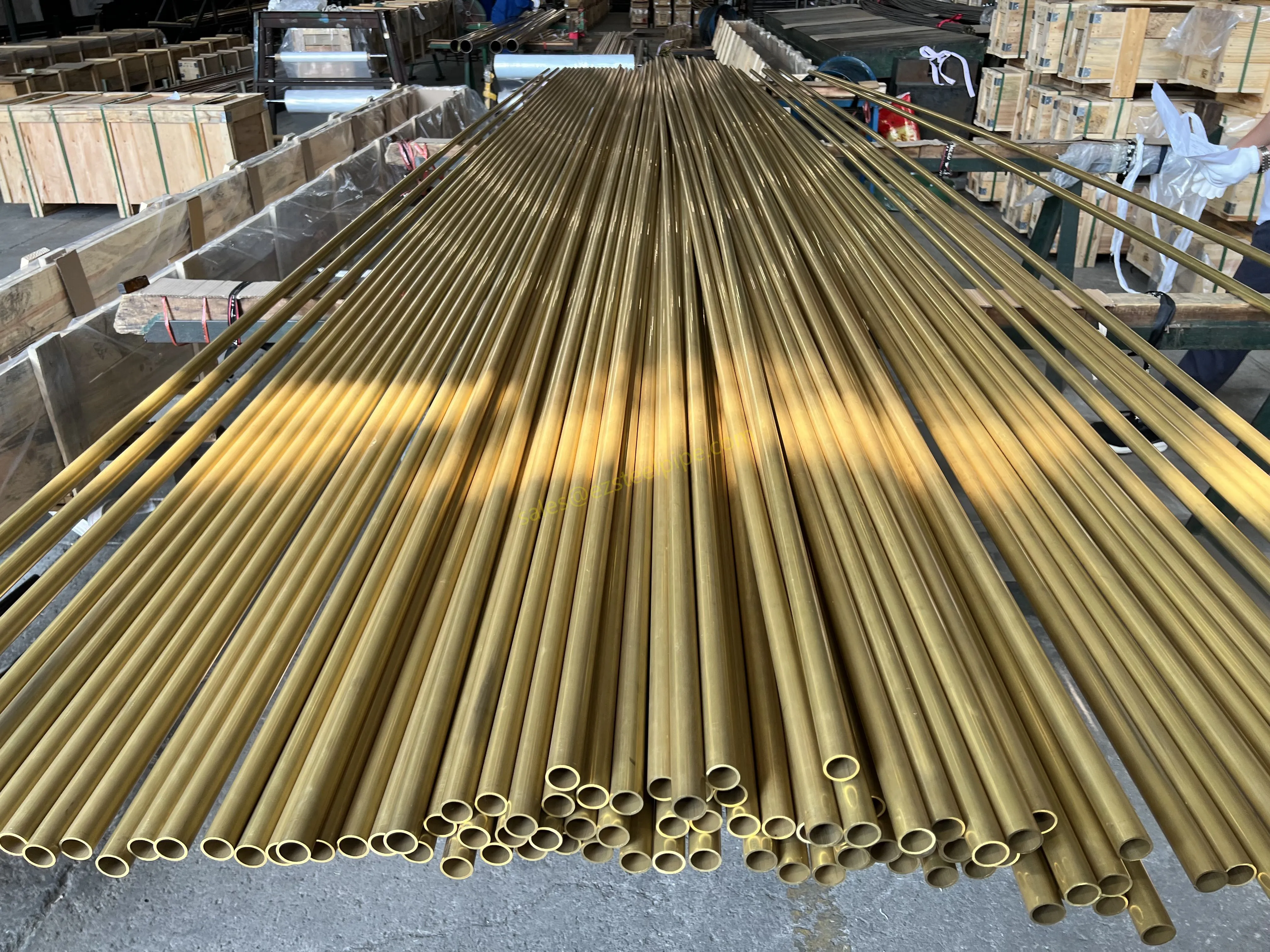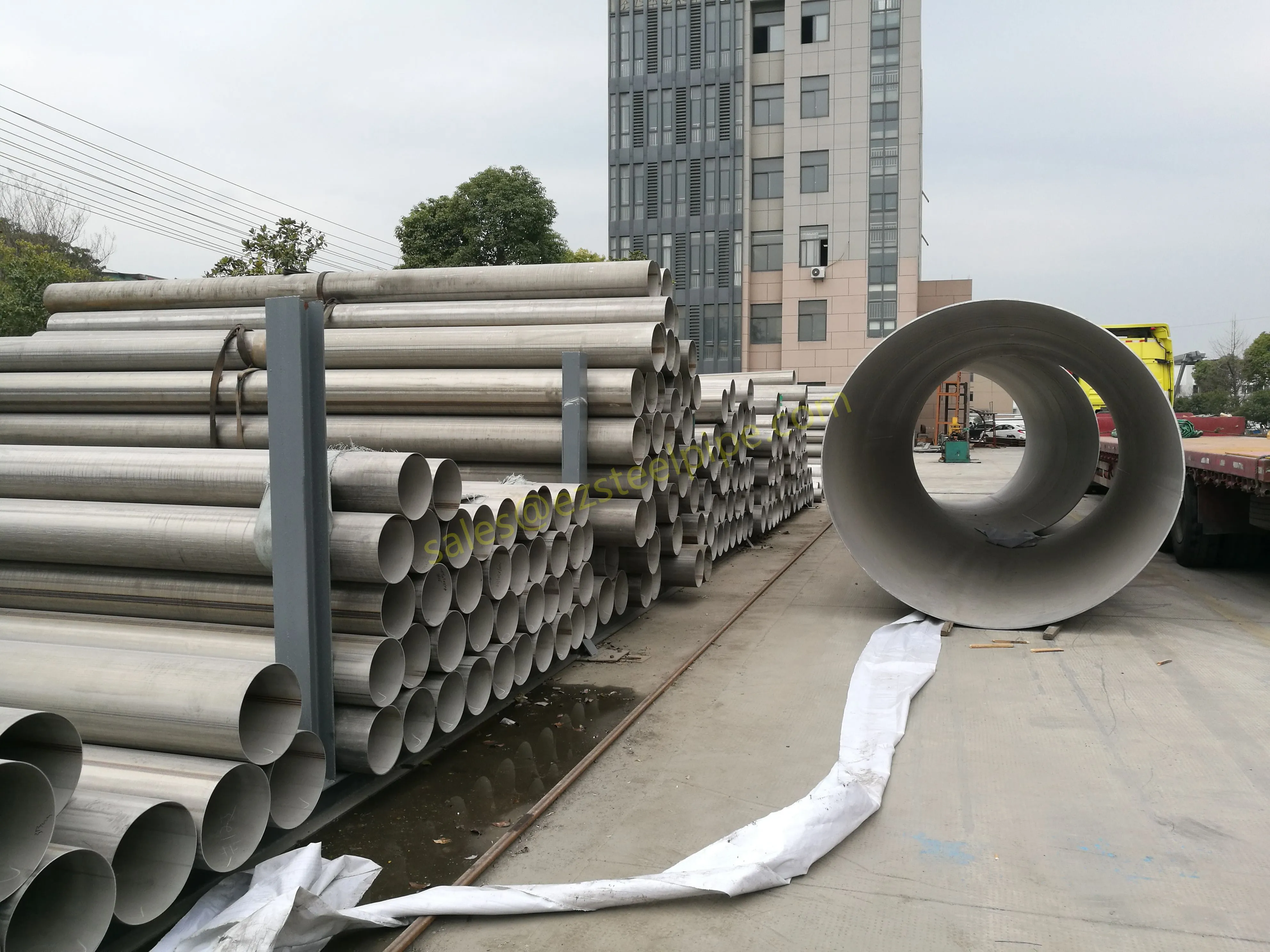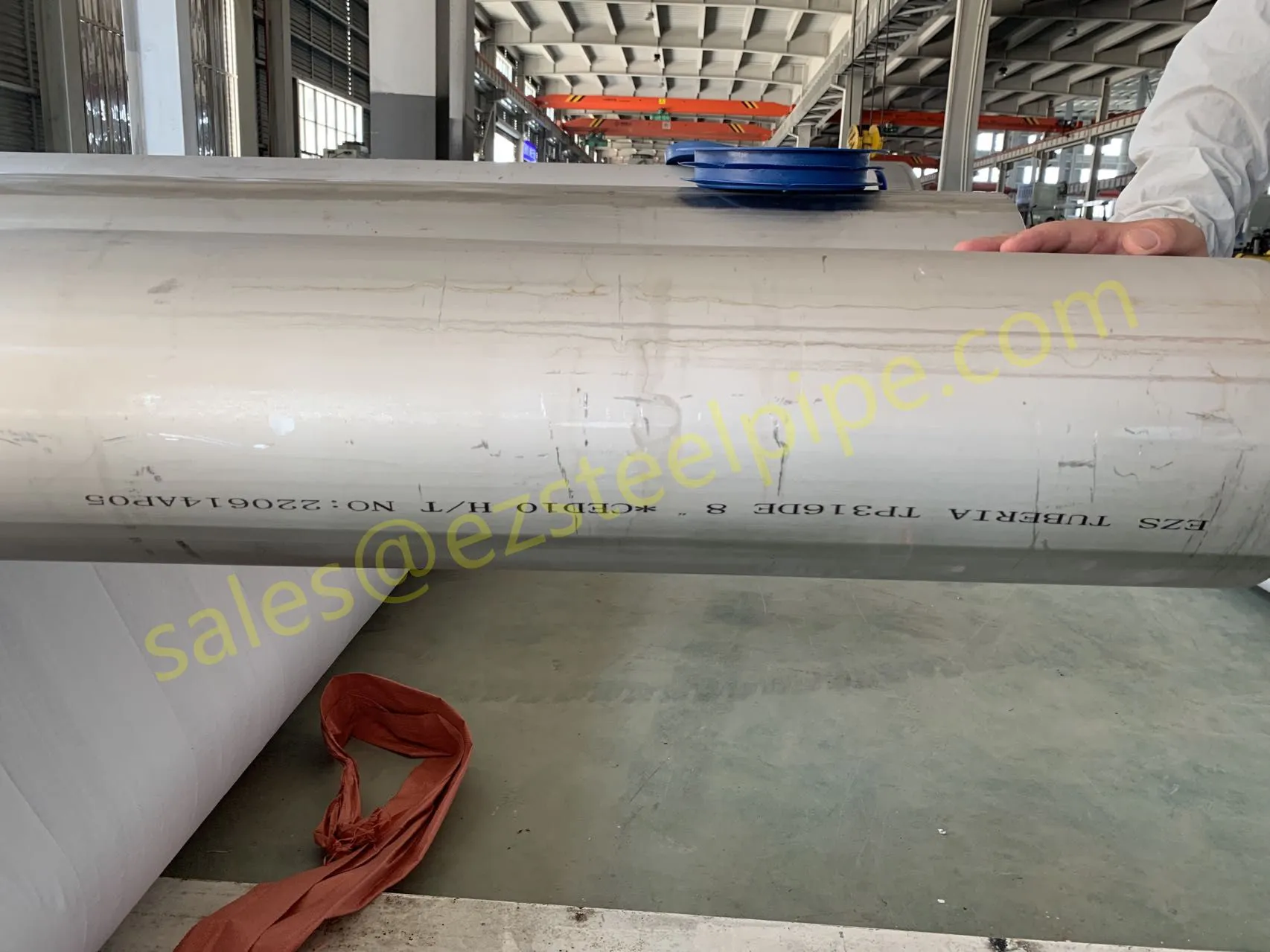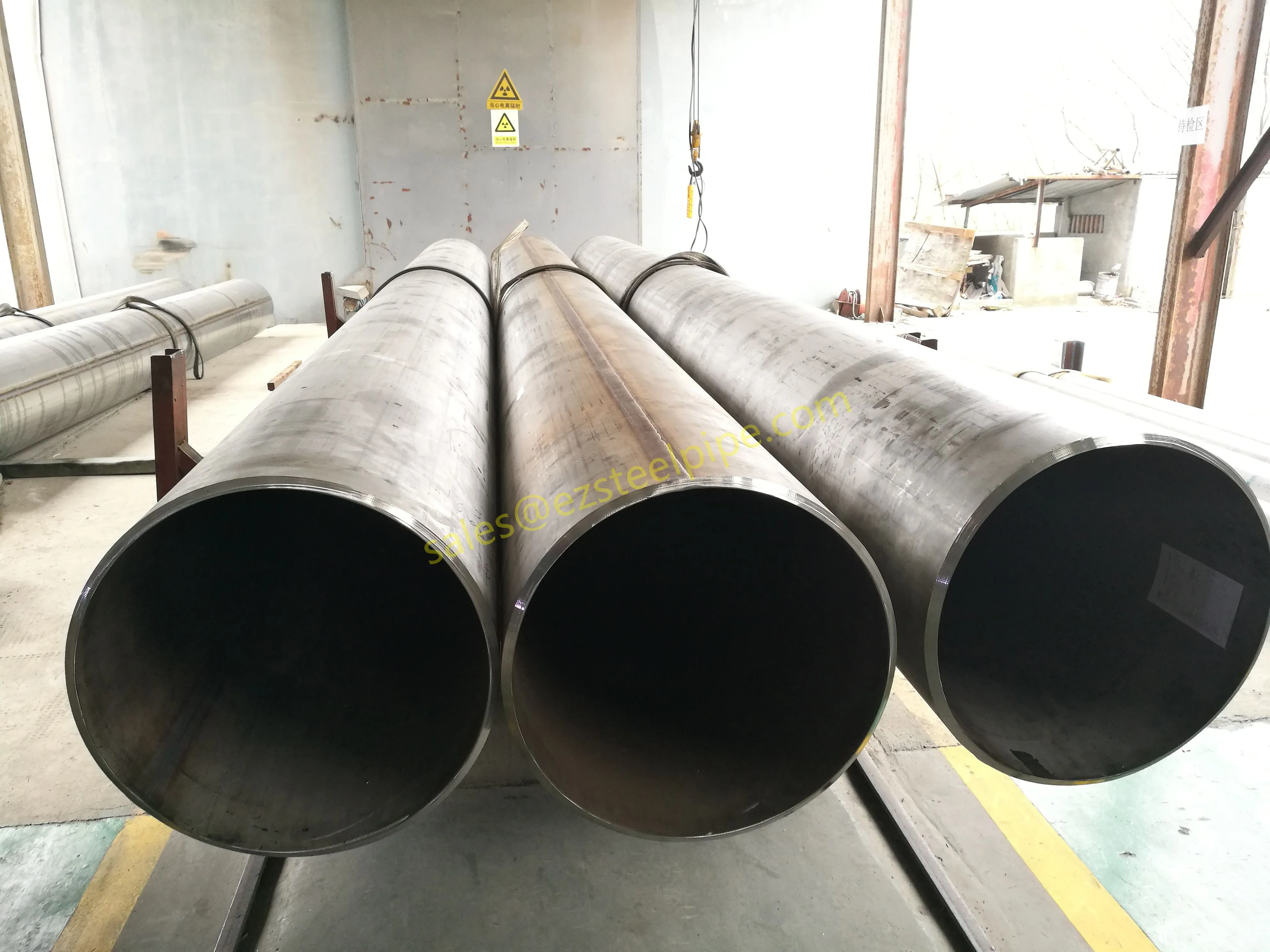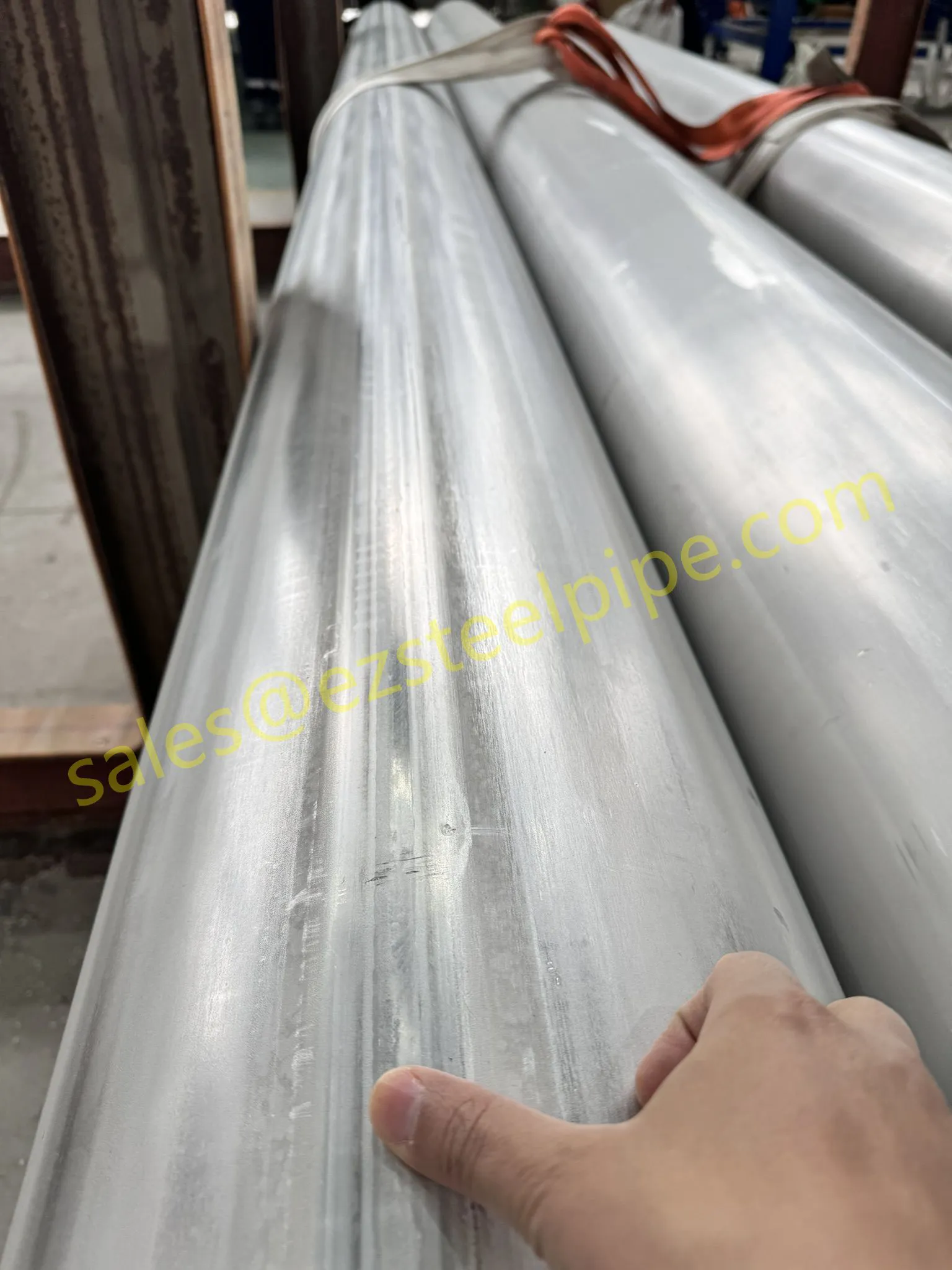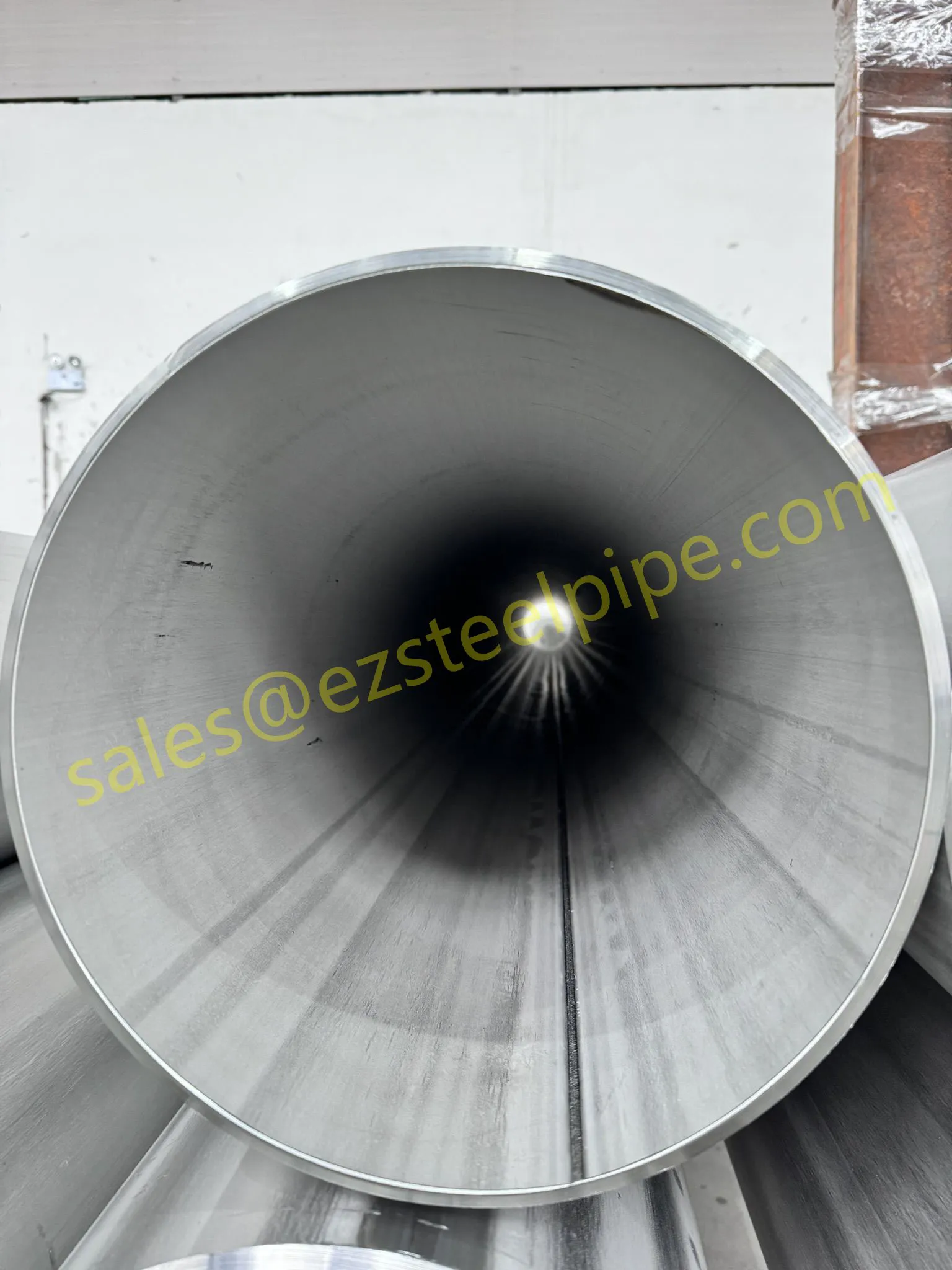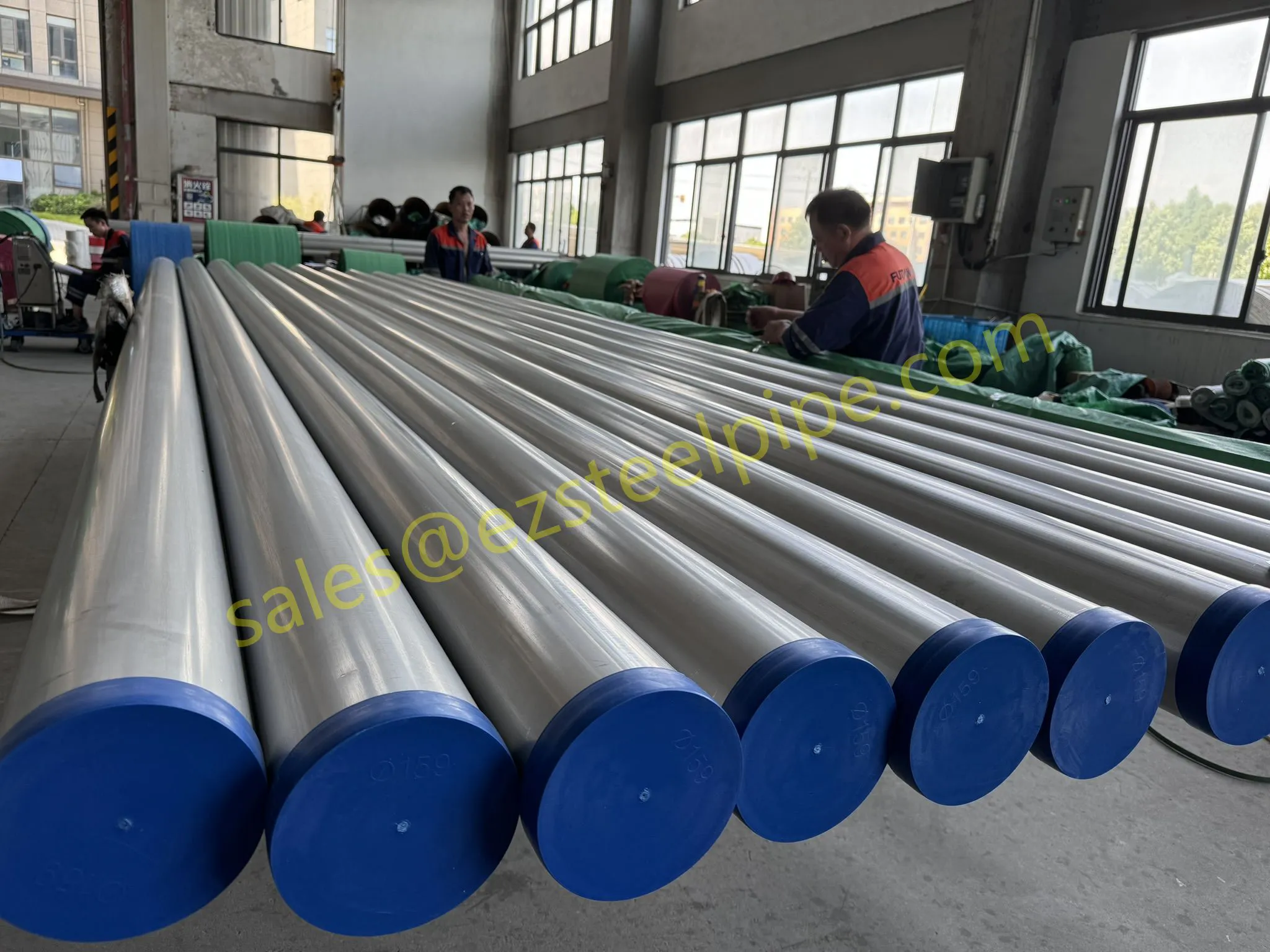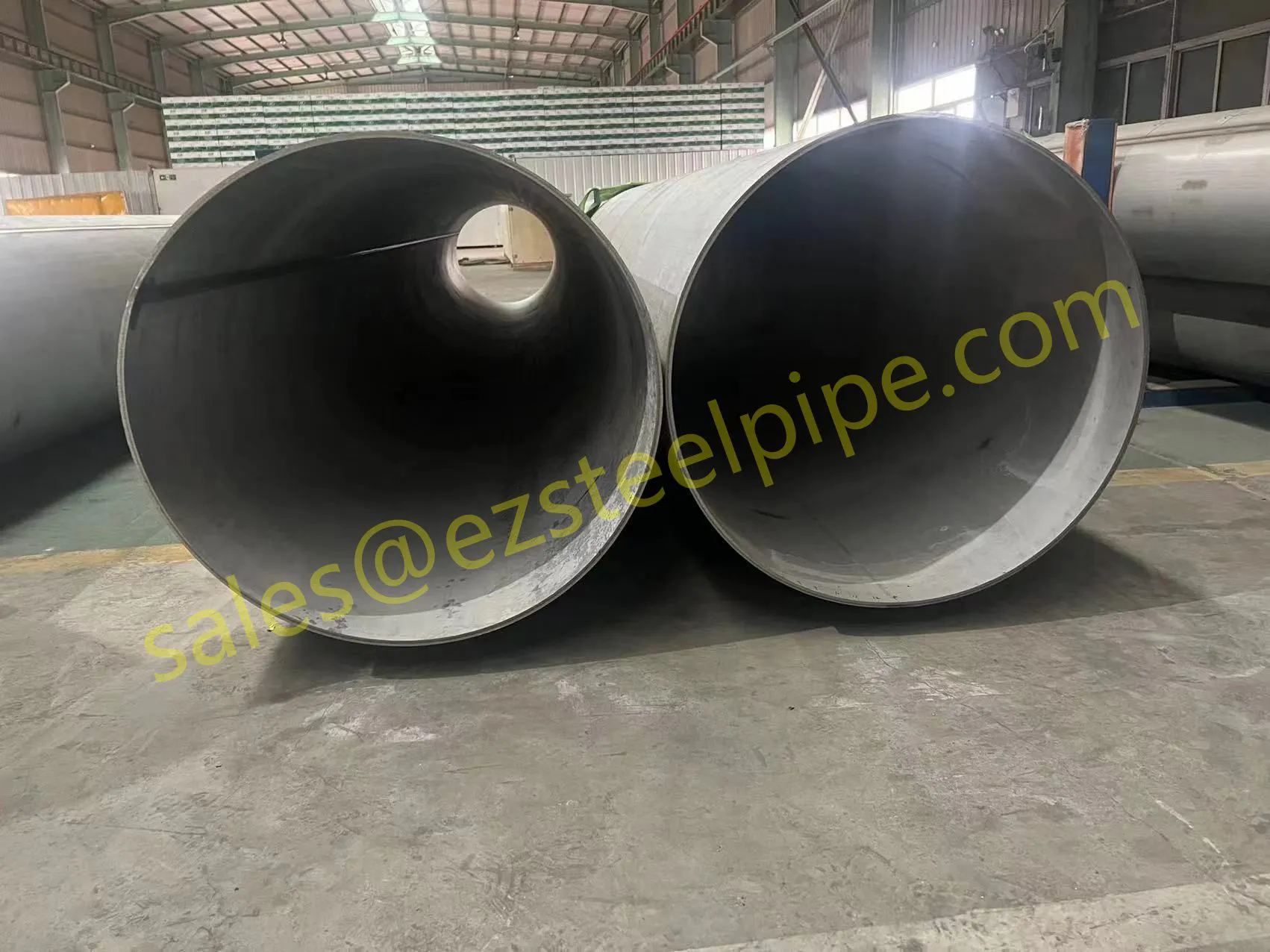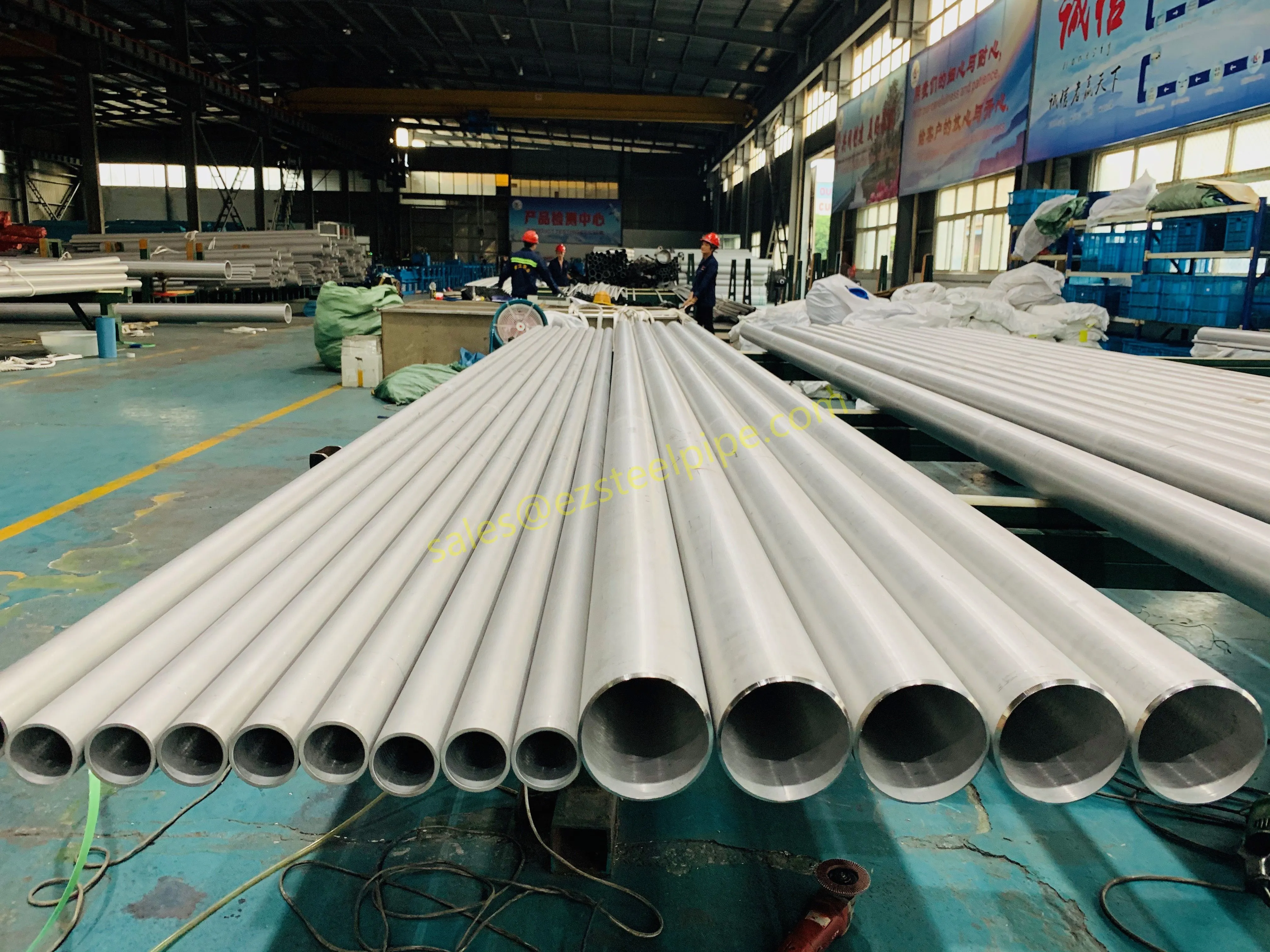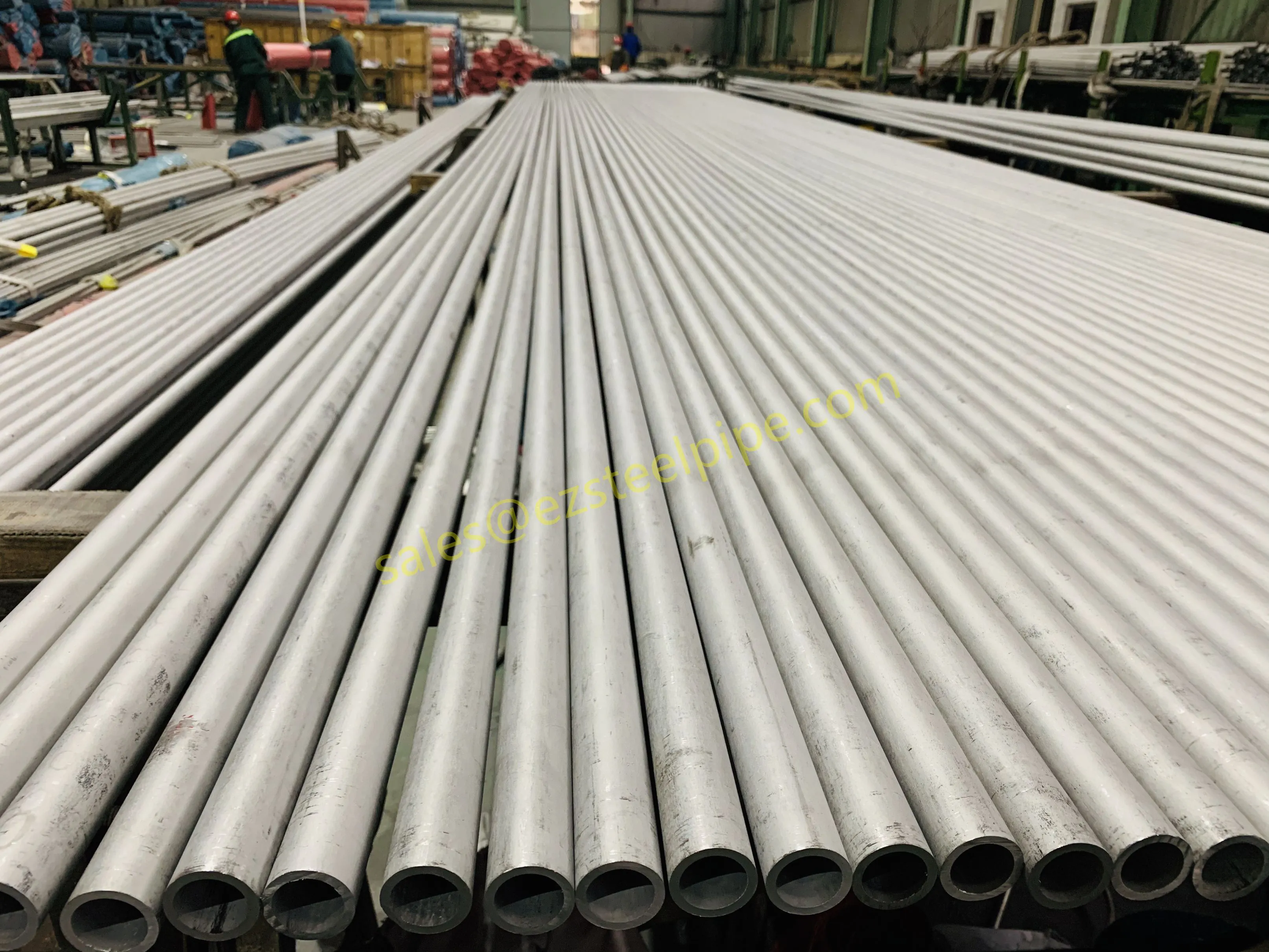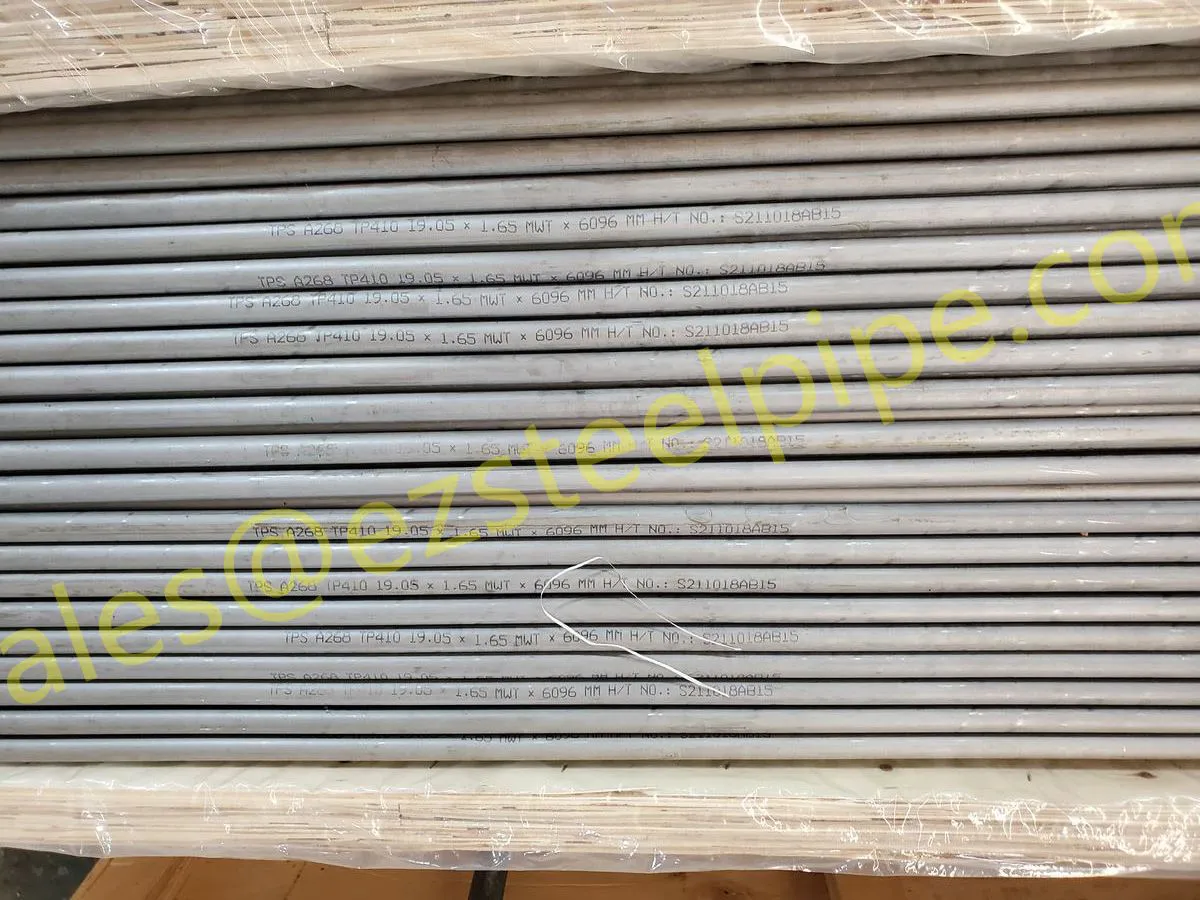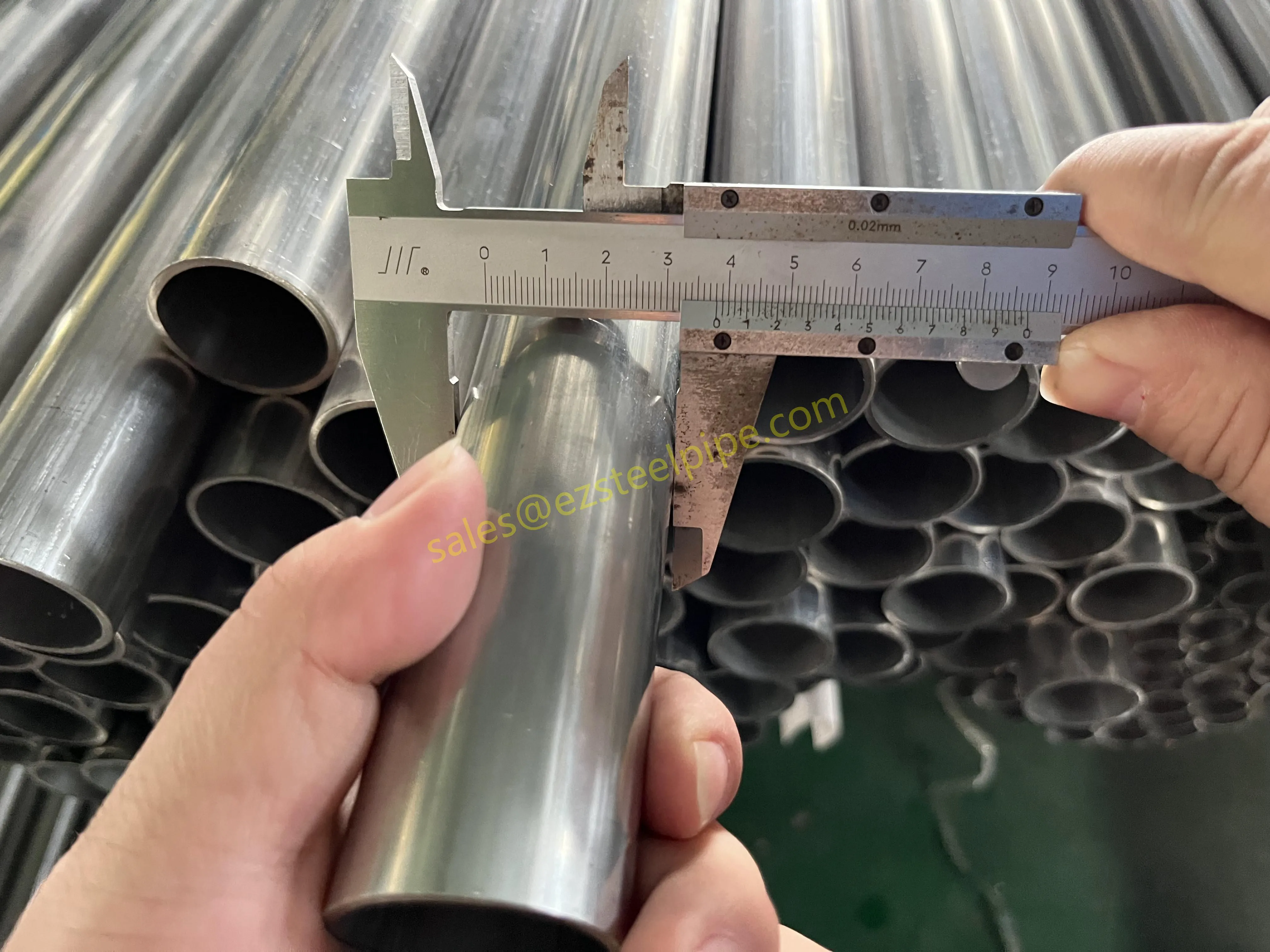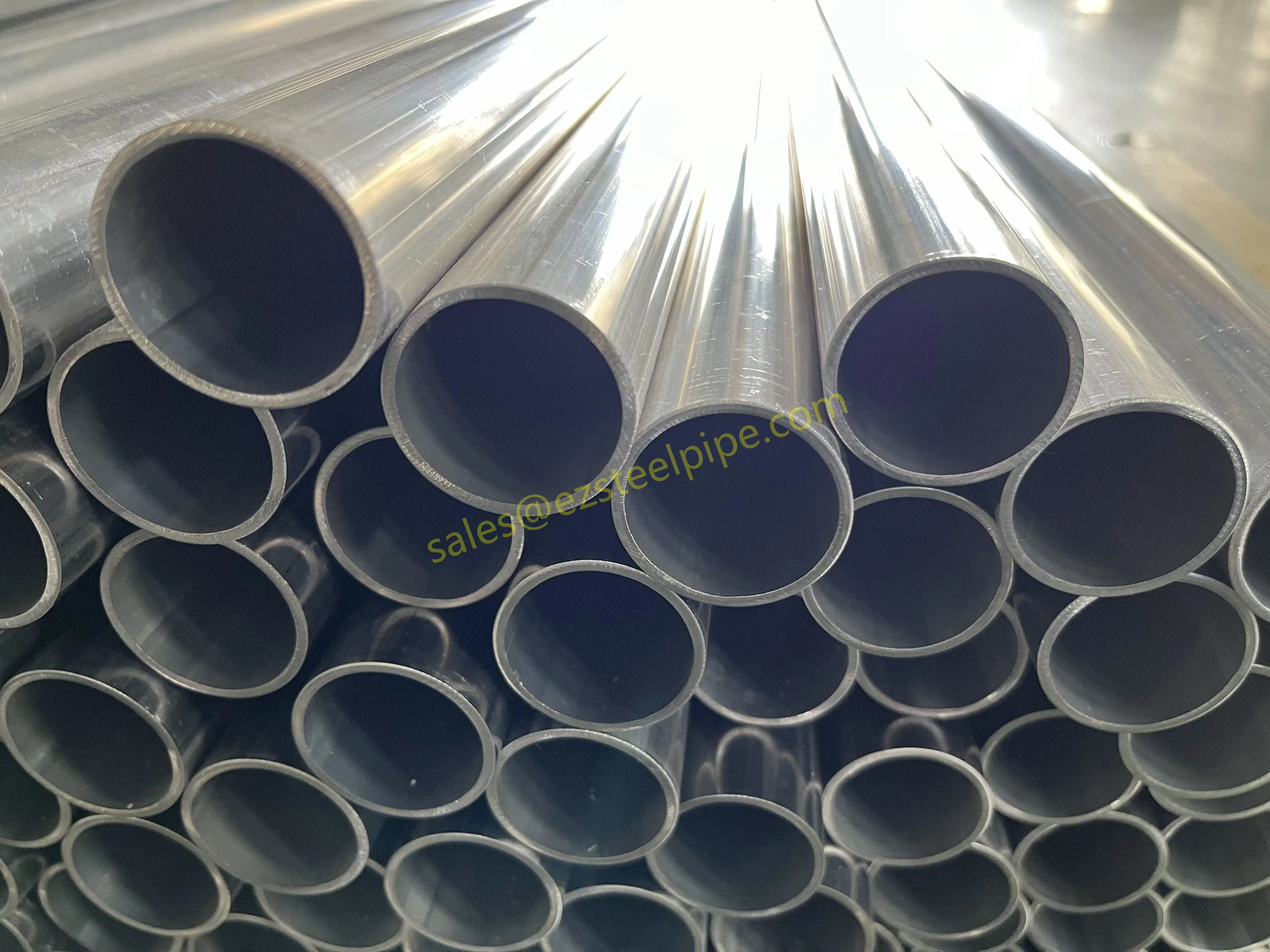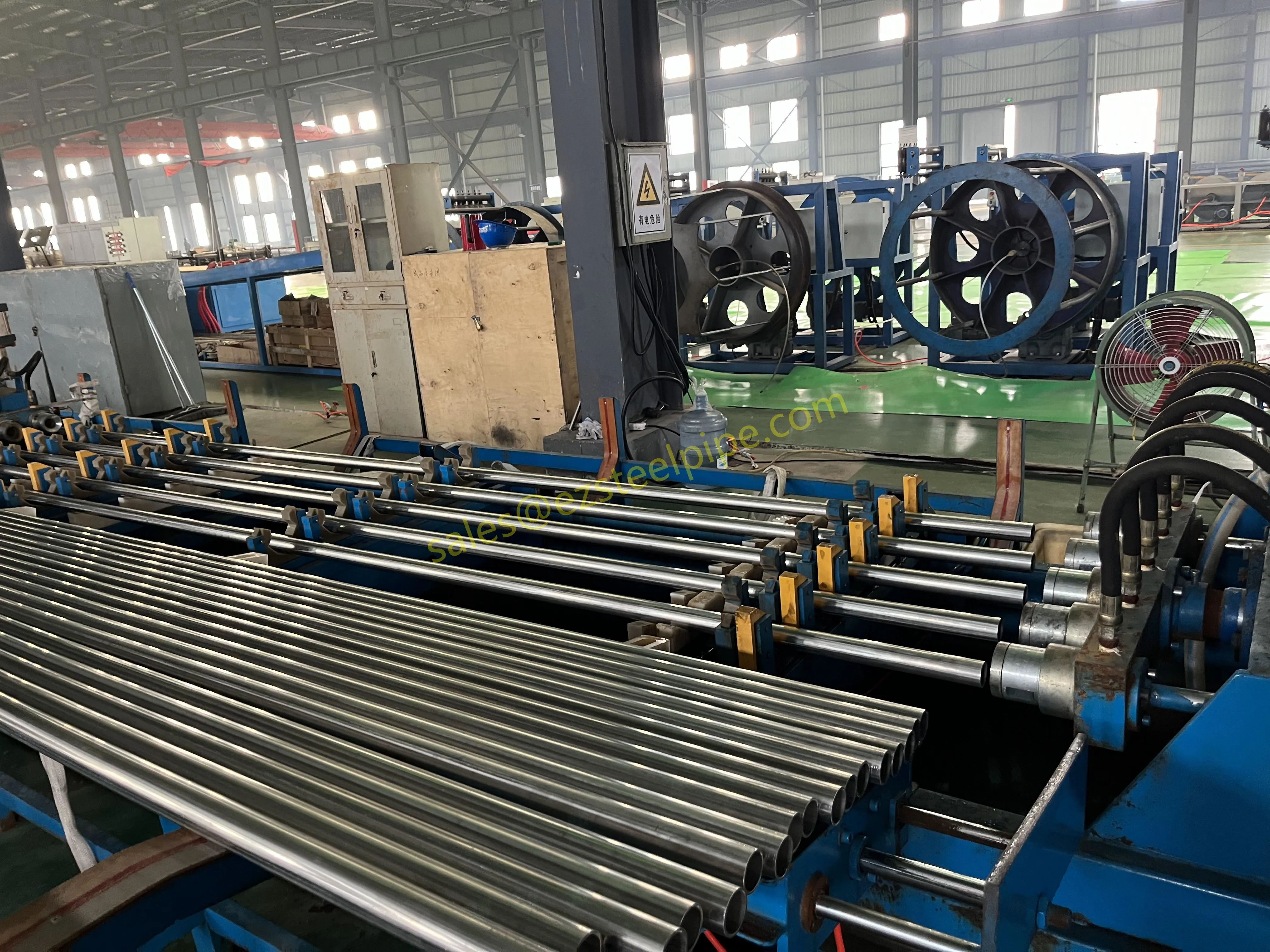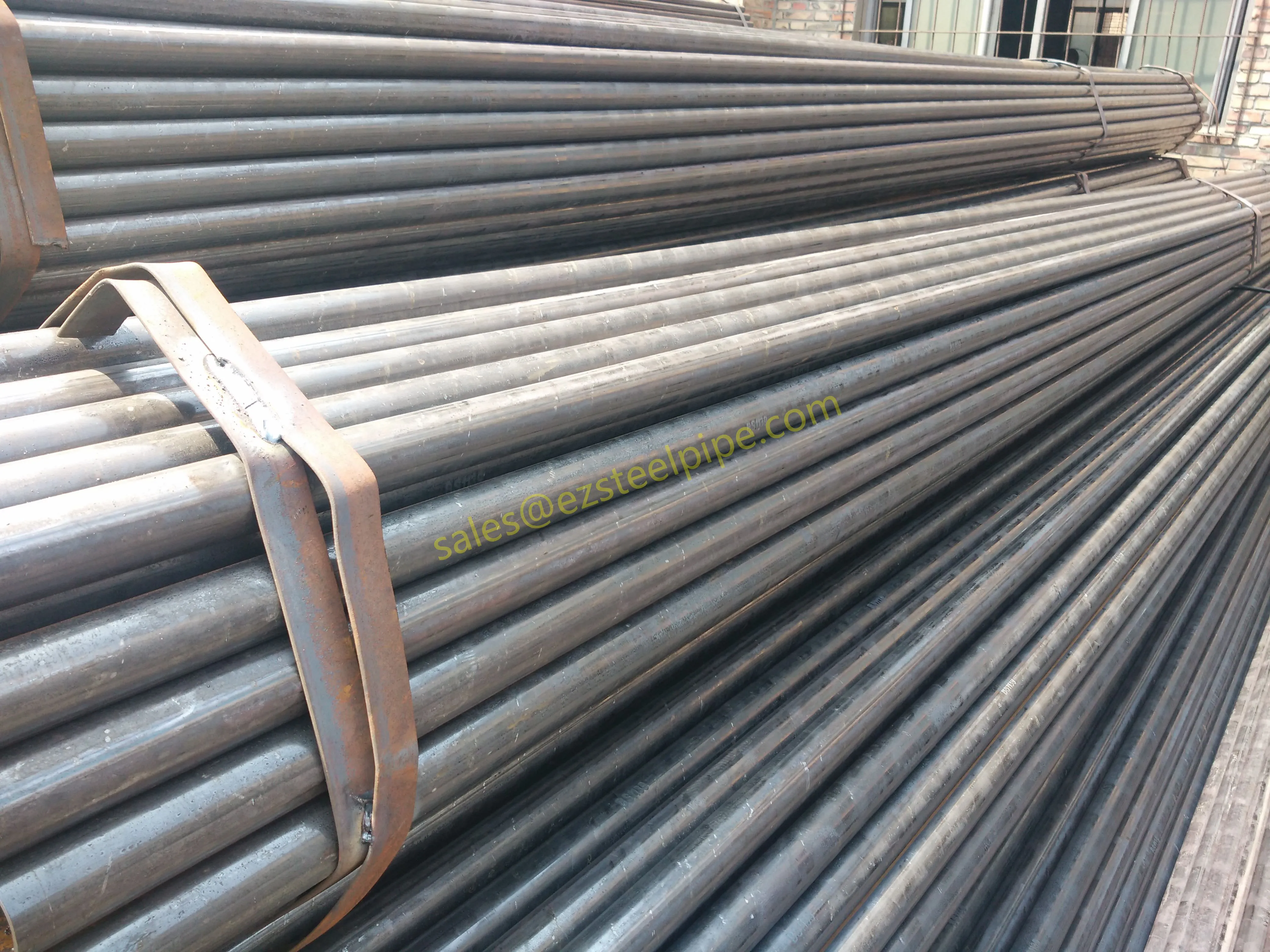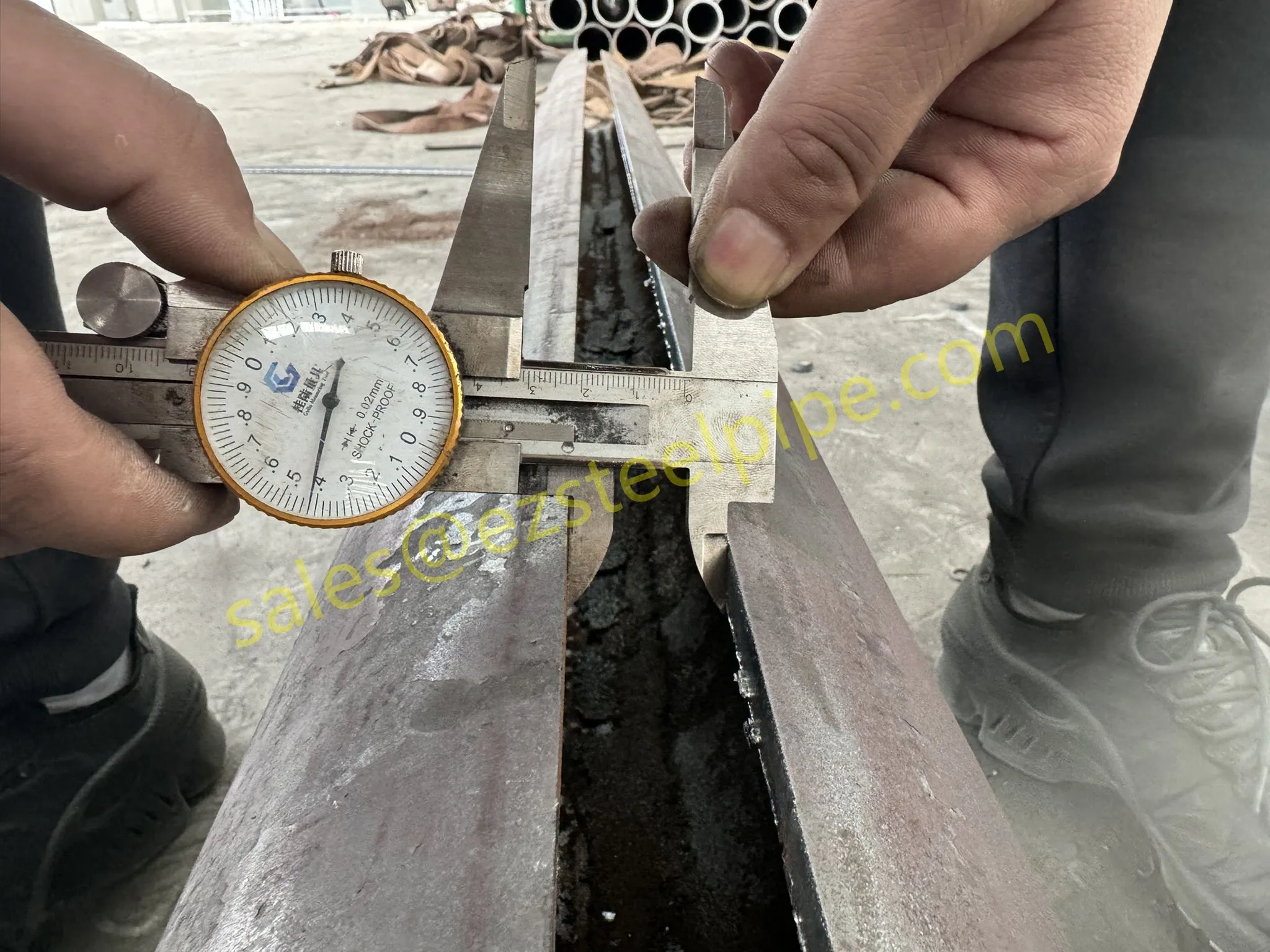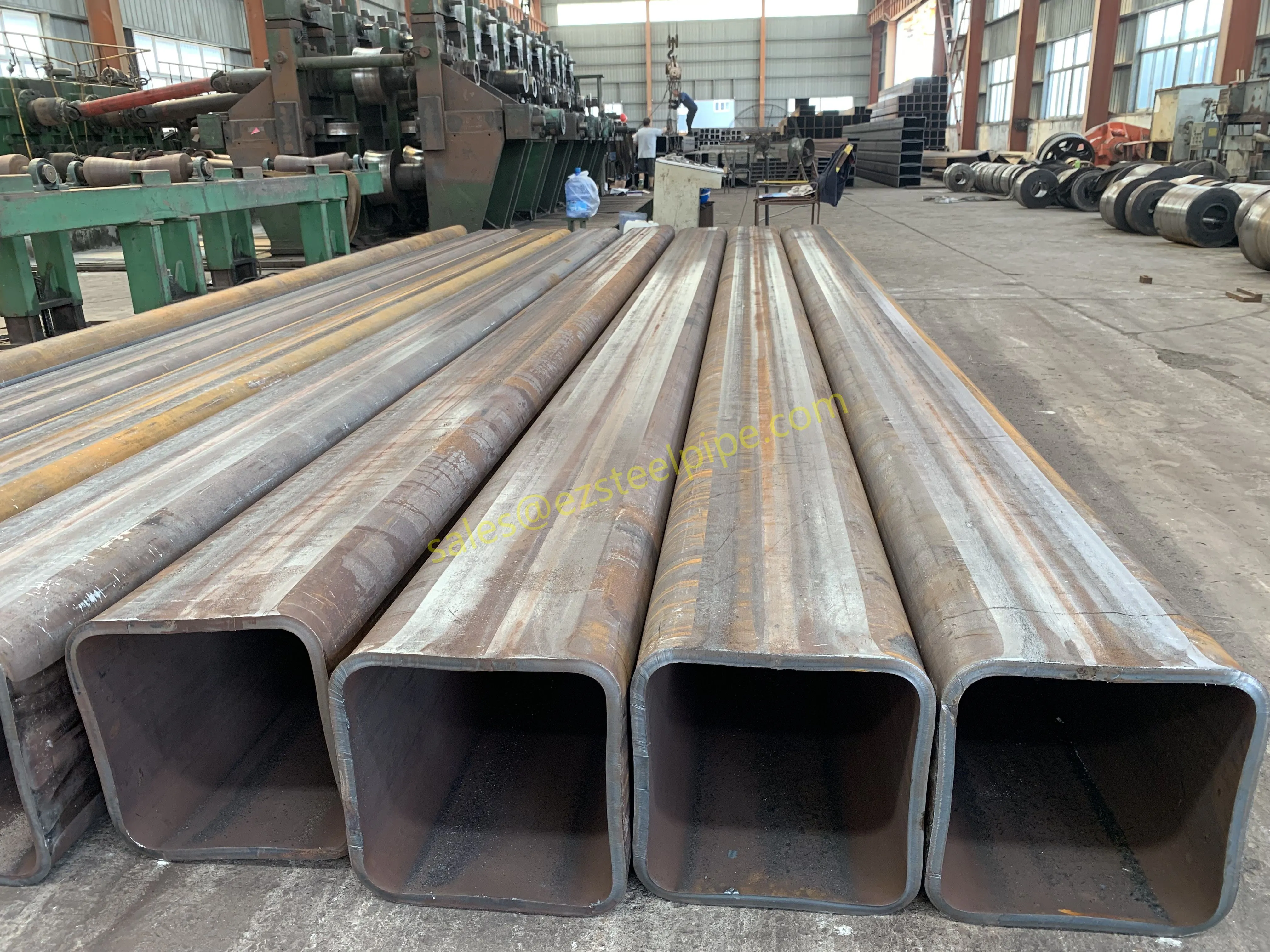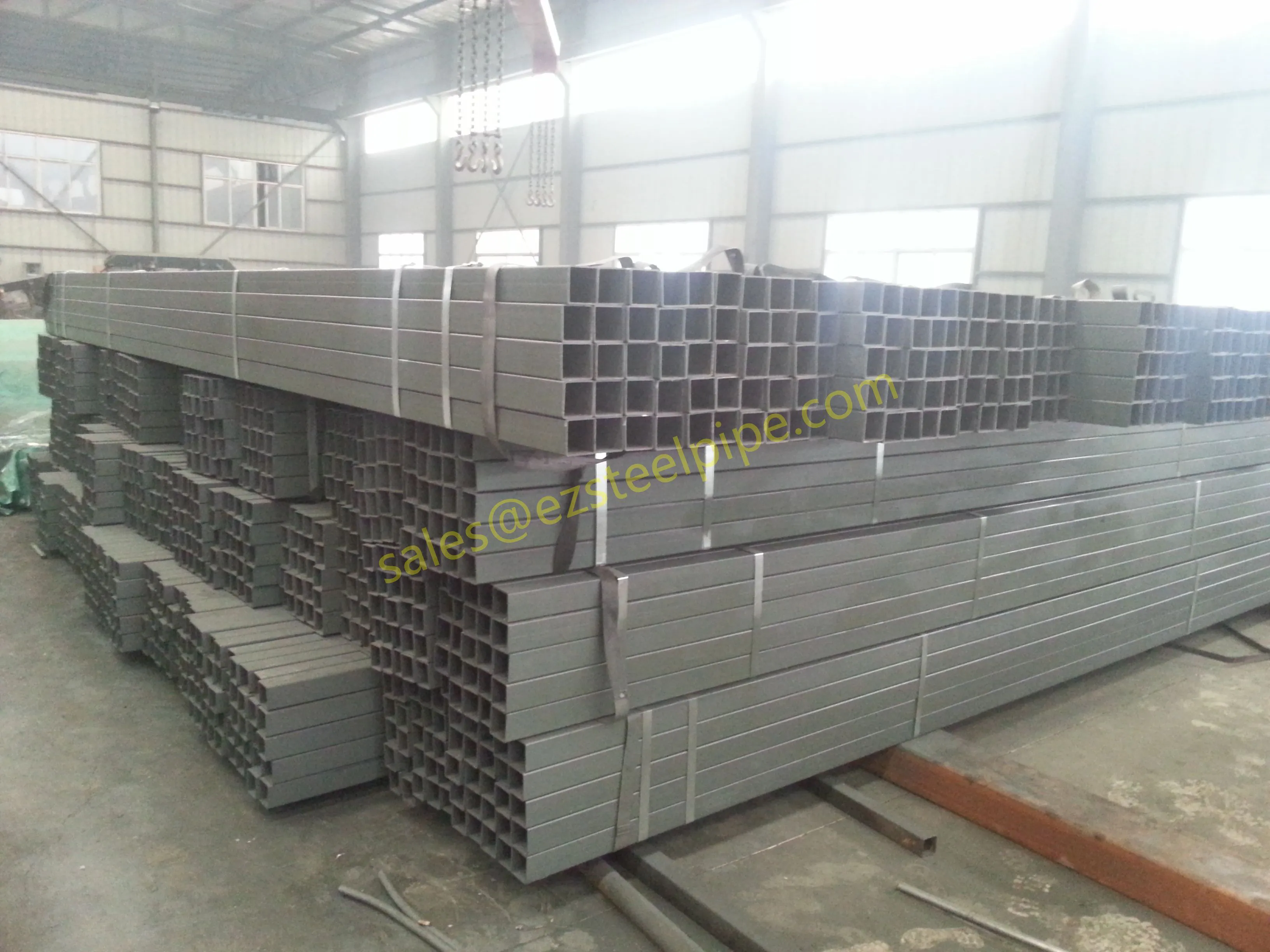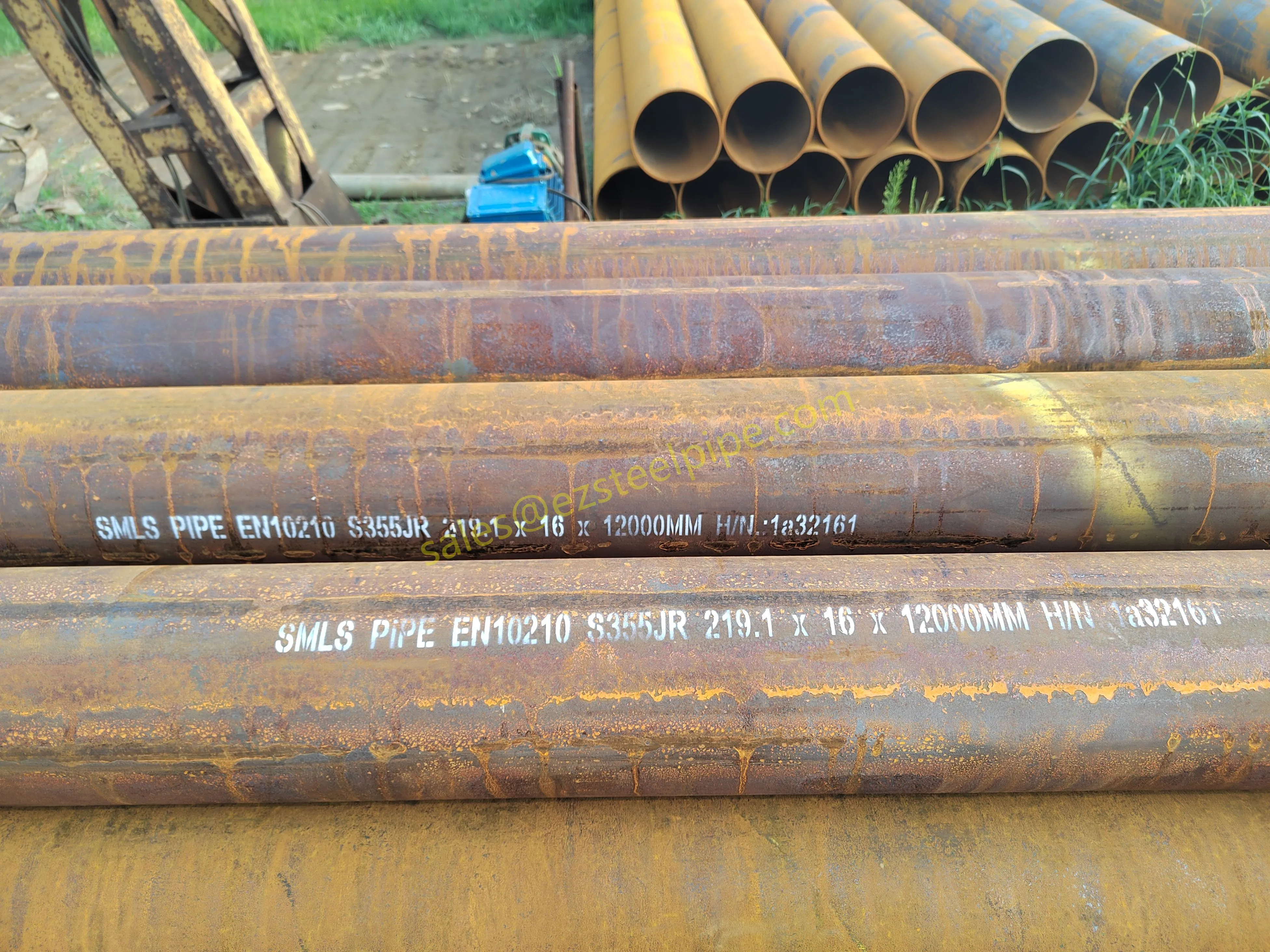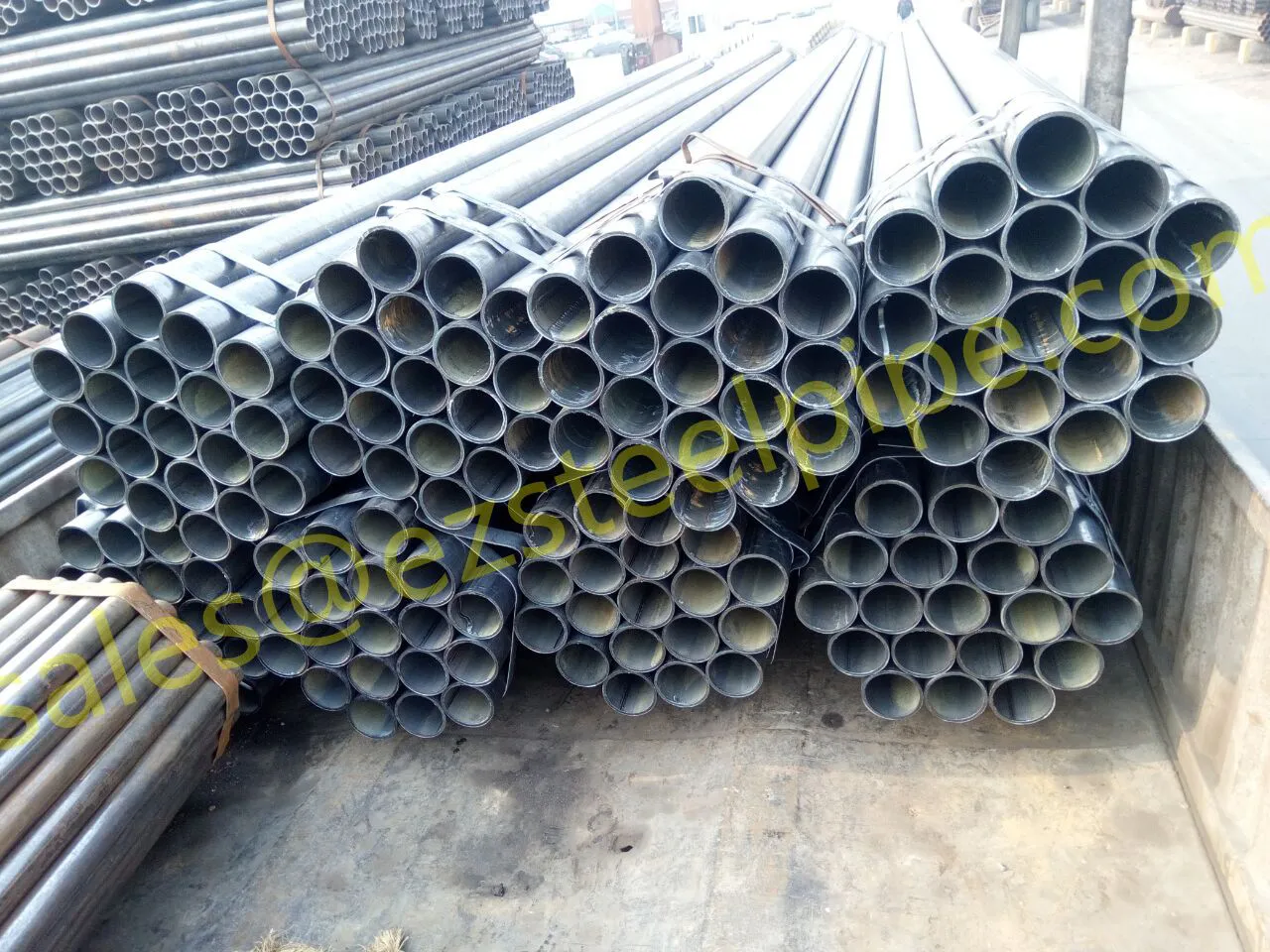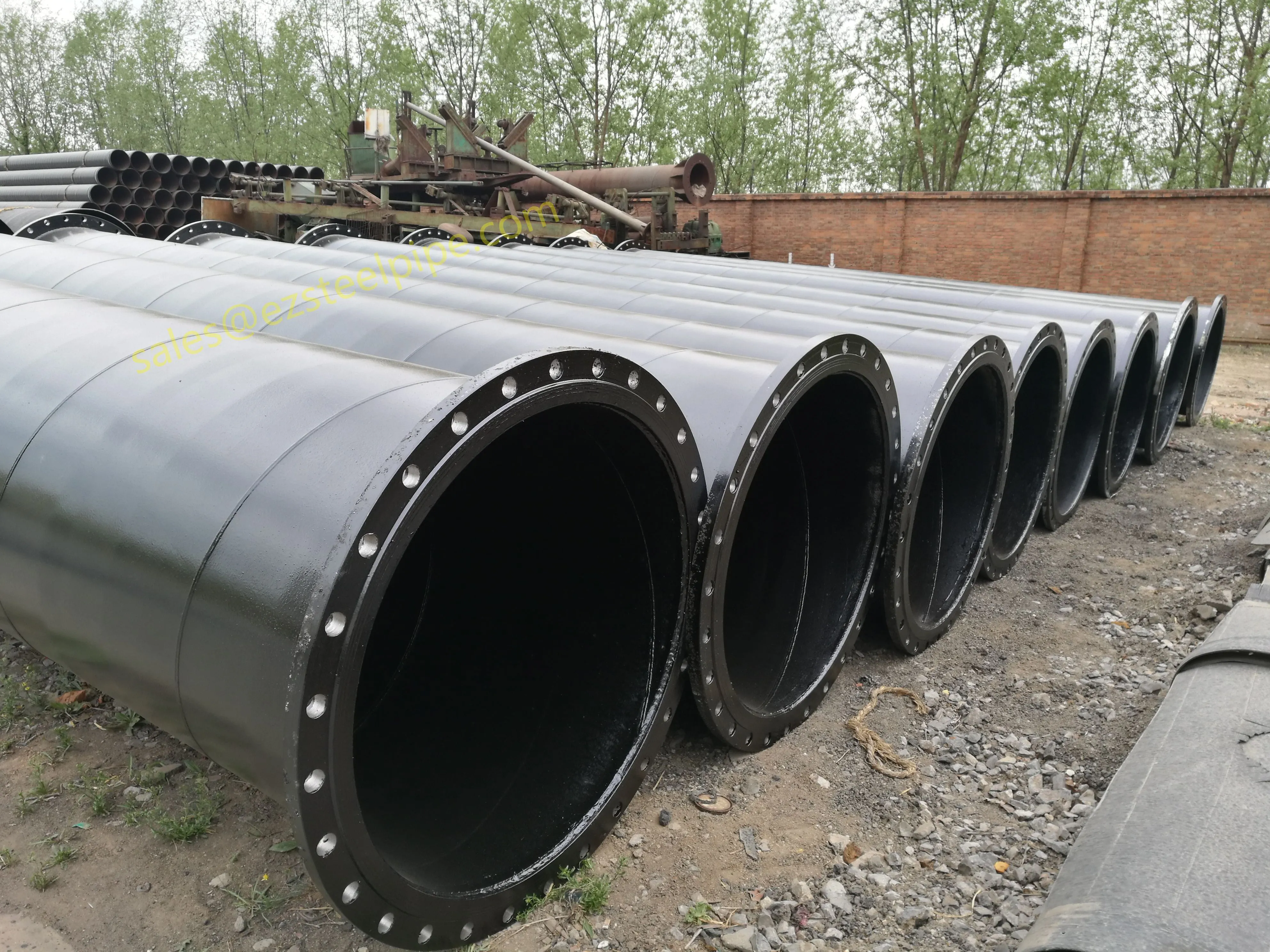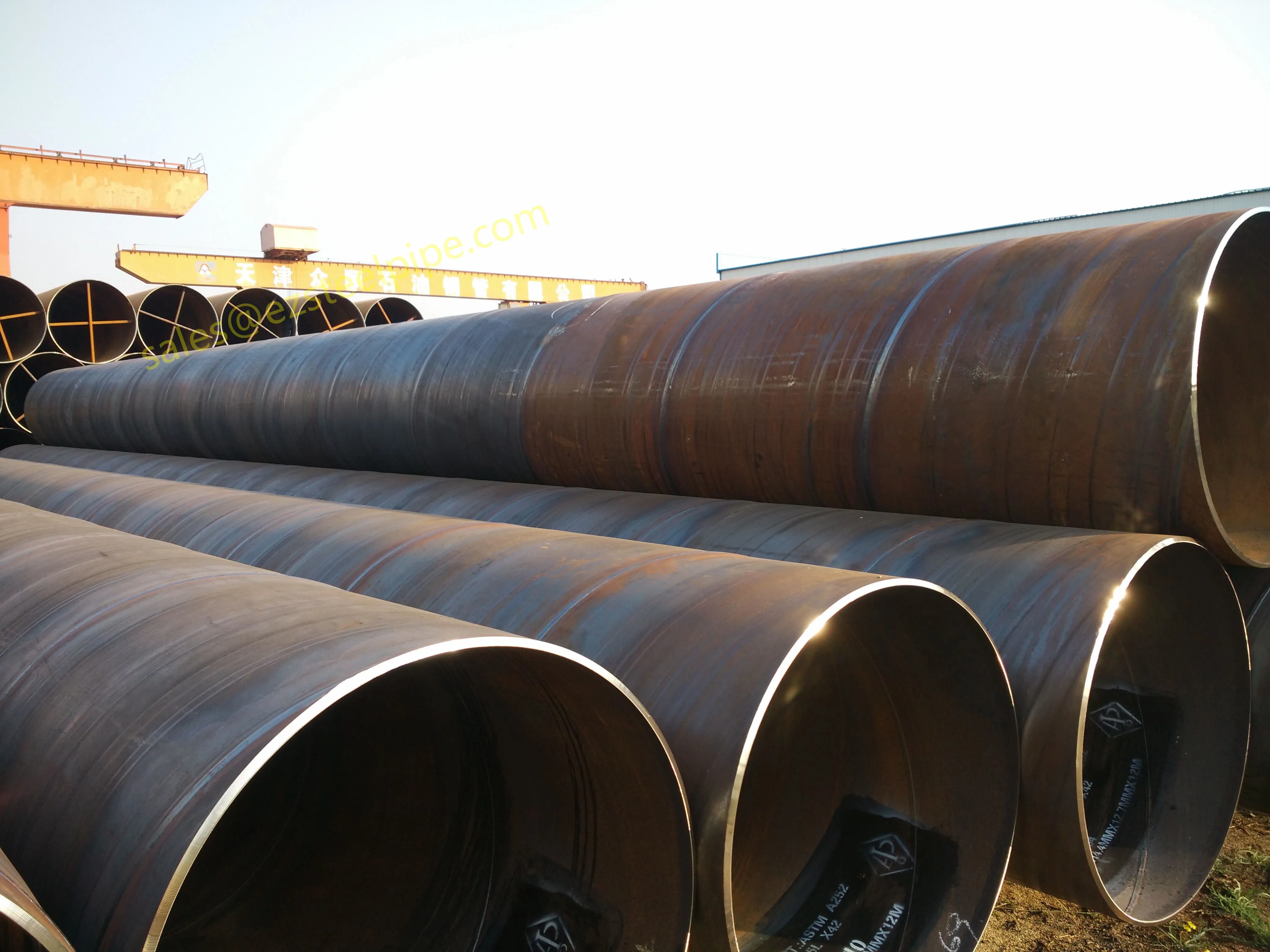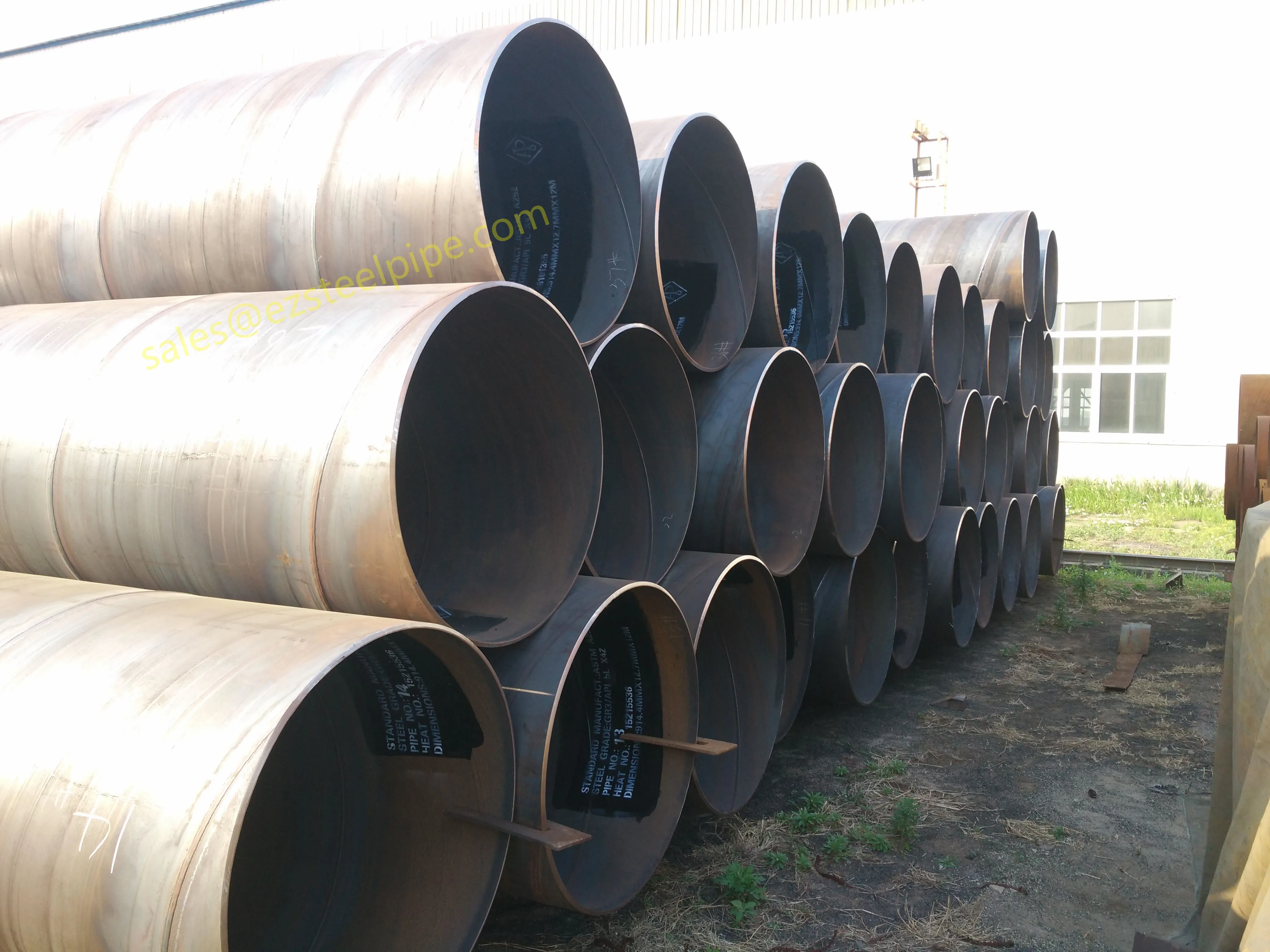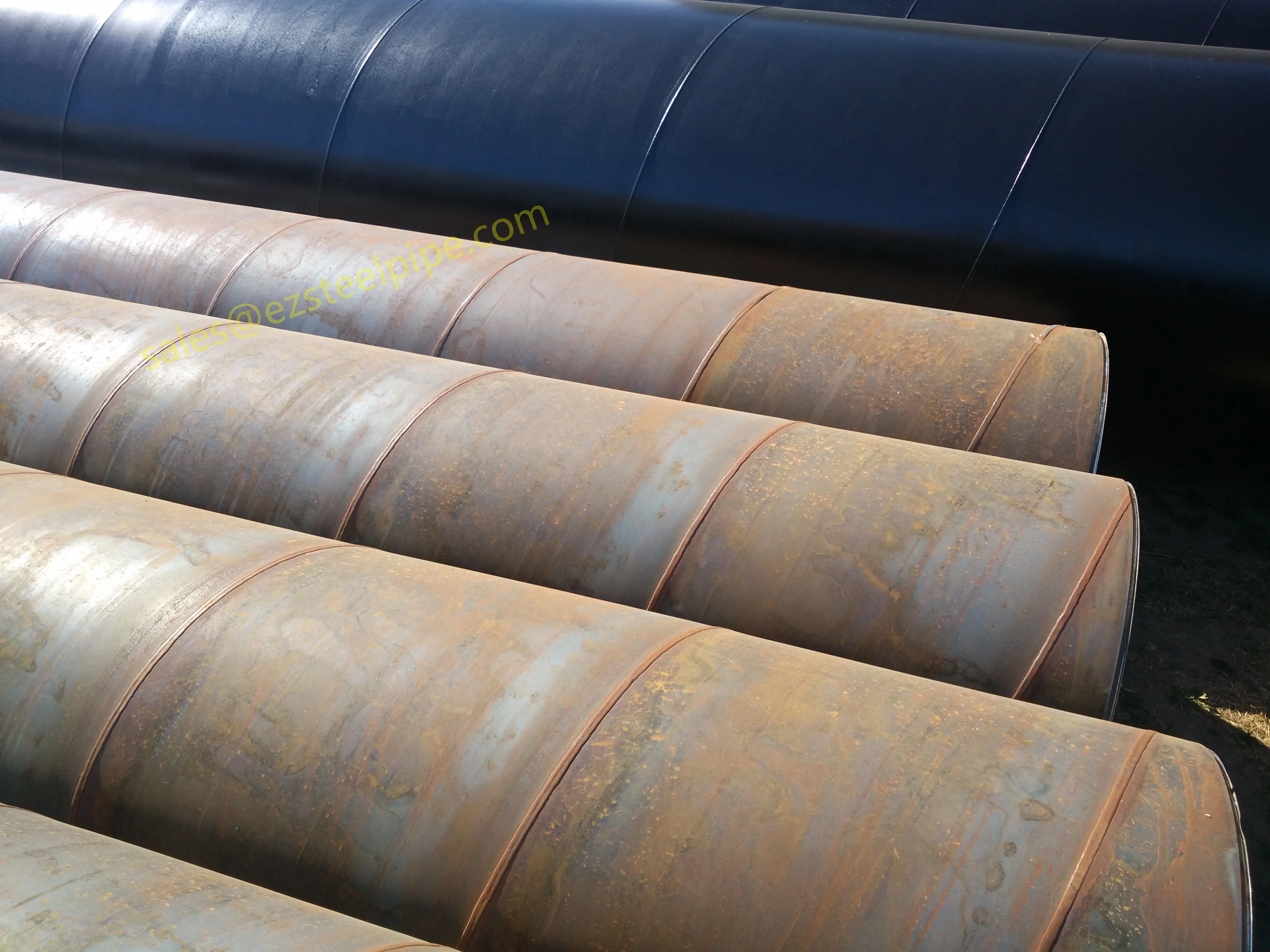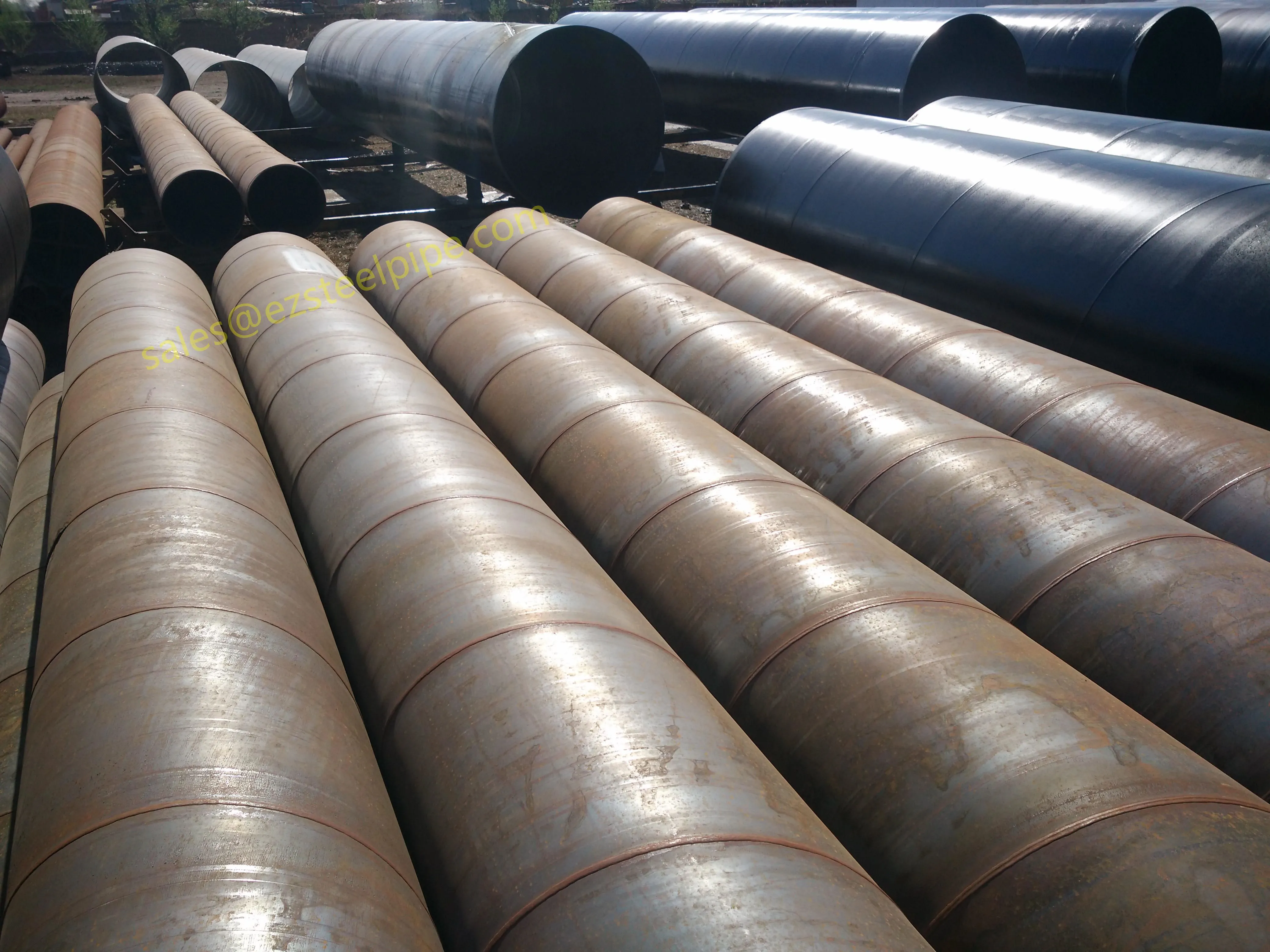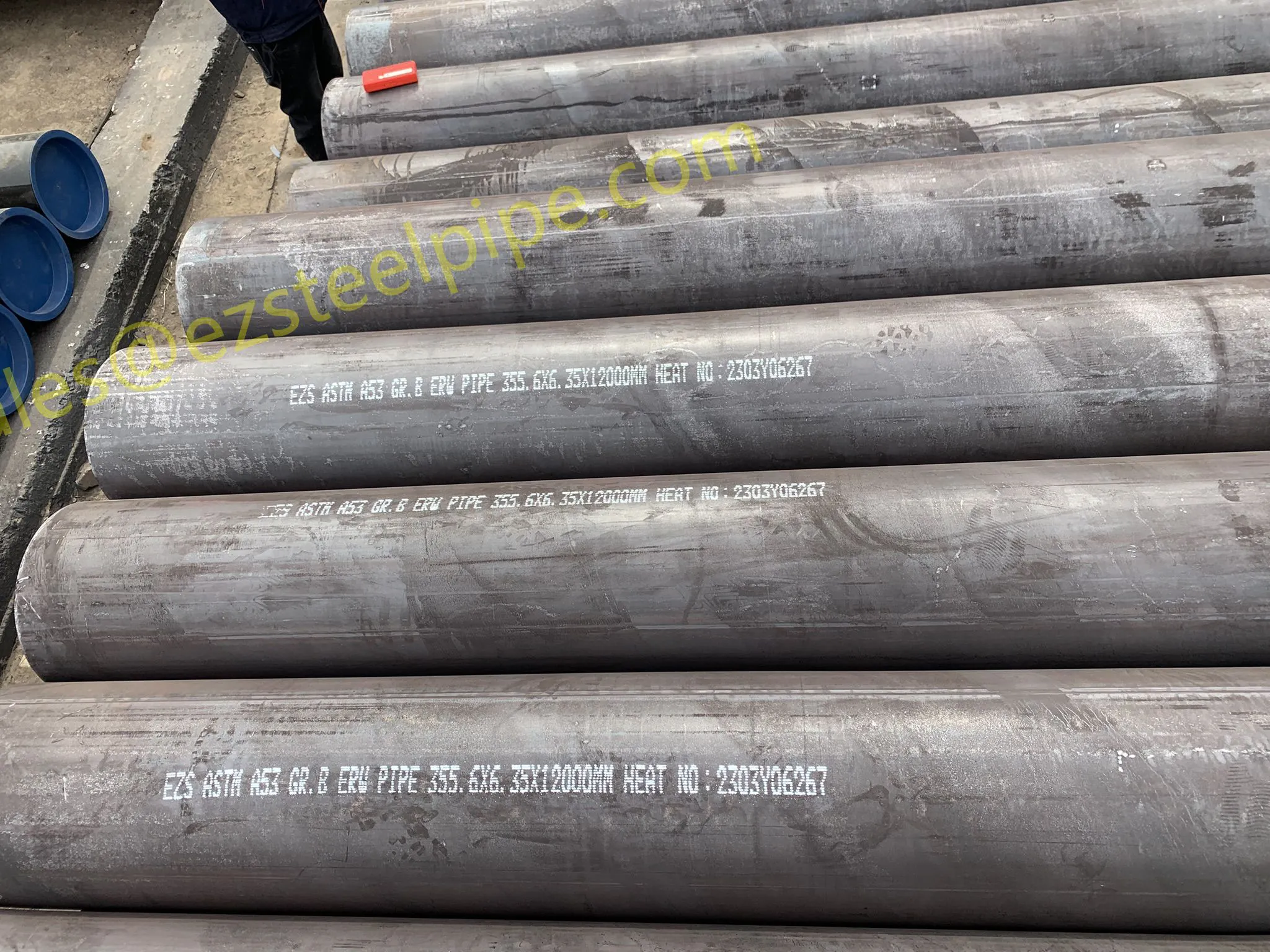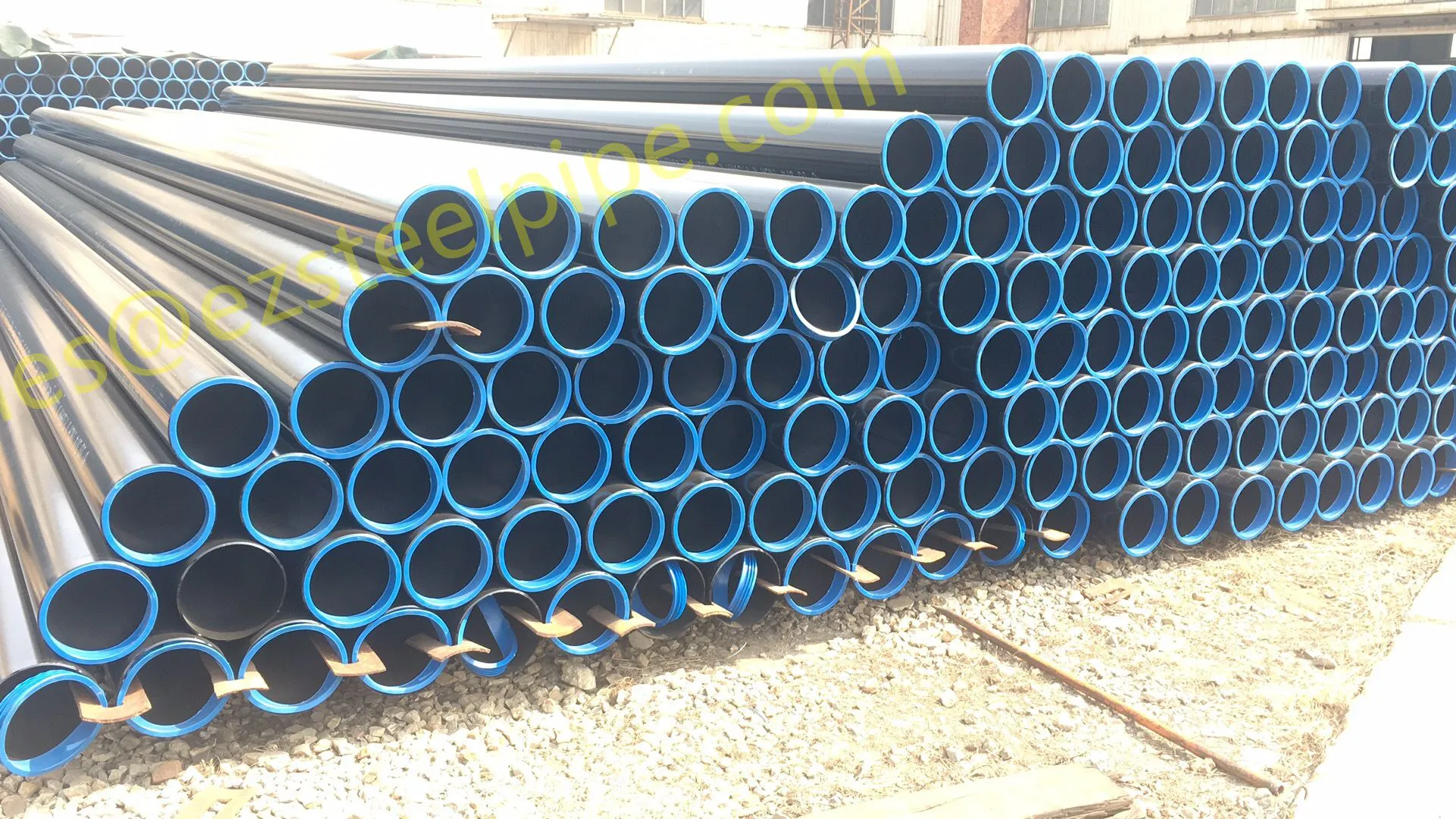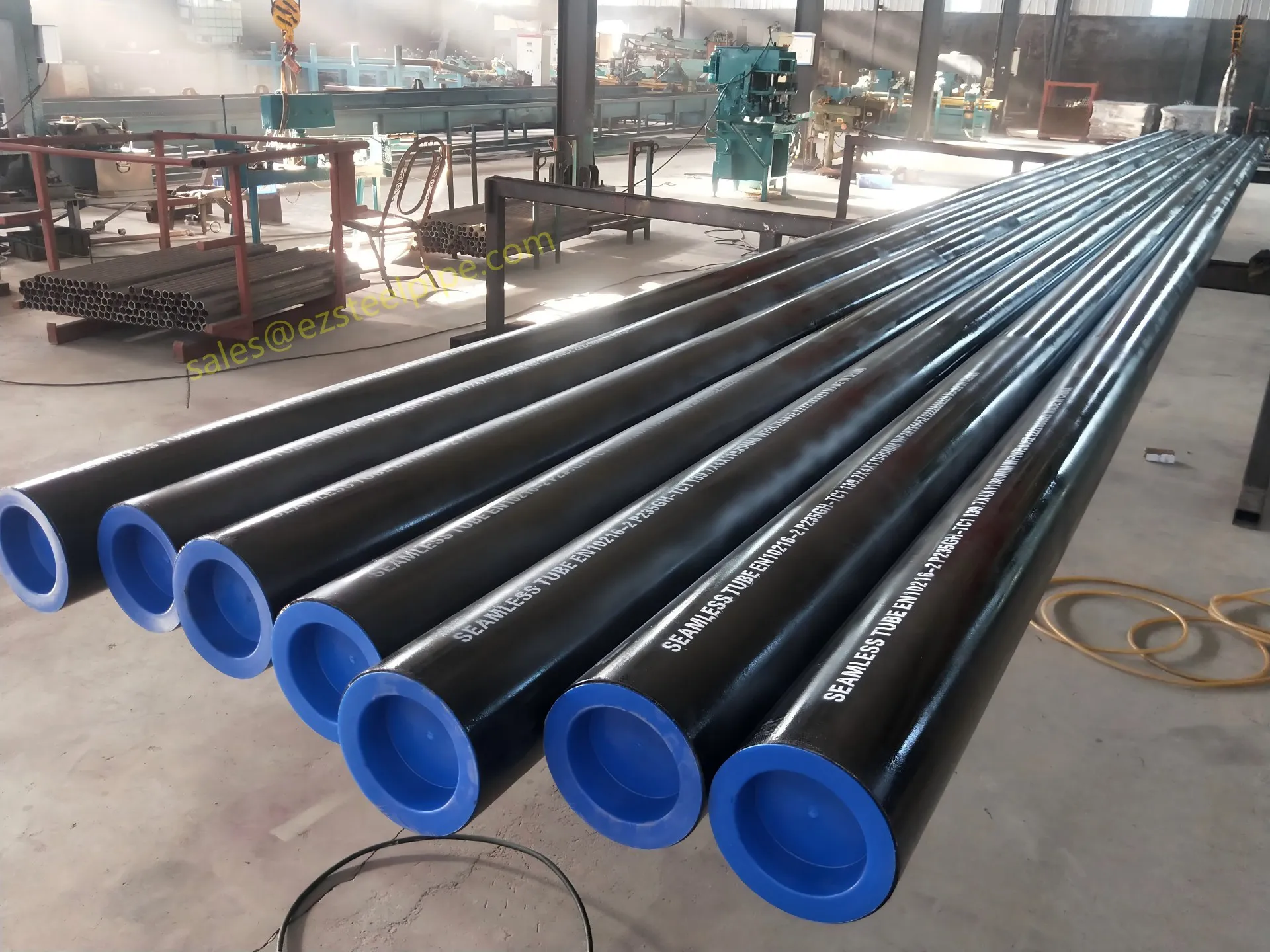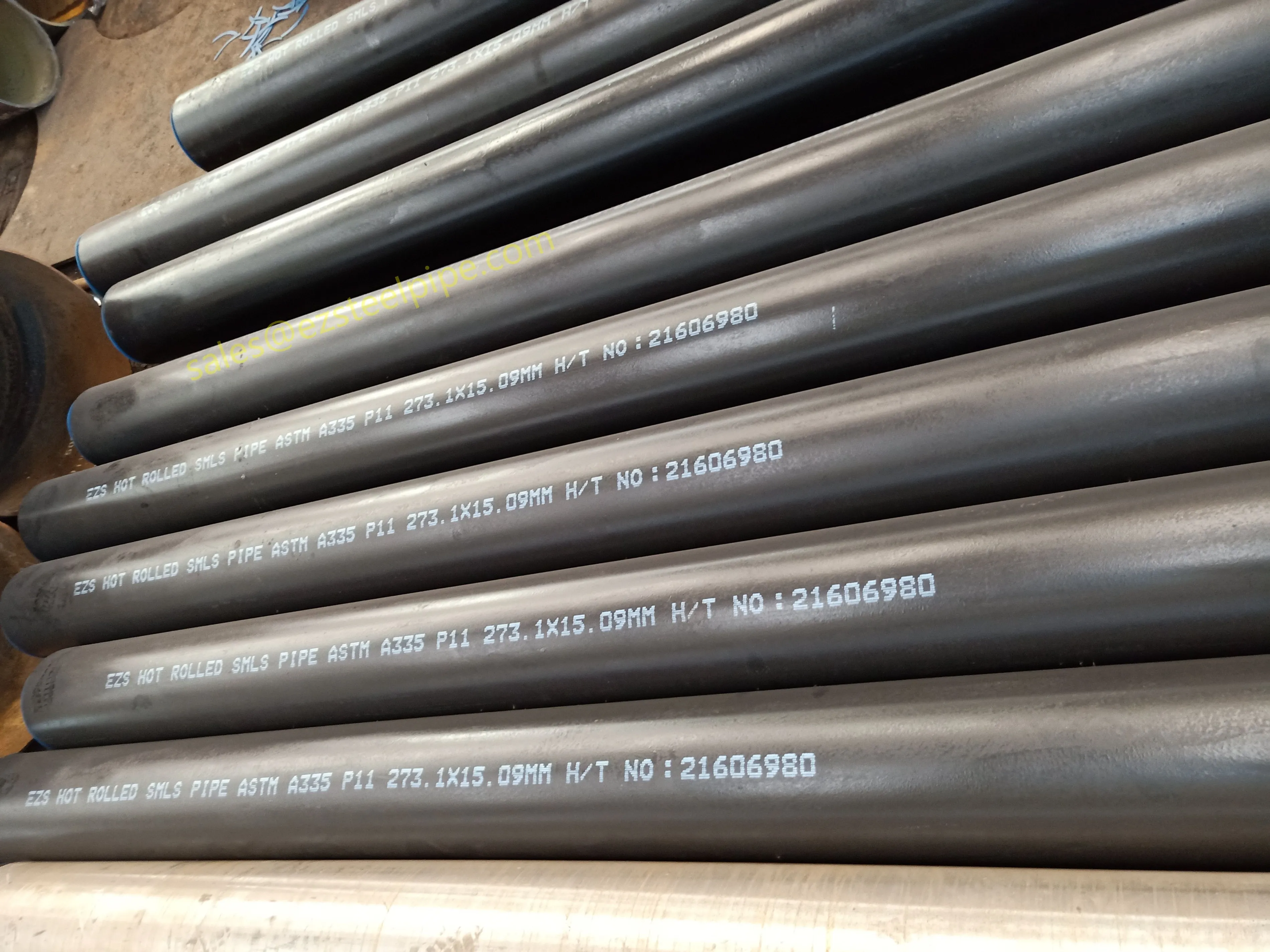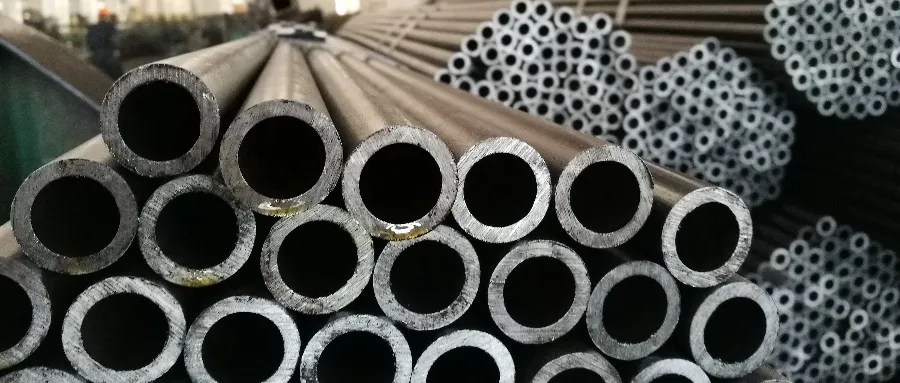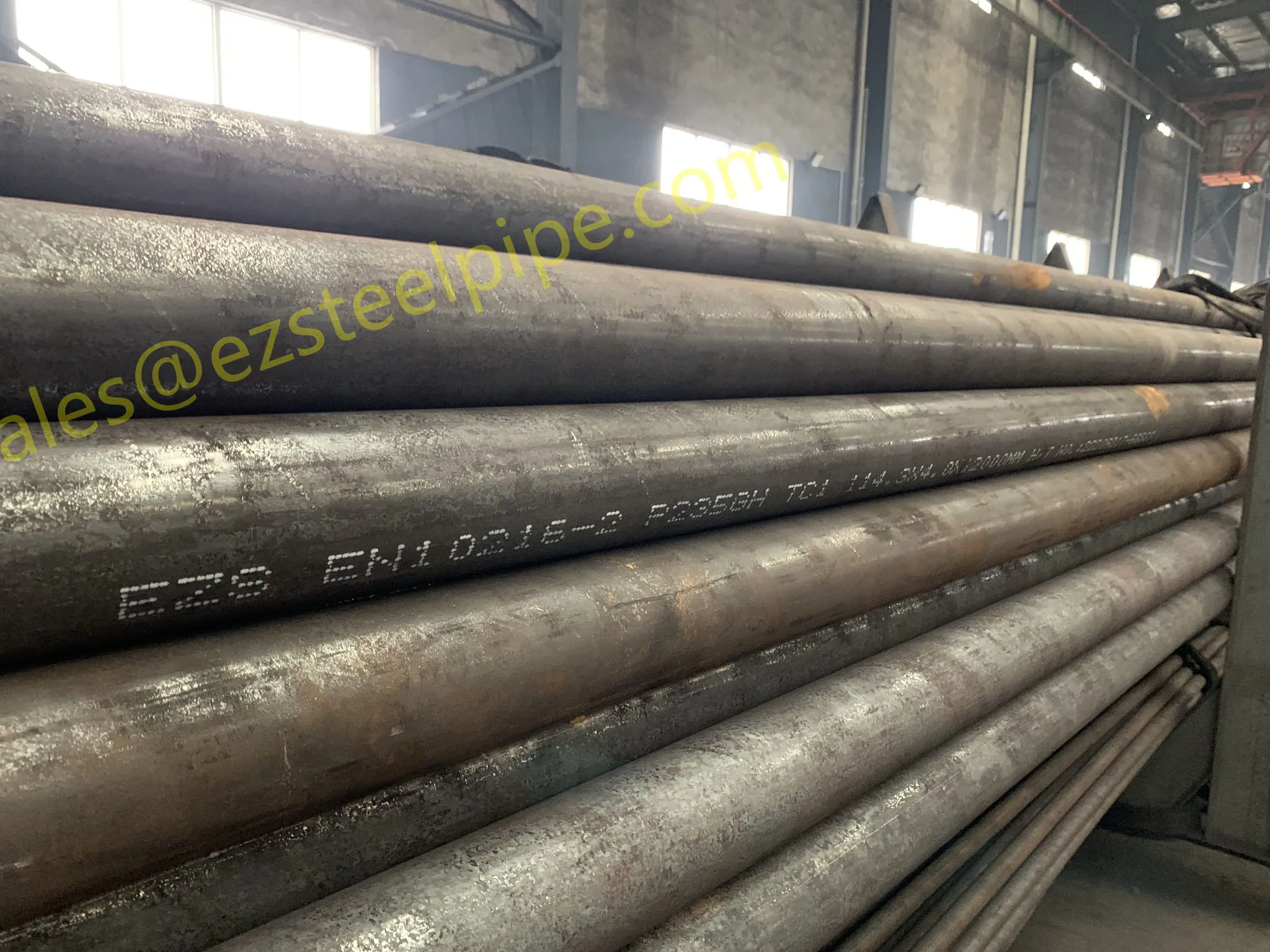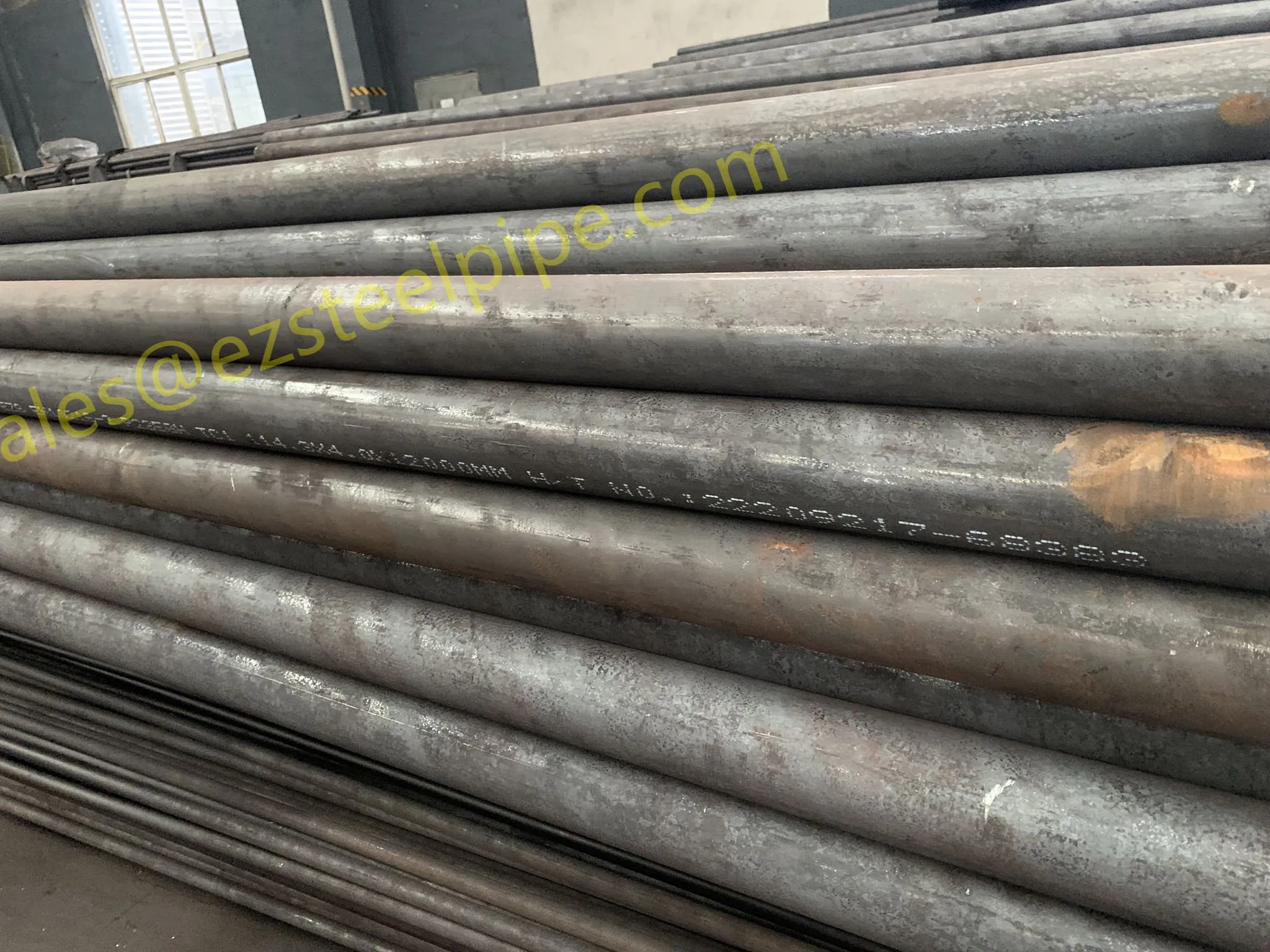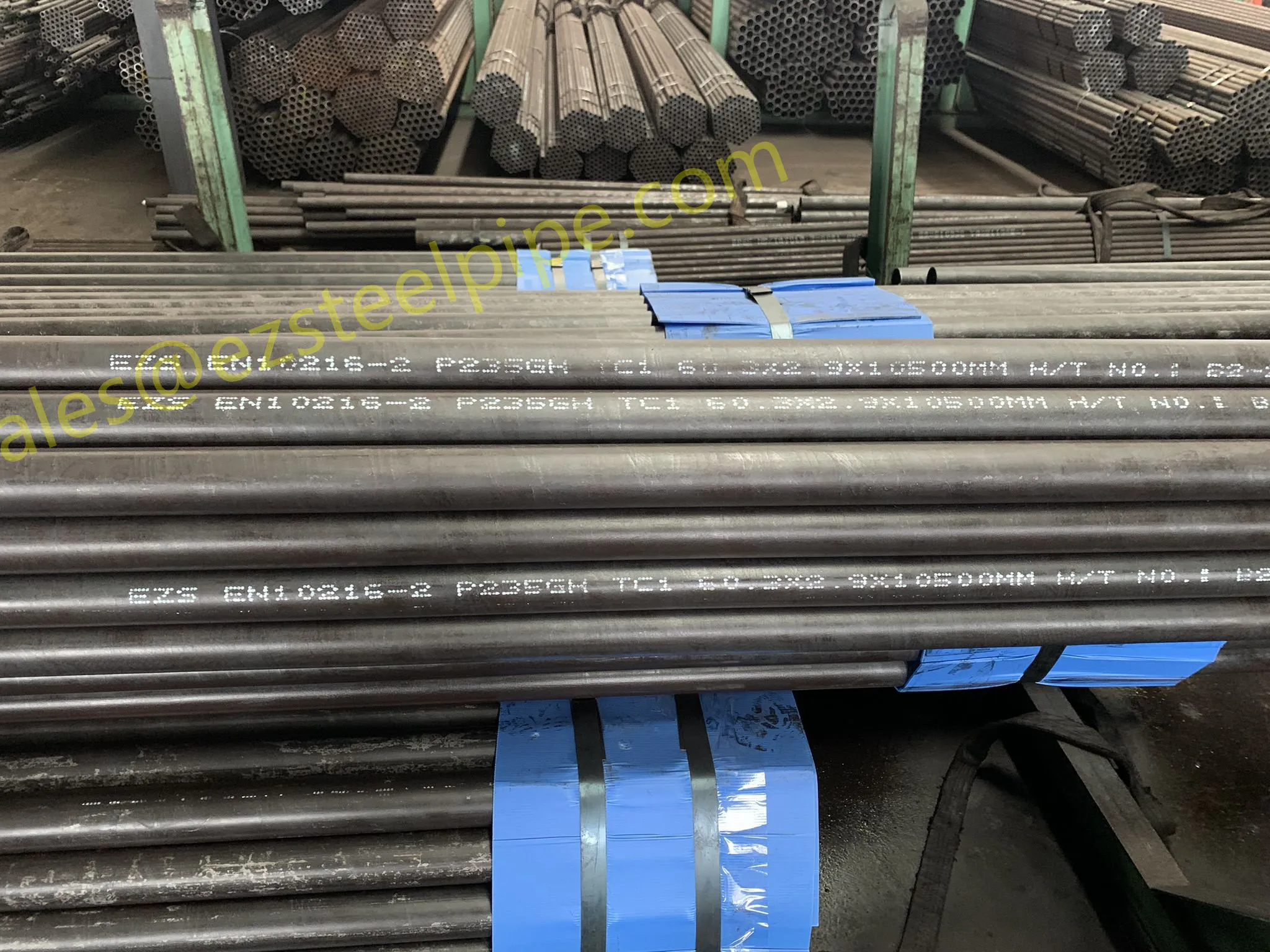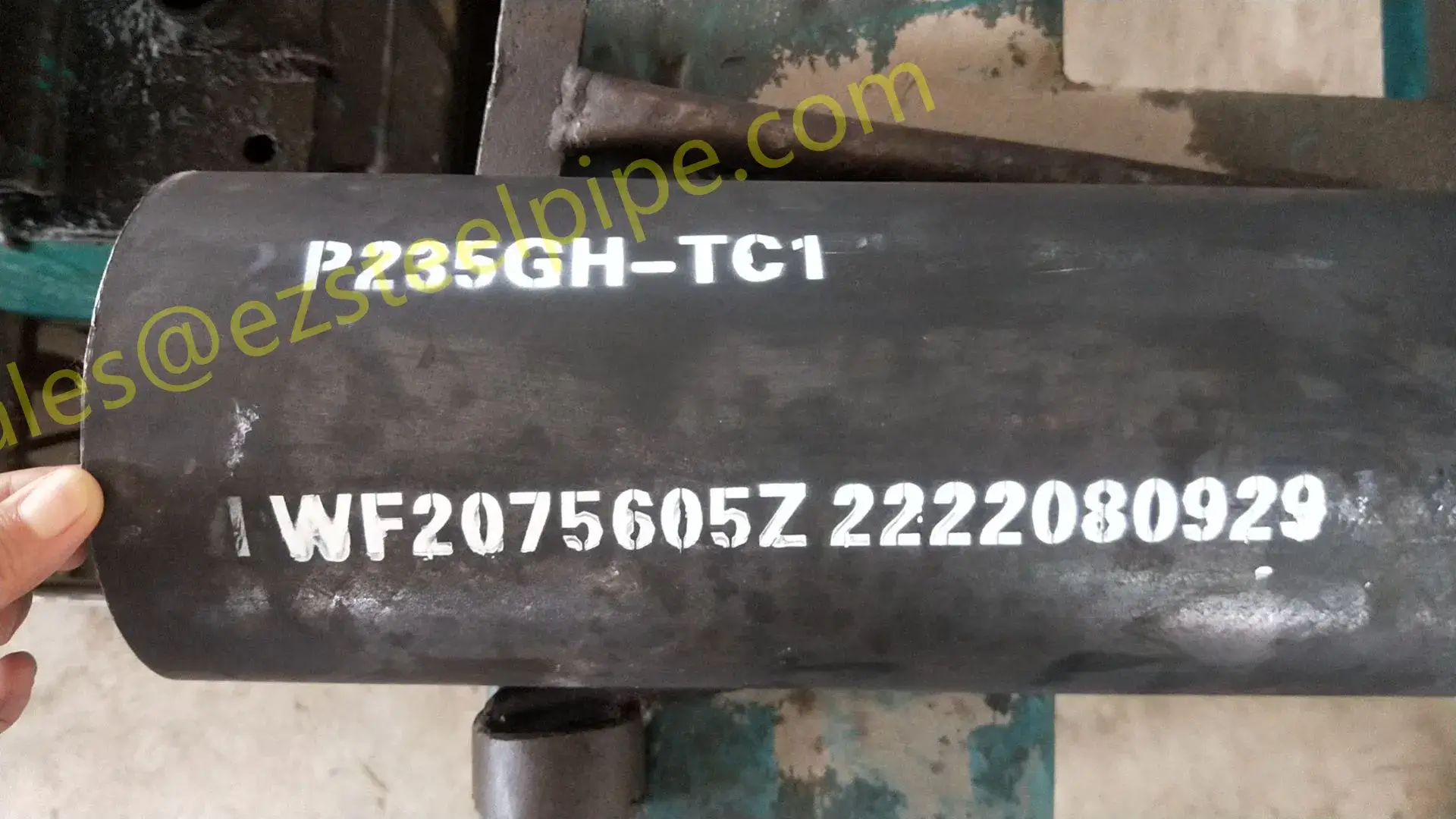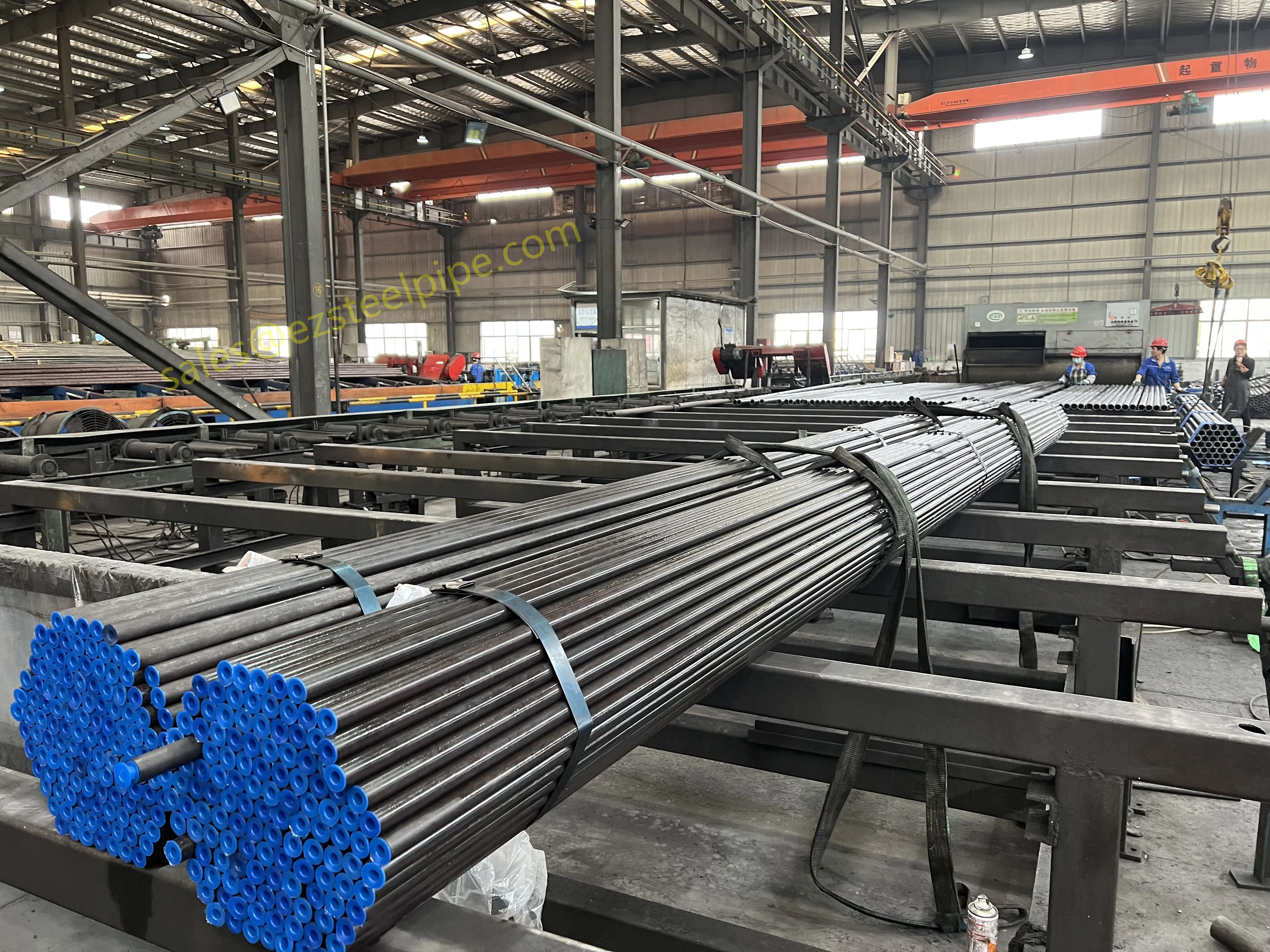When it comes to choosing pipes, "value" isn't just about the price tag. It's about balancing performance, durability, and cost over the long haul. Two names you'll often hear in this conversation are EN10208 steel pipe and carbon steel pipe. Both are workhorses, but they shine in different scenarios. In this article, we'll break down what makes each unique, compare their strengths and weaknesses, and help you figure out which one delivers better value for your specific project—whether you're tackling pipeline works, building a structure, or outfitting a high-pressure petrochemical facility.
First Things First: What Are We Actually Comparing?
First Things First: What Are We Actually Comparing?
Let's start with the basics. Carbon steel pipe is the old reliable—the kind you've probably seen in everything from water mains to structural supports. It's made primarily of iron and carbon, with small amounts of other elements like manganese or silicon thrown in for extra strength. Simple, versatile, and widely available, it's the go-to for many general-purpose jobs. You'll often see it referenced in standards like ASTM A53 (for low-pressure plumbing) or ASTM A106 (for higher-pressure applications like steam lines).
EN10208 steel pipe, on the other hand, is a more specialized player. Named after the European standard it adheres to (EN 10208), it's specifically designed for "steel pipes and tubes for pressure purposes." In plain English: this pipe is built to handle high pressure, extreme temperatures, and harsh environments—think petrochemical facilities, power plants, or even offshore drilling. Unlike generic carbon steel, EN10208 comes with strict manufacturing and testing requirements, ensuring it meets precise mechanical and chemical specs for safety-critical applications.
Under the Hood: Material Makeup and Mechanical Muscle
To really understand the difference, let's dive into what makes these pipes tick. Carbon steel's composition is straightforward: mostly iron, 0.05% to 2.0% carbon, and trace elements. This simplicity is part of its appeal—it's easy to produce, which keeps costs low. But it also means its properties are pretty standard: decent tensile strength (how much force it can take before breaking), moderate ductility (how much it can bend without cracking), and okay resistance to everyday wear and tear. For most pipeline works or structure works—like building a bridge or laying a water pipeline—this is more than enough.
EN10208 is a whole different beast. While it's still a type of carbon steel (or sometimes alloy steel), the standard dictates exacting requirements. For example, it might specify a minimum tensile strength of 400 MPa, a yield strength (the point where it starts to bend permanently) of 240 MPa, or strict limits on impurities like sulfur or phosphorus. These aren't just arbitrary numbers—they ensure the pipe can handle the intense pressure of, say, transporting superheated steam in a power plant or corrosive chemicals in a petrochemical facility. Some EN10208 pipes even include alloying elements like chromium or molybdenum to boost corrosion resistance or heat tolerance, making them pressure tubes you can trust in high-stakes environments.
Side-by-Side: The Key Differences That Matter
Feature
Carbon Steel Pipe (e.g., ASTM A53/A106)
EN10208 Steel Pipe
Primary Use Case
General pipeline works, structure works, low-to-moderate pressure applications
High-pressure systems, safety-critical environments (power plants, petrochemical facilities)
Pressure Rating
Up to ~100 bar (depending on size/wall thickness)
Up to 400+ bar (engineered for pressure tubes)
Corrosion Resistance
Basic (prone to rust in wet/chemical environments without coating)
Enhanced (may include alloys or special treatments for harsh conditions)
Cost (Per Meter, Approx.)
$10–$30 (varies by size/wall thickness)
$25–$80 (higher due to strict manufacturing/testing)
Compliance
General industry standards for non-critical use
European standard for pressure equipment (PED) compliance
Typical Applications
Water pipelines, structural supports, low-pressure gas lines
Steam lines in power plants, chemical transport in petrochemical facilities, offshore drilling
Corrosion Resistance: When the Environment Fights Back
Here's where things get real for long-term value: how well do these pipes stand up to the elements? Carbon steel, for all its perks, is no match for moisture, salt, or chemicals. Leave a carbon steel pipe exposed to rain or seawater, and you'll start seeing rust in no time. In pipeline works near the coast or in industrial areas with high humidity, this can mean frequent repairs or even early replacement. To combat this, many projects coat carbon steel pipes with paint, zinc, or epoxy—but that adds extra cost and maintenance work.
EN10208 pipes, especially those used in marine or petrochemical settings, often come with built-in defenses. Some are made with low-carbon, high-manganese alloys that resist rust better. Others might include small amounts of copper or nickel to fight off corrosion in saltwater. For example, an EN10208 pipe used in marine & ship-building might have a copper-nickel coating or meet specs like EEMUA 144 (a standard for copper-nickel pipes in seawater), making it far more durable in harsh environments. While this boosts the upfront cost, it slashes long-term maintenance—meaning you won't be replacing pipes every 5–10 years.
Applications: When to Choose Which Pipe
Let's get practical: when should you reach for carbon steel, and when is EN10208 the smarter pick? Start with carbon steel if your project is straightforward. Building a warehouse? Carbon steel's structure works capabilities make it perfect for supporting beams or framing. Laying a pipeline for municipal water? Carbon steel's low cost and availability will keep your budget in check. Even some low-pressure industrial uses—like transporting compressed air in a factory—are ideal for carbon steel. In these cases, the pipe doesn't need to withstand extreme pressure or corrosion, so why pay extra?
EN10208 is non-negotiable in high-stakes scenarios. Imagine running a petrochemical facility where a pipe failure could leak toxic chemicals or trigger an explosion. Or operating a power plant where a burst steam pipe could shut down the entire grid. In these cases, EN10208's pressure tubes certification isn't just a "nice-to-have"—it's a safety requirement. The same goes for marine & ship-building, where pipes must endure saltwater corrosion and constant vibration, or aerospace applications (though those often use more specialized alloys). EN10208 isn't just a pipe; it's peace of mind that your system can handle whatever you throw at it.
Value: It's About More Than the Price Tag
Let's talk money. Carbon steel is cheaper upfront—no question. You might pay $15 per meter for carbon steel vs. $40 per meter for EN10208. But value isn't just about what you pay today; it's about total cost of ownership. Let's say you're building a pipeline for a petrochemical facility. If you choose carbon steel to save $25/meter, but it corrodes and needs replacement in 10 years, you'll spend far more on labor, downtime, and new pipes than you saved initially. EN10208, with its 20–30 year lifespan in harsh environments, might cost more upfront, but it pays for itself in reliability.
On the flip side, overspending on EN10208 for a simple project is a waste. If your pipe only needs to carry water at 20 psi, the extra pressure resistance and corrosion features of EN10208 are just dead weight. Value here means matching the pipe to the job—no more, no less.
The Bottom Line: Which Offers Better Value?
So, back to the original question: EN10208 or carbon steel— which is the better value? The answer, as with most things in engineering, is "it depends." If your project is low-pressure, low-corrosion, and budget-sensitive, carbon steel is the clear winner. It's affordable, reliable, and gets the job done without frills. But if you're working in high-pressure, high-risk environments like petrochemical facilities, power plants, or marine settings, EN10208 is worth every penny. Its strict standards, durability, and safety features mean fewer headaches, lower long-term costs, and—most importantly—peace of mind.
Remember: value isn't just about saving money today. It's about investing in a pipe that will perform when you need it, last as long as possible, and keep your project (and people) safe. Whether you choose custom carbon steel pipe for a bridge or EN10208 pressure tubes for a refinery, the key is to start with your project's unique needs. Do that, and you'll never overpay—or under-protect—again.
EN10208 steel pipe, on the other hand, is a more specialized player. Named after the European standard it adheres to (EN 10208), it's specifically designed for "steel pipes and tubes for pressure purposes." In plain English: this pipe is built to handle high pressure, extreme temperatures, and harsh environments—think petrochemical facilities, power plants, or even offshore drilling. Unlike generic carbon steel, EN10208 comes with strict manufacturing and testing requirements, ensuring it meets precise mechanical and chemical specs for safety-critical applications.
Under the Hood: Material Makeup and Mechanical Muscle
Under the Hood: Material Makeup and Mechanical Muscle
To really understand the difference, let's dive into what makes these pipes tick. Carbon steel's composition is straightforward: mostly iron, 0.05% to 2.0% carbon, and trace elements. This simplicity is part of its appeal—it's easy to produce, which keeps costs low. But it also means its properties are pretty standard: decent tensile strength (how much force it can take before breaking), moderate ductility (how much it can bend without cracking), and okay resistance to everyday wear and tear. For most pipeline works or structure works—like building a bridge or laying a water pipeline—this is more than enough.
EN10208 is a whole different beast. While it's still a type of carbon steel (or sometimes alloy steel), the standard dictates exacting requirements. For example, it might specify a minimum tensile strength of 400 MPa, a yield strength (the point where it starts to bend permanently) of 240 MPa, or strict limits on impurities like sulfur or phosphorus. These aren't just arbitrary numbers—they ensure the pipe can handle the intense pressure of, say, transporting superheated steam in a power plant or corrosive chemicals in a petrochemical facility. Some EN10208 pipes even include alloying elements like chromium or molybdenum to boost corrosion resistance or heat tolerance, making them pressure tubes you can trust in high-stakes environments.
Side-by-Side: The Key Differences That Matter
Feature
Carbon Steel Pipe (e.g., ASTM A53/A106)
EN10208 Steel Pipe
Primary Use Case
General pipeline works, structure works, low-to-moderate pressure applications
High-pressure systems, safety-critical environments (power plants, petrochemical facilities)
Pressure Rating
Up to ~100 bar (depending on size/wall thickness)
Up to 400+ bar (engineered for pressure tubes)
Corrosion Resistance
Basic (prone to rust in wet/chemical environments without coating)
Enhanced (may include alloys or special treatments for harsh conditions)
Cost (Per Meter, Approx.)
$10–$30 (varies by size/wall thickness)
$25–$80 (higher due to strict manufacturing/testing)
Compliance
General industry standards for non-critical use
European standard for pressure equipment (PED) compliance
Typical Applications
Water pipelines, structural supports, low-pressure gas lines
Steam lines in power plants, chemical transport in petrochemical facilities, offshore drilling
Corrosion Resistance: When the Environment Fights Back
Here's where things get real for long-term value: how well do these pipes stand up to the elements? Carbon steel, for all its perks, is no match for moisture, salt, or chemicals. Leave a carbon steel pipe exposed to rain or seawater, and you'll start seeing rust in no time. In pipeline works near the coast or in industrial areas with high humidity, this can mean frequent repairs or even early replacement. To combat this, many projects coat carbon steel pipes with paint, zinc, or epoxy—but that adds extra cost and maintenance work.
EN10208 pipes, especially those used in marine or petrochemical settings, often come with built-in defenses. Some are made with low-carbon, high-manganese alloys that resist rust better. Others might include small amounts of copper or nickel to fight off corrosion in saltwater. For example, an EN10208 pipe used in marine & ship-building might have a copper-nickel coating or meet specs like EEMUA 144 (a standard for copper-nickel pipes in seawater), making it far more durable in harsh environments. While this boosts the upfront cost, it slashes long-term maintenance—meaning you won't be replacing pipes every 5–10 years.
Applications: When to Choose Which Pipe
Let's get practical: when should you reach for carbon steel, and when is EN10208 the smarter pick? Start with carbon steel if your project is straightforward. Building a warehouse? Carbon steel's structure works capabilities make it perfect for supporting beams or framing. Laying a pipeline for municipal water? Carbon steel's low cost and availability will keep your budget in check. Even some low-pressure industrial uses—like transporting compressed air in a factory—are ideal for carbon steel. In these cases, the pipe doesn't need to withstand extreme pressure or corrosion, so why pay extra?
EN10208 is non-negotiable in high-stakes scenarios. Imagine running a petrochemical facility where a pipe failure could leak toxic chemicals or trigger an explosion. Or operating a power plant where a burst steam pipe could shut down the entire grid. In these cases, EN10208's pressure tubes certification isn't just a "nice-to-have"—it's a safety requirement. The same goes for marine & ship-building, where pipes must endure saltwater corrosion and constant vibration, or aerospace applications (though those often use more specialized alloys). EN10208 isn't just a pipe; it's peace of mind that your system can handle whatever you throw at it.
Value: It's About More Than the Price Tag
Let's talk money. Carbon steel is cheaper upfront—no question. You might pay $15 per meter for carbon steel vs. $40 per meter for EN10208. But value isn't just about what you pay today; it's about total cost of ownership. Let's say you're building a pipeline for a petrochemical facility. If you choose carbon steel to save $25/meter, but it corrodes and needs replacement in 10 years, you'll spend far more on labor, downtime, and new pipes than you saved initially. EN10208, with its 20–30 year lifespan in harsh environments, might cost more upfront, but it pays for itself in reliability.
On the flip side, overspending on EN10208 for a simple project is a waste. If your pipe only needs to carry water at 20 psi, the extra pressure resistance and corrosion features of EN10208 are just dead weight. Value here means matching the pipe to the job—no more, no less.
The Bottom Line: Which Offers Better Value?
So, back to the original question: EN10208 or carbon steel— which is the better value? The answer, as with most things in engineering, is "it depends." If your project is low-pressure, low-corrosion, and budget-sensitive, carbon steel is the clear winner. It's affordable, reliable, and gets the job done without frills. But if you're working in high-pressure, high-risk environments like petrochemical facilities, power plants, or marine settings, EN10208 is worth every penny. Its strict standards, durability, and safety features mean fewer headaches, lower long-term costs, and—most importantly—peace of mind.
Remember: value isn't just about saving money today. It's about investing in a pipe that will perform when you need it, last as long as possible, and keep your project (and people) safe. Whether you choose custom carbon steel pipe for a bridge or EN10208 pressure tubes for a refinery, the key is to start with your project's unique needs. Do that, and you'll never overpay—or under-protect—again.
EN10208 is a whole different beast. While it's still a type of carbon steel (or sometimes alloy steel), the standard dictates exacting requirements. For example, it might specify a minimum tensile strength of 400 MPa, a yield strength (the point where it starts to bend permanently) of 240 MPa, or strict limits on impurities like sulfur or phosphorus. These aren't just arbitrary numbers—they ensure the pipe can handle the intense pressure of, say, transporting superheated steam in a power plant or corrosive chemicals in a petrochemical facility. Some EN10208 pipes even include alloying elements like chromium or molybdenum to boost corrosion resistance or heat tolerance, making them pressure tubes you can trust in high-stakes environments.
Side-by-Side: The Key Differences That Matter
Side-by-Side: The Key Differences That Matter
Feature
Carbon Steel Pipe (e.g., ASTM A53/A106)
EN10208 Steel Pipe
Primary Use Case
General pipeline works, structure works, low-to-moderate pressure applications
High-pressure systems, safety-critical environments (power plants, petrochemical facilities)
Pressure Rating
Up to ~100 bar (depending on size/wall thickness)
Up to 400+ bar (engineered for pressure tubes)
Corrosion Resistance
Basic (prone to rust in wet/chemical environments without coating)
Enhanced (may include alloys or special treatments for harsh conditions)
Cost (Per Meter, Approx.)
$10–$30 (varies by size/wall thickness)
$25–$80 (higher due to strict manufacturing/testing)
Compliance
General industry standards for non-critical use
European standard for pressure equipment (PED) compliance
Typical Applications
Water pipelines, structural supports, low-pressure gas lines
Steam lines in power plants, chemical transport in petrochemical facilities, offshore drilling
Corrosion Resistance: When the Environment Fights Back
Here's where things get real for long-term value: how well do these pipes stand up to the elements? Carbon steel, for all its perks, is no match for moisture, salt, or chemicals. Leave a carbon steel pipe exposed to rain or seawater, and you'll start seeing rust in no time. In pipeline works near the coast or in industrial areas with high humidity, this can mean frequent repairs or even early replacement. To combat this, many projects coat carbon steel pipes with paint, zinc, or epoxy—but that adds extra cost and maintenance work.
EN10208 pipes, especially those used in marine or petrochemical settings, often come with built-in defenses. Some are made with low-carbon, high-manganese alloys that resist rust better. Others might include small amounts of copper or nickel to fight off corrosion in saltwater. For example, an EN10208 pipe used in marine & ship-building might have a copper-nickel coating or meet specs like EEMUA 144 (a standard for copper-nickel pipes in seawater), making it far more durable in harsh environments. While this boosts the upfront cost, it slashes long-term maintenance—meaning you won't be replacing pipes every 5–10 years.
Applications: When to Choose Which Pipe
Let's get practical: when should you reach for carbon steel, and when is EN10208 the smarter pick? Start with carbon steel if your project is straightforward. Building a warehouse? Carbon steel's structure works capabilities make it perfect for supporting beams or framing. Laying a pipeline for municipal water? Carbon steel's low cost and availability will keep your budget in check. Even some low-pressure industrial uses—like transporting compressed air in a factory—are ideal for carbon steel. In these cases, the pipe doesn't need to withstand extreme pressure or corrosion, so why pay extra?
EN10208 is non-negotiable in high-stakes scenarios. Imagine running a petrochemical facility where a pipe failure could leak toxic chemicals or trigger an explosion. Or operating a power plant where a burst steam pipe could shut down the entire grid. In these cases, EN10208's pressure tubes certification isn't just a "nice-to-have"—it's a safety requirement. The same goes for marine & ship-building, where pipes must endure saltwater corrosion and constant vibration, or aerospace applications (though those often use more specialized alloys). EN10208 isn't just a pipe; it's peace of mind that your system can handle whatever you throw at it.
Value: It's About More Than the Price Tag
Let's talk money. Carbon steel is cheaper upfront—no question. You might pay $15 per meter for carbon steel vs. $40 per meter for EN10208. But value isn't just about what you pay today; it's about total cost of ownership. Let's say you're building a pipeline for a petrochemical facility. If you choose carbon steel to save $25/meter, but it corrodes and needs replacement in 10 years, you'll spend far more on labor, downtime, and new pipes than you saved initially. EN10208, with its 20–30 year lifespan in harsh environments, might cost more upfront, but it pays for itself in reliability.
On the flip side, overspending on EN10208 for a simple project is a waste. If your pipe only needs to carry water at 20 psi, the extra pressure resistance and corrosion features of EN10208 are just dead weight. Value here means matching the pipe to the job—no more, no less.
The Bottom Line: Which Offers Better Value?
So, back to the original question: EN10208 or carbon steel— which is the better value? The answer, as with most things in engineering, is "it depends." If your project is low-pressure, low-corrosion, and budget-sensitive, carbon steel is the clear winner. It's affordable, reliable, and gets the job done without frills. But if you're working in high-pressure, high-risk environments like petrochemical facilities, power plants, or marine settings, EN10208 is worth every penny. Its strict standards, durability, and safety features mean fewer headaches, lower long-term costs, and—most importantly—peace of mind.
Remember: value isn't just about saving money today. It's about investing in a pipe that will perform when you need it, last as long as possible, and keep your project (and people) safe. Whether you choose custom carbon steel pipe for a bridge or EN10208 pressure tubes for a refinery, the key is to start with your project's unique needs. Do that, and you'll never overpay—or under-protect—again.
| Feature | Carbon Steel Pipe (e.g., ASTM A53/A106) | EN10208 Steel Pipe |
|---|---|---|
| Primary Use Case | General pipeline works, structure works, low-to-moderate pressure applications | High-pressure systems, safety-critical environments (power plants, petrochemical facilities) |
| Pressure Rating | Up to ~100 bar (depending on size/wall thickness) | Up to 400+ bar (engineered for pressure tubes) |
| Corrosion Resistance | Basic (prone to rust in wet/chemical environments without coating) | Enhanced (may include alloys or special treatments for harsh conditions) |
| Cost (Per Meter, Approx.) | $10–$30 (varies by size/wall thickness) | $25–$80 (higher due to strict manufacturing/testing) |
| Compliance | General industry standards for non-critical use | European standard for pressure equipment (PED) compliance |
| Typical Applications | Water pipelines, structural supports, low-pressure gas lines | Steam lines in power plants, chemical transport in petrochemical facilities, offshore drilling |
Corrosion Resistance: When the Environment Fights Back
Here's where things get real for long-term value: how well do these pipes stand up to the elements? Carbon steel, for all its perks, is no match for moisture, salt, or chemicals. Leave a carbon steel pipe exposed to rain or seawater, and you'll start seeing rust in no time. In pipeline works near the coast or in industrial areas with high humidity, this can mean frequent repairs or even early replacement. To combat this, many projects coat carbon steel pipes with paint, zinc, or epoxy—but that adds extra cost and maintenance work.
EN10208 pipes, especially those used in marine or petrochemical settings, often come with built-in defenses. Some are made with low-carbon, high-manganese alloys that resist rust better. Others might include small amounts of copper or nickel to fight off corrosion in saltwater. For example, an EN10208 pipe used in marine & ship-building might have a copper-nickel coating or meet specs like EEMUA 144 (a standard for copper-nickel pipes in seawater), making it far more durable in harsh environments. While this boosts the upfront cost, it slashes long-term maintenance—meaning you won't be replacing pipes every 5–10 years.
Applications: When to Choose Which Pipe
Let's get practical: when should you reach for carbon steel, and when is EN10208 the smarter pick? Start with carbon steel if your project is straightforward. Building a warehouse? Carbon steel's structure works capabilities make it perfect for supporting beams or framing. Laying a pipeline for municipal water? Carbon steel's low cost and availability will keep your budget in check. Even some low-pressure industrial uses—like transporting compressed air in a factory—are ideal for carbon steel. In these cases, the pipe doesn't need to withstand extreme pressure or corrosion, so why pay extra?
EN10208 is non-negotiable in high-stakes scenarios. Imagine running a petrochemical facility where a pipe failure could leak toxic chemicals or trigger an explosion. Or operating a power plant where a burst steam pipe could shut down the entire grid. In these cases, EN10208's pressure tubes certification isn't just a "nice-to-have"—it's a safety requirement. The same goes for marine & ship-building, where pipes must endure saltwater corrosion and constant vibration, or aerospace applications (though those often use more specialized alloys). EN10208 isn't just a pipe; it's peace of mind that your system can handle whatever you throw at it.
Value: It's About More Than the Price Tag
Let's talk money. Carbon steel is cheaper upfront—no question. You might pay $15 per meter for carbon steel vs. $40 per meter for EN10208. But value isn't just about what you pay today; it's about total cost of ownership. Let's say you're building a pipeline for a petrochemical facility. If you choose carbon steel to save $25/meter, but it corrodes and needs replacement in 10 years, you'll spend far more on labor, downtime, and new pipes than you saved initially. EN10208, with its 20–30 year lifespan in harsh environments, might cost more upfront, but it pays for itself in reliability.
On the flip side, overspending on EN10208 for a simple project is a waste. If your pipe only needs to carry water at 20 psi, the extra pressure resistance and corrosion features of EN10208 are just dead weight. Value here means matching the pipe to the job—no more, no less.
The Bottom Line: Which Offers Better Value?
So, back to the original question: EN10208 or carbon steel— which is the better value? The answer, as with most things in engineering, is "it depends." If your project is low-pressure, low-corrosion, and budget-sensitive, carbon steel is the clear winner. It's affordable, reliable, and gets the job done without frills. But if you're working in high-pressure, high-risk environments like petrochemical facilities, power plants, or marine settings, EN10208 is worth every penny. Its strict standards, durability, and safety features mean fewer headaches, lower long-term costs, and—most importantly—peace of mind.
Remember: value isn't just about saving money today. It's about investing in a pipe that will perform when you need it, last as long as possible, and keep your project (and people) safe. Whether you choose custom carbon steel pipe for a bridge or EN10208 pressure tubes for a refinery, the key is to start with your project's unique needs. Do that, and you'll never overpay—or under-protect—again.
EN10208 pipes, especially those used in marine or petrochemical settings, often come with built-in defenses. Some are made with low-carbon, high-manganese alloys that resist rust better. Others might include small amounts of copper or nickel to fight off corrosion in saltwater. For example, an EN10208 pipe used in marine & ship-building might have a copper-nickel coating or meet specs like EEMUA 144 (a standard for copper-nickel pipes in seawater), making it far more durable in harsh environments. While this boosts the upfront cost, it slashes long-term maintenance—meaning you won't be replacing pipes every 5–10 years.
Applications: When to Choose Which Pipe
Applications: When to Choose Which Pipe
Let's get practical: when should you reach for carbon steel, and when is EN10208 the smarter pick? Start with carbon steel if your project is straightforward. Building a warehouse? Carbon steel's structure works capabilities make it perfect for supporting beams or framing. Laying a pipeline for municipal water? Carbon steel's low cost and availability will keep your budget in check. Even some low-pressure industrial uses—like transporting compressed air in a factory—are ideal for carbon steel. In these cases, the pipe doesn't need to withstand extreme pressure or corrosion, so why pay extra?
EN10208 is non-negotiable in high-stakes scenarios. Imagine running a petrochemical facility where a pipe failure could leak toxic chemicals or trigger an explosion. Or operating a power plant where a burst steam pipe could shut down the entire grid. In these cases, EN10208's pressure tubes certification isn't just a "nice-to-have"—it's a safety requirement. The same goes for marine & ship-building, where pipes must endure saltwater corrosion and constant vibration, or aerospace applications (though those often use more specialized alloys). EN10208 isn't just a pipe; it's peace of mind that your system can handle whatever you throw at it.
Value: It's About More Than the Price Tag
Let's talk money. Carbon steel is cheaper upfront—no question. You might pay $15 per meter for carbon steel vs. $40 per meter for EN10208. But value isn't just about what you pay today; it's about total cost of ownership. Let's say you're building a pipeline for a petrochemical facility. If you choose carbon steel to save $25/meter, but it corrodes and needs replacement in 10 years, you'll spend far more on labor, downtime, and new pipes than you saved initially. EN10208, with its 20–30 year lifespan in harsh environments, might cost more upfront, but it pays for itself in reliability.
On the flip side, overspending on EN10208 for a simple project is a waste. If your pipe only needs to carry water at 20 psi, the extra pressure resistance and corrosion features of EN10208 are just dead weight. Value here means matching the pipe to the job—no more, no less.
The Bottom Line: Which Offers Better Value?
So, back to the original question: EN10208 or carbon steel— which is the better value? The answer, as with most things in engineering, is "it depends." If your project is low-pressure, low-corrosion, and budget-sensitive, carbon steel is the clear winner. It's affordable, reliable, and gets the job done without frills. But if you're working in high-pressure, high-risk environments like petrochemical facilities, power plants, or marine settings, EN10208 is worth every penny. Its strict standards, durability, and safety features mean fewer headaches, lower long-term costs, and—most importantly—peace of mind.
Remember: value isn't just about saving money today. It's about investing in a pipe that will perform when you need it, last as long as possible, and keep your project (and people) safe. Whether you choose custom carbon steel pipe for a bridge or EN10208 pressure tubes for a refinery, the key is to start with your project's unique needs. Do that, and you'll never overpay—or under-protect—again.
EN10208 is non-negotiable in high-stakes scenarios. Imagine running a petrochemical facility where a pipe failure could leak toxic chemicals or trigger an explosion. Or operating a power plant where a burst steam pipe could shut down the entire grid. In these cases, EN10208's pressure tubes certification isn't just a "nice-to-have"—it's a safety requirement. The same goes for marine & ship-building, where pipes must endure saltwater corrosion and constant vibration, or aerospace applications (though those often use more specialized alloys). EN10208 isn't just a pipe; it's peace of mind that your system can handle whatever you throw at it.
Value: It's About More Than the Price Tag
Value: It's About More Than the Price Tag
Let's talk money. Carbon steel is cheaper upfront—no question. You might pay $15 per meter for carbon steel vs. $40 per meter for EN10208. But value isn't just about what you pay today; it's about total cost of ownership. Let's say you're building a pipeline for a petrochemical facility. If you choose carbon steel to save $25/meter, but it corrodes and needs replacement in 10 years, you'll spend far more on labor, downtime, and new pipes than you saved initially. EN10208, with its 20–30 year lifespan in harsh environments, might cost more upfront, but it pays for itself in reliability.
On the flip side, overspending on EN10208 for a simple project is a waste. If your pipe only needs to carry water at 20 psi, the extra pressure resistance and corrosion features of EN10208 are just dead weight. Value here means matching the pipe to the job—no more, no less.
The Bottom Line: Which Offers Better Value?
So, back to the original question: EN10208 or carbon steel— which is the better value? The answer, as with most things in engineering, is "it depends." If your project is low-pressure, low-corrosion, and budget-sensitive, carbon steel is the clear winner. It's affordable, reliable, and gets the job done without frills. But if you're working in high-pressure, high-risk environments like petrochemical facilities, power plants, or marine settings, EN10208 is worth every penny. Its strict standards, durability, and safety features mean fewer headaches, lower long-term costs, and—most importantly—peace of mind.
Remember: value isn't just about saving money today. It's about investing in a pipe that will perform when you need it, last as long as possible, and keep your project (and people) safe. Whether you choose custom carbon steel pipe for a bridge or EN10208 pressure tubes for a refinery, the key is to start with your project's unique needs. Do that, and you'll never overpay—or under-protect—again.
On the flip side, overspending on EN10208 for a simple project is a waste. If your pipe only needs to carry water at 20 psi, the extra pressure resistance and corrosion features of EN10208 are just dead weight. Value here means matching the pipe to the job—no more, no less.
The Bottom Line: Which Offers Better Value?
The Bottom Line: Which Offers Better Value?
So, back to the original question: EN10208 or carbon steel— which is the better value? The answer, as with most things in engineering, is "it depends." If your project is low-pressure, low-corrosion, and budget-sensitive, carbon steel is the clear winner. It's affordable, reliable, and gets the job done without frills. But if you're working in high-pressure, high-risk environments like petrochemical facilities, power plants, or marine settings, EN10208 is worth every penny. Its strict standards, durability, and safety features mean fewer headaches, lower long-term costs, and—most importantly—peace of mind.
Remember: value isn't just about saving money today. It's about investing in a pipe that will perform when you need it, last as long as possible, and keep your project (and people) safe. Whether you choose custom carbon steel pipe for a bridge or EN10208 pressure tubes for a refinery, the key is to start with your project's unique needs. Do that, and you'll never overpay—or under-protect—again.
Remember: value isn't just about saving money today. It's about investing in a pipe that will perform when you need it, last as long as possible, and keep your project (and people) safe. Whether you choose custom carbon steel pipe for a bridge or EN10208 pressure tubes for a refinery, the key is to start with your project's unique needs. Do that, and you'll never overpay—or under-protect—again.
 export@ezsteelpipe.com
export@ezsteelpipe.com +86 731 8870 6116
+86 731 8870 6116






 Related Products
Related Products

